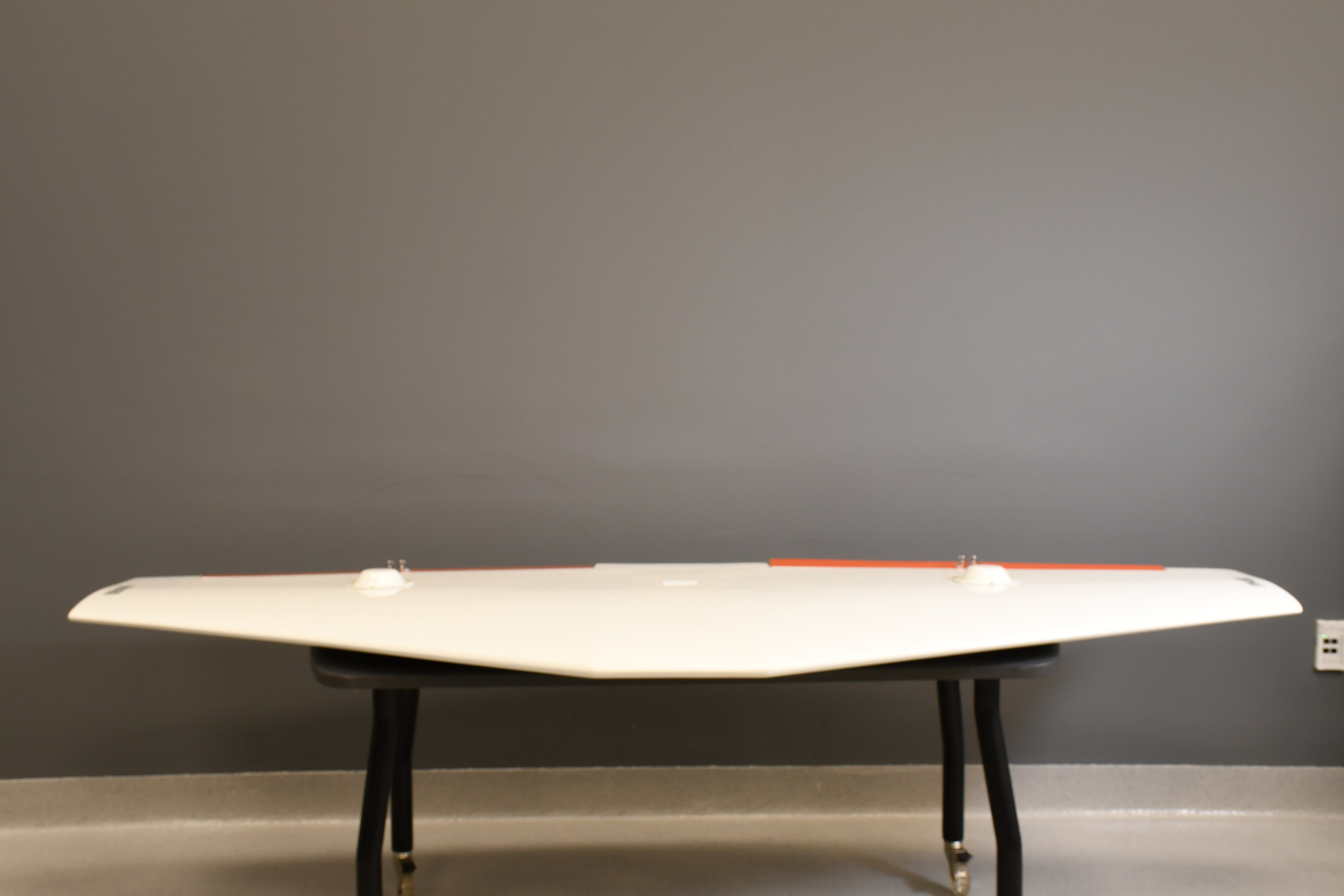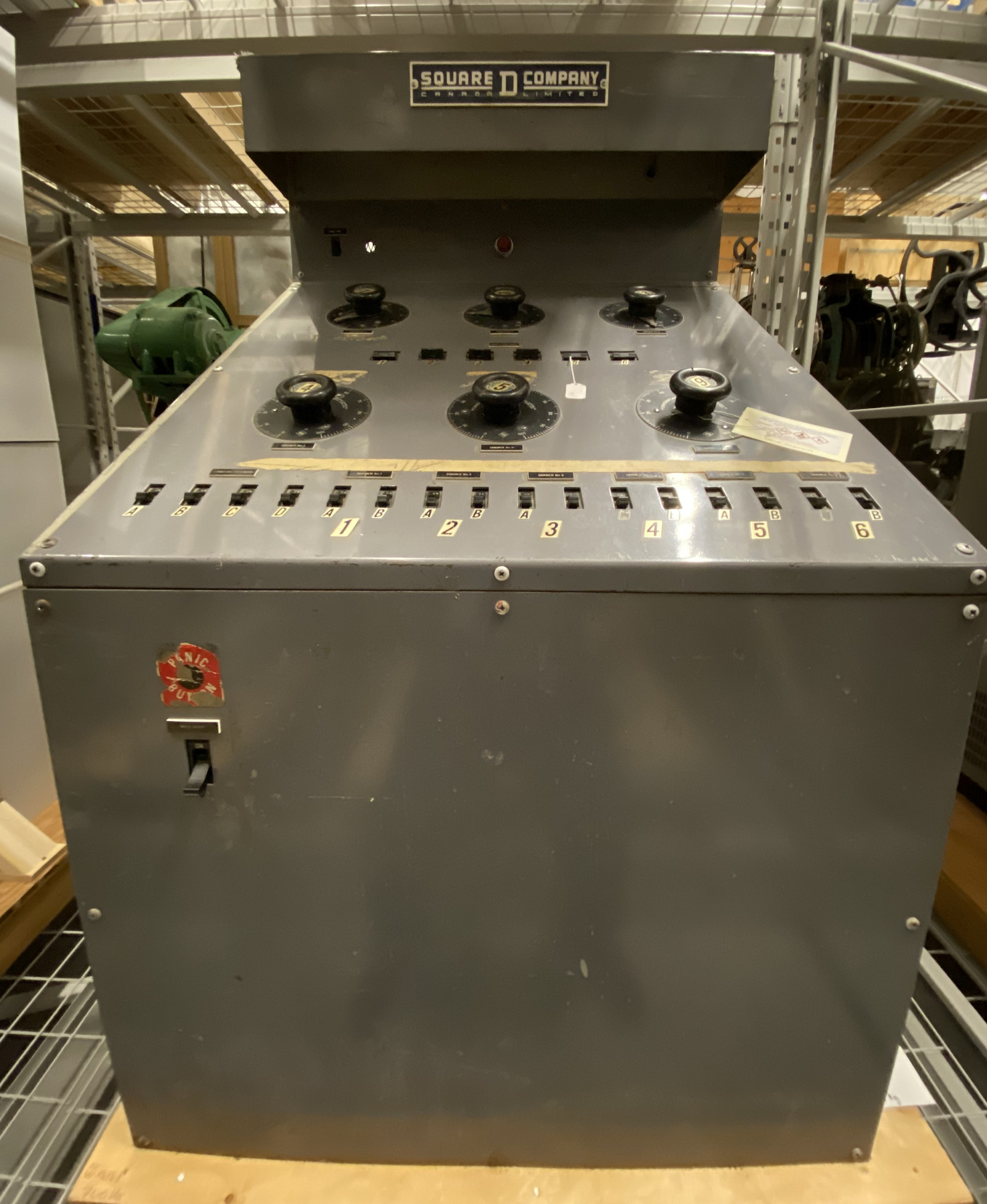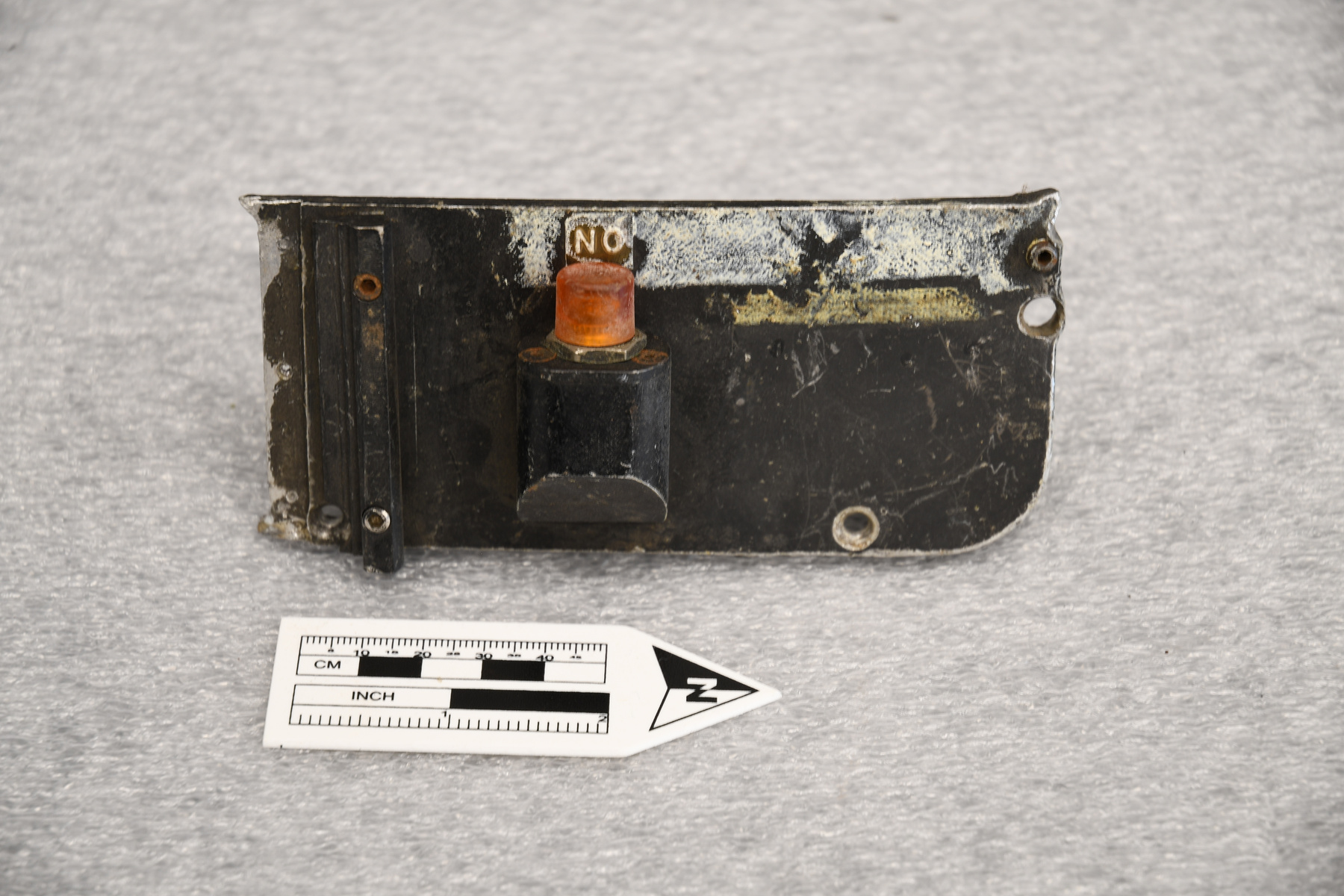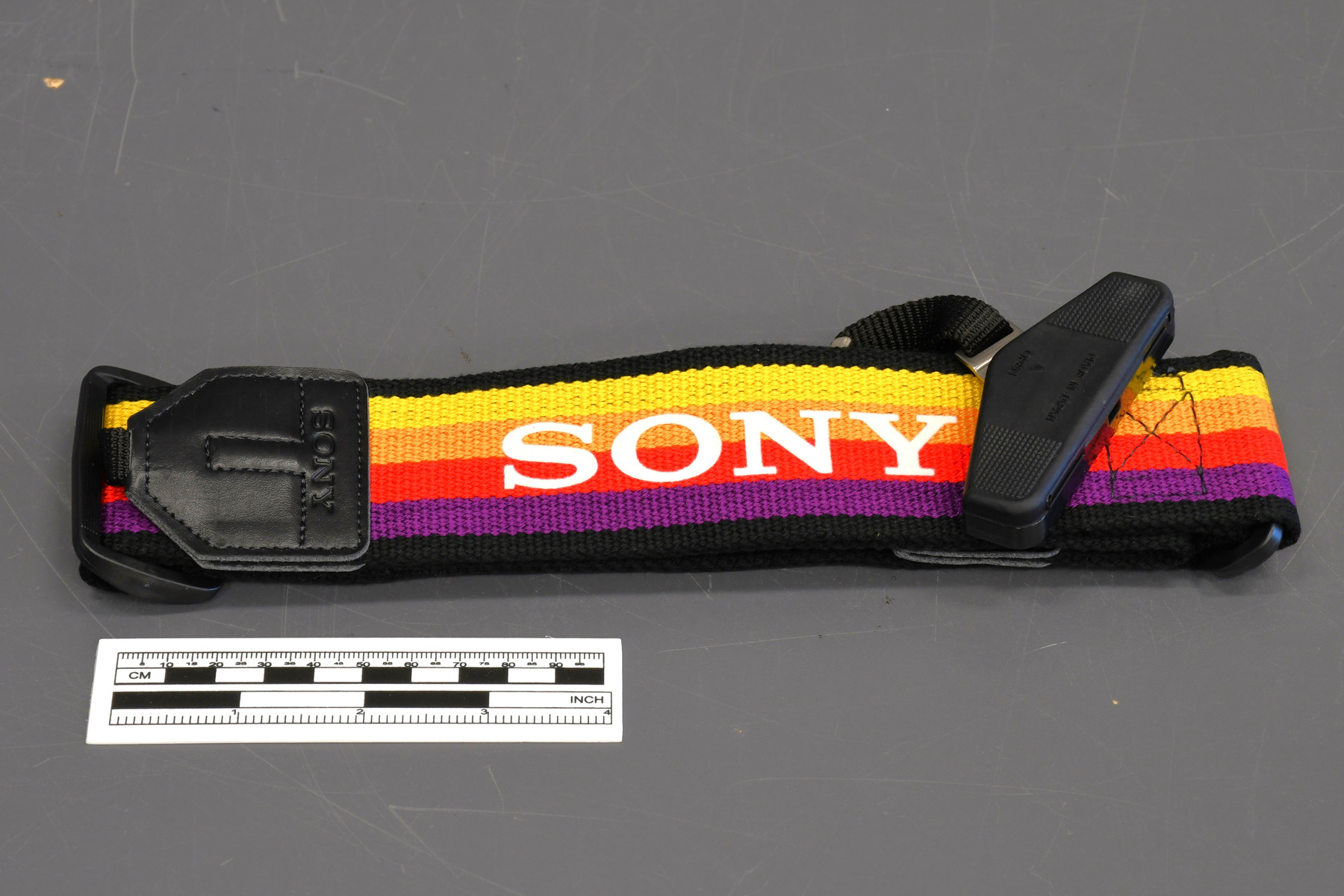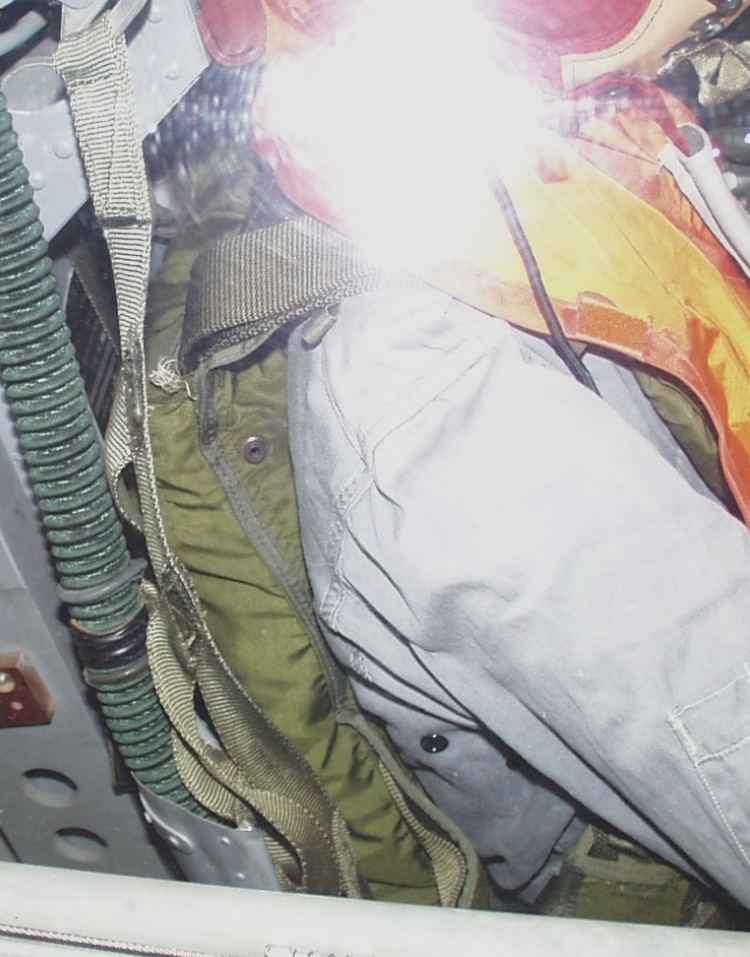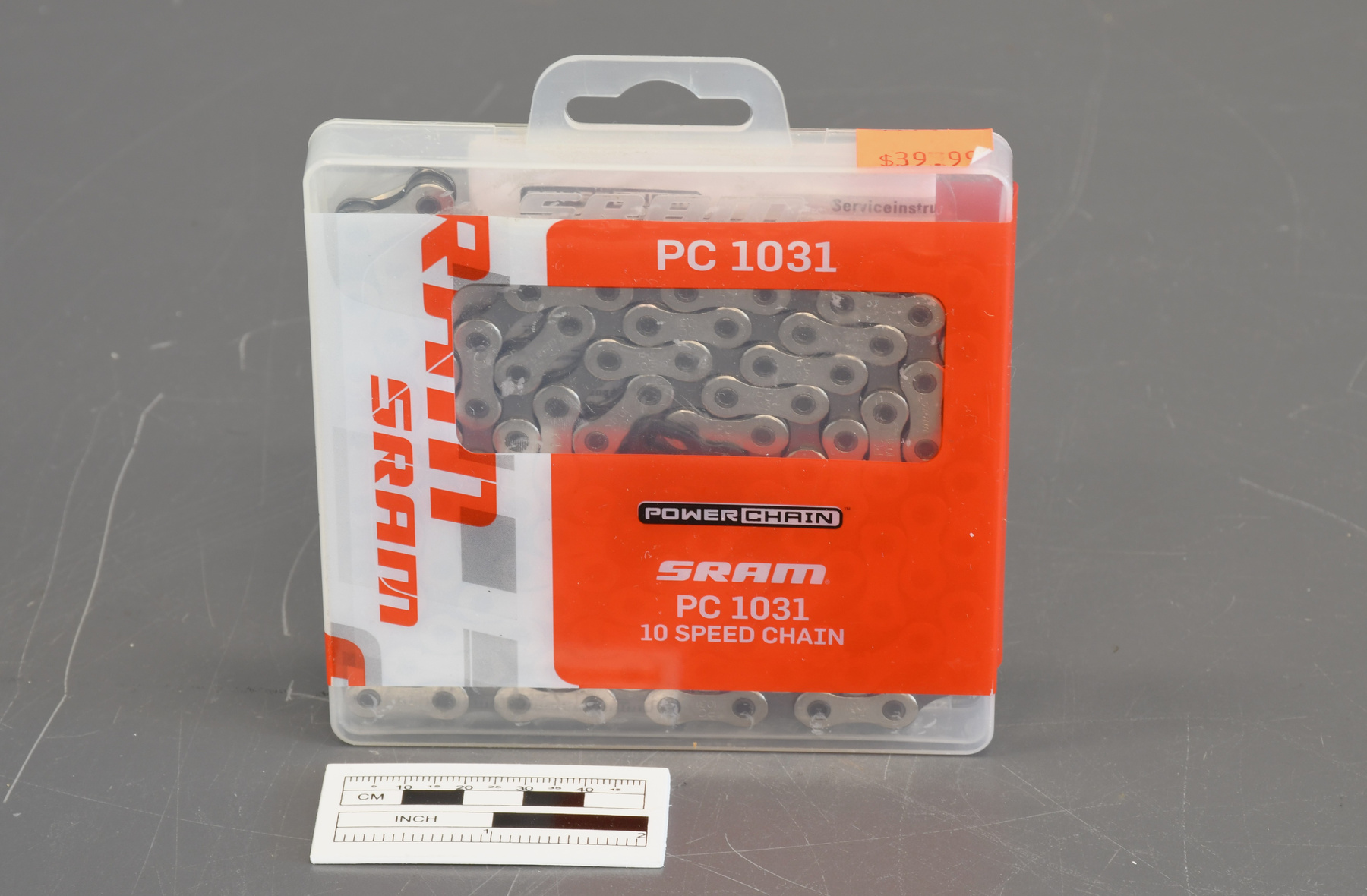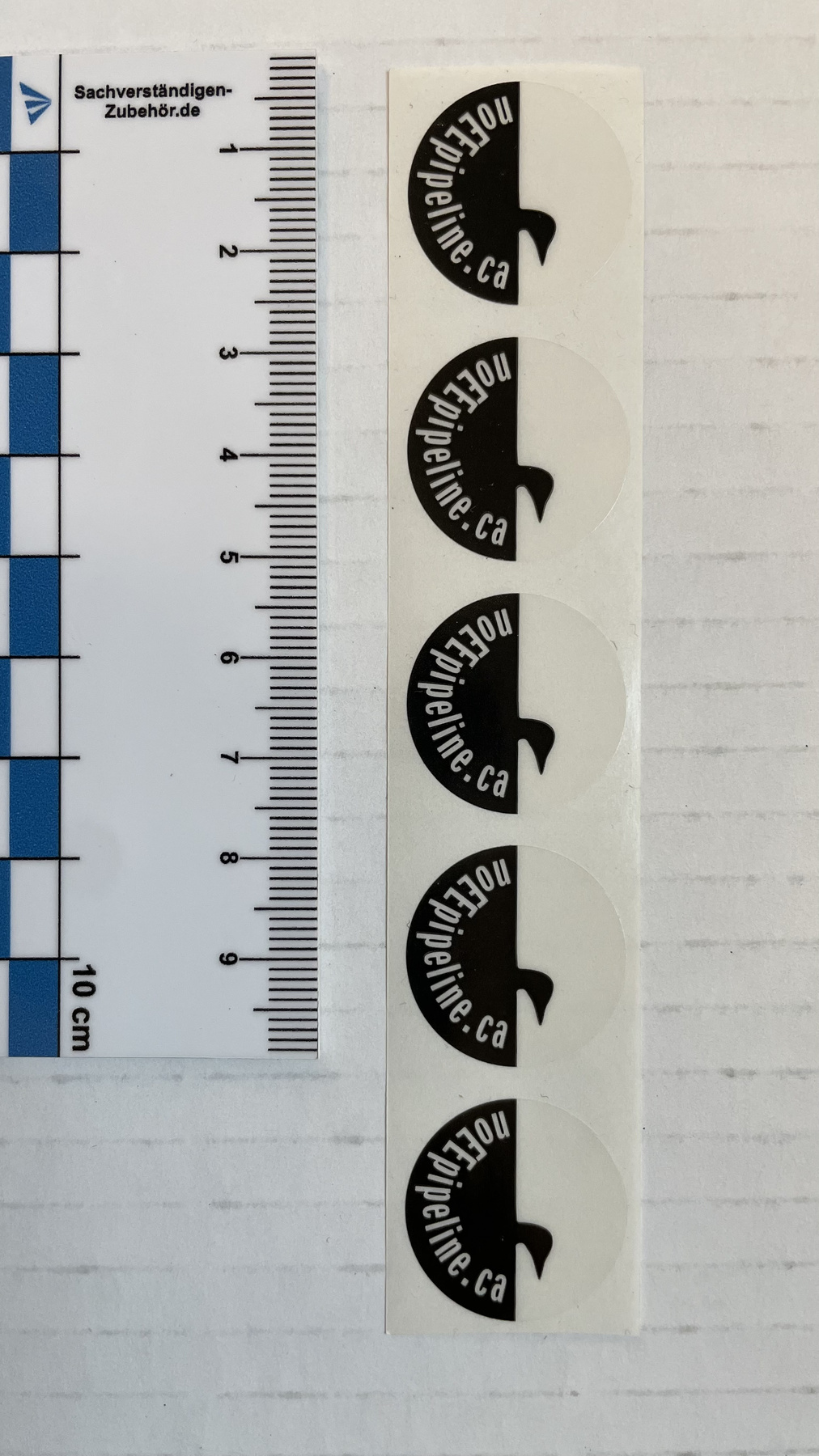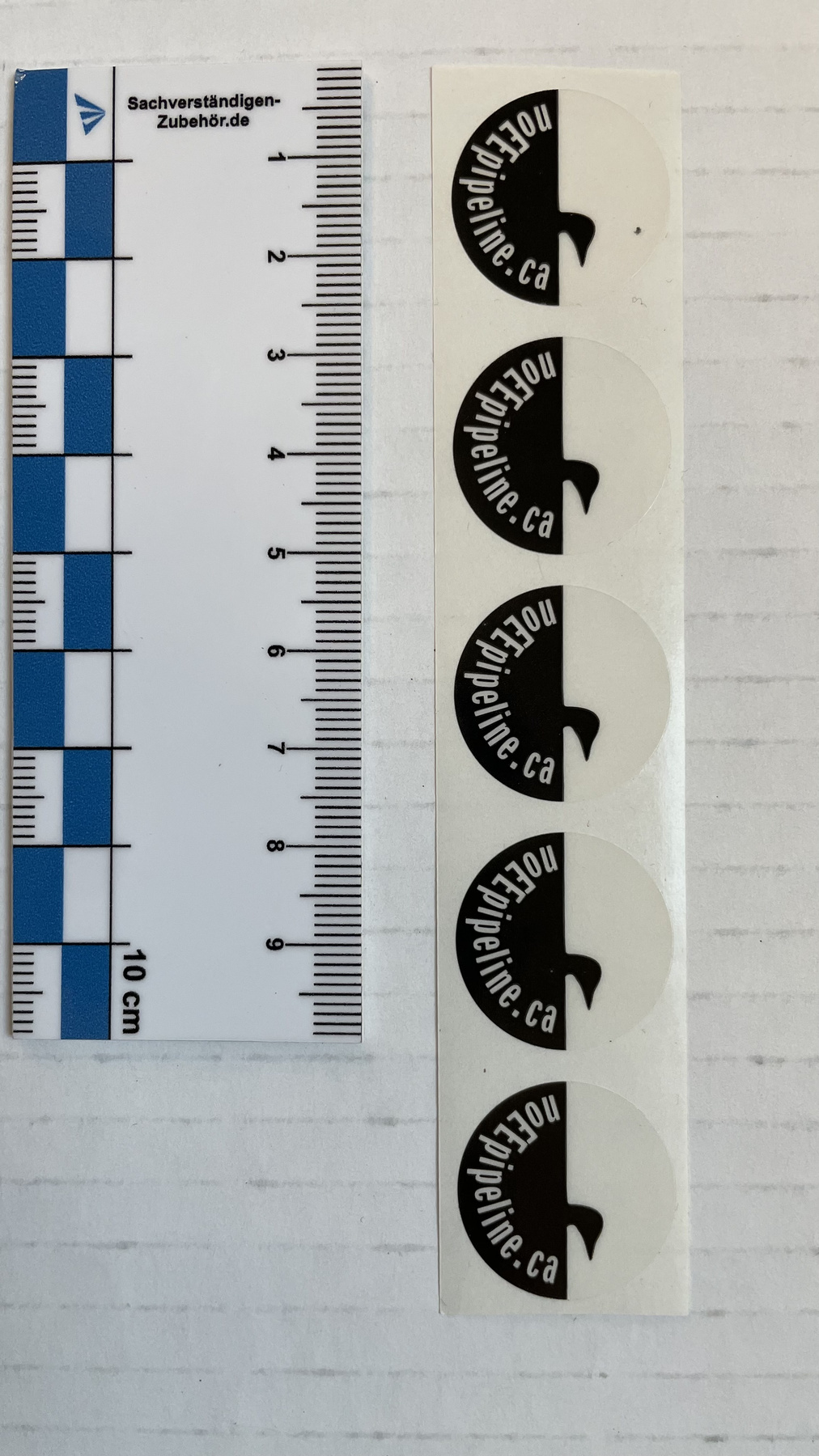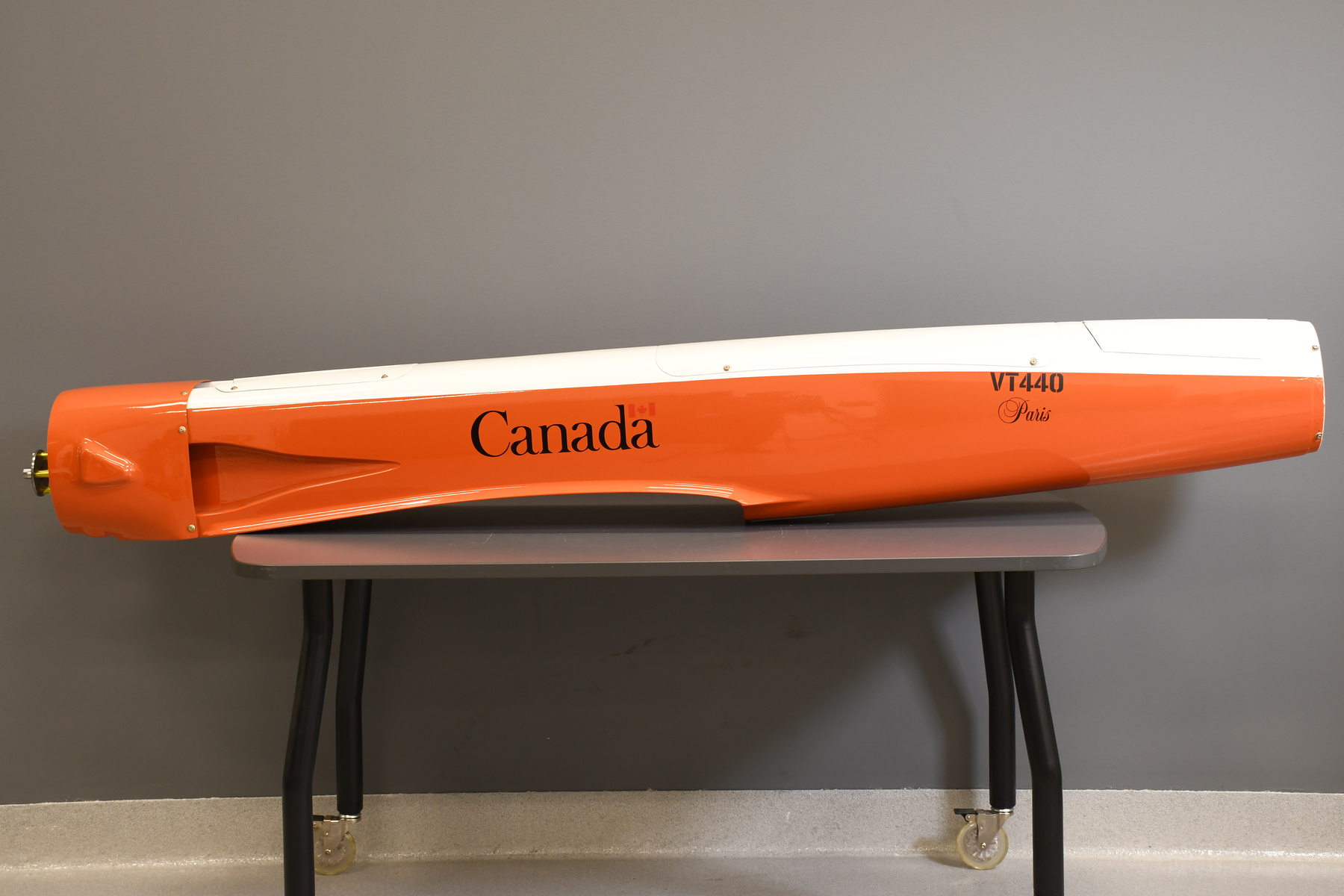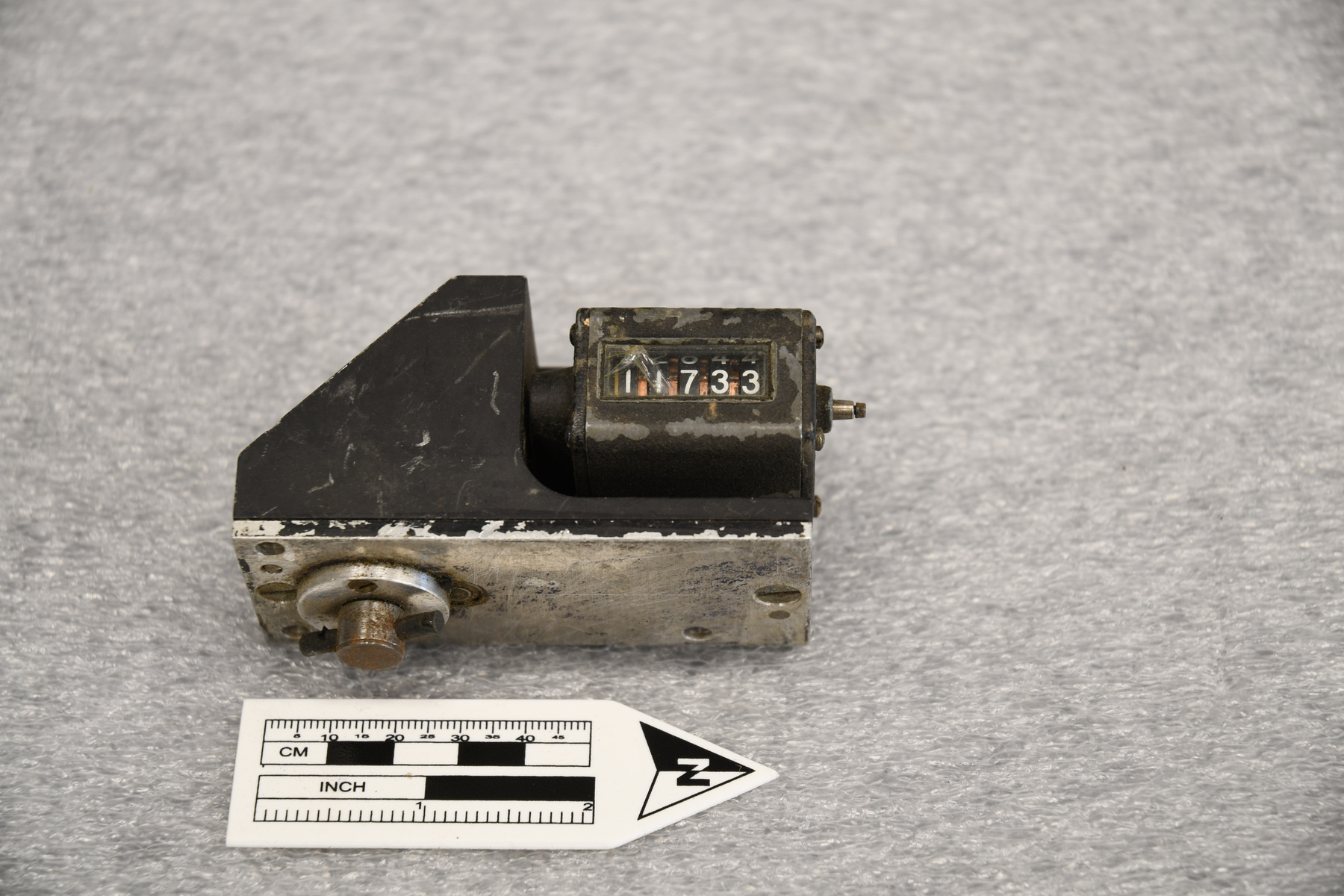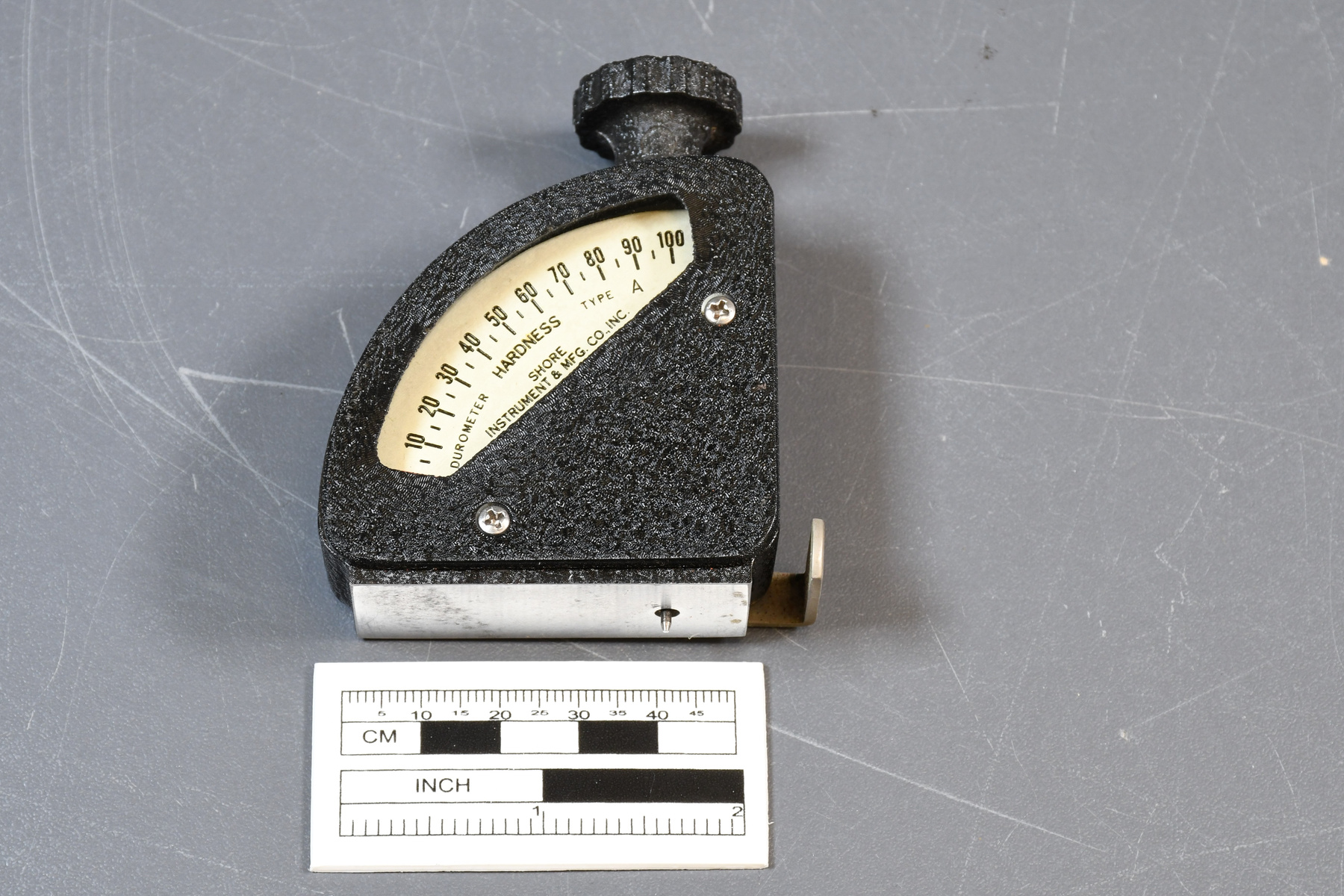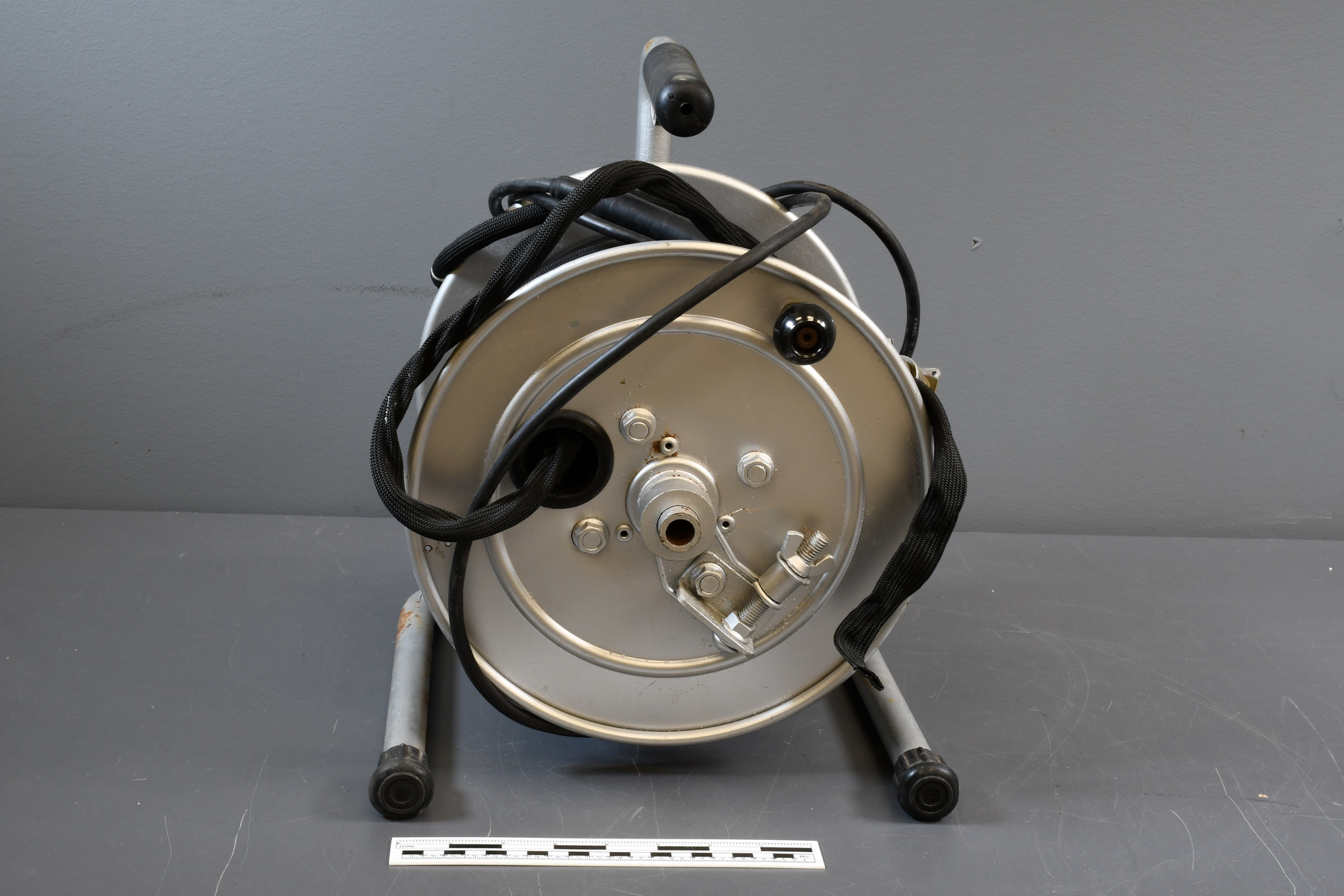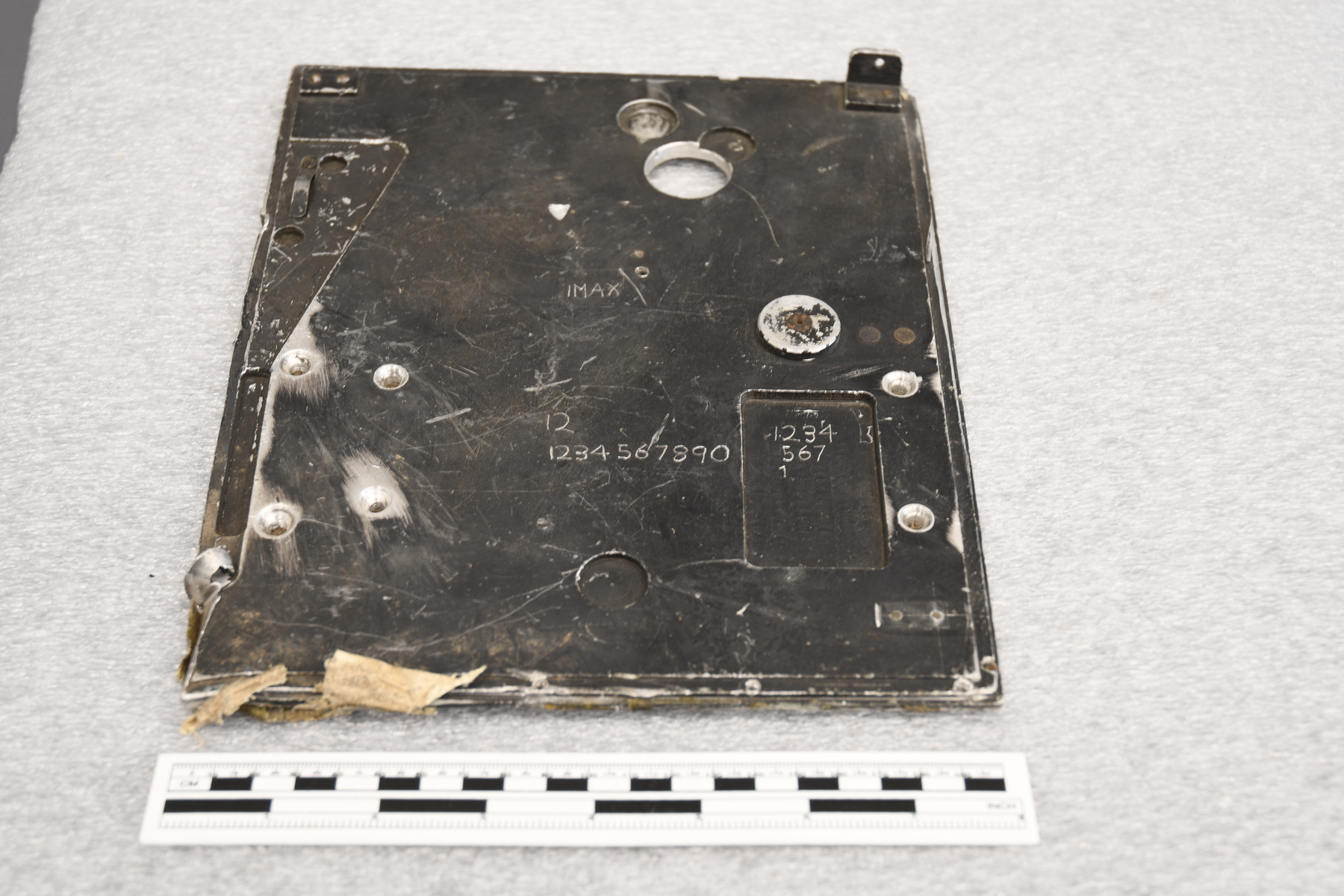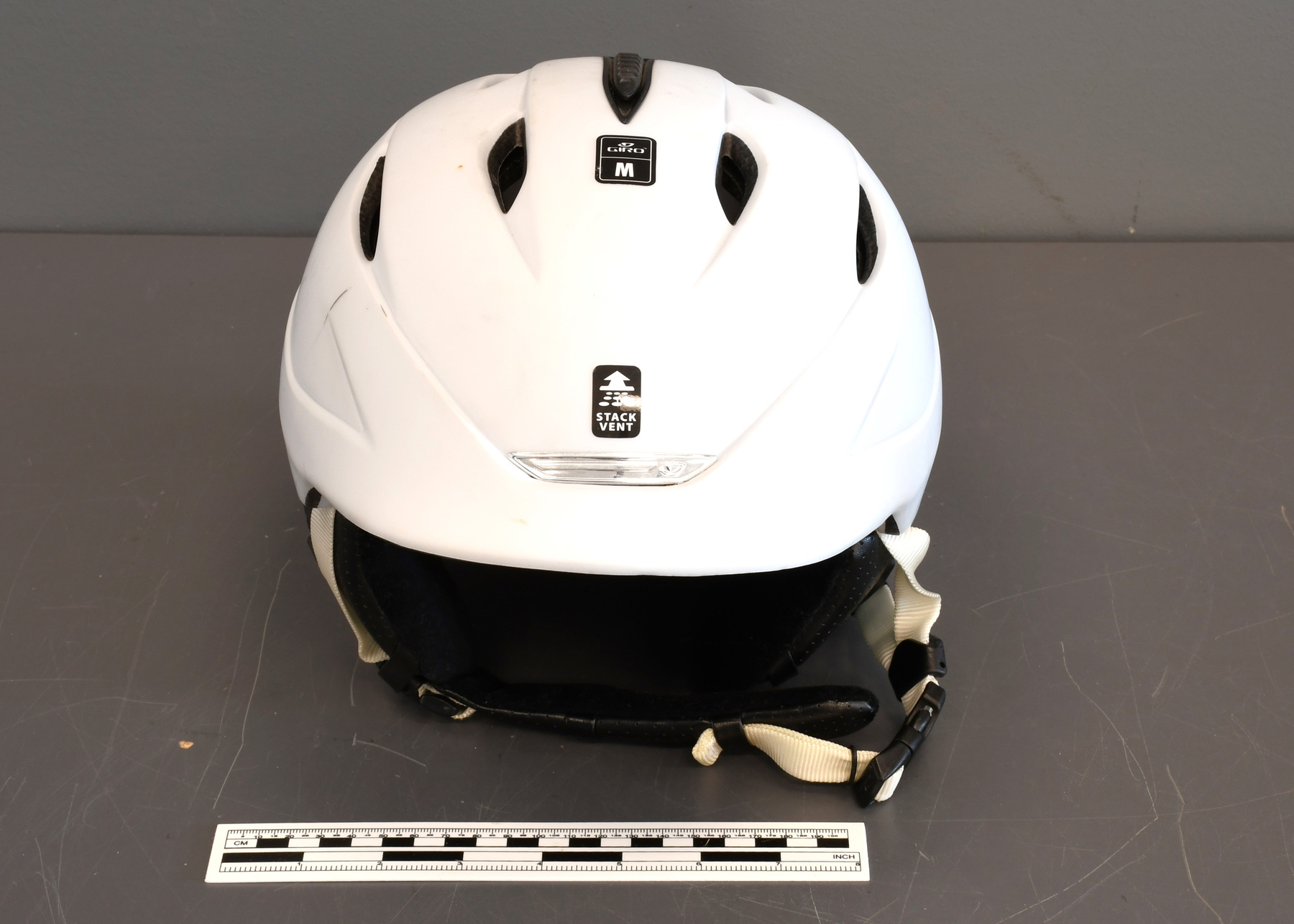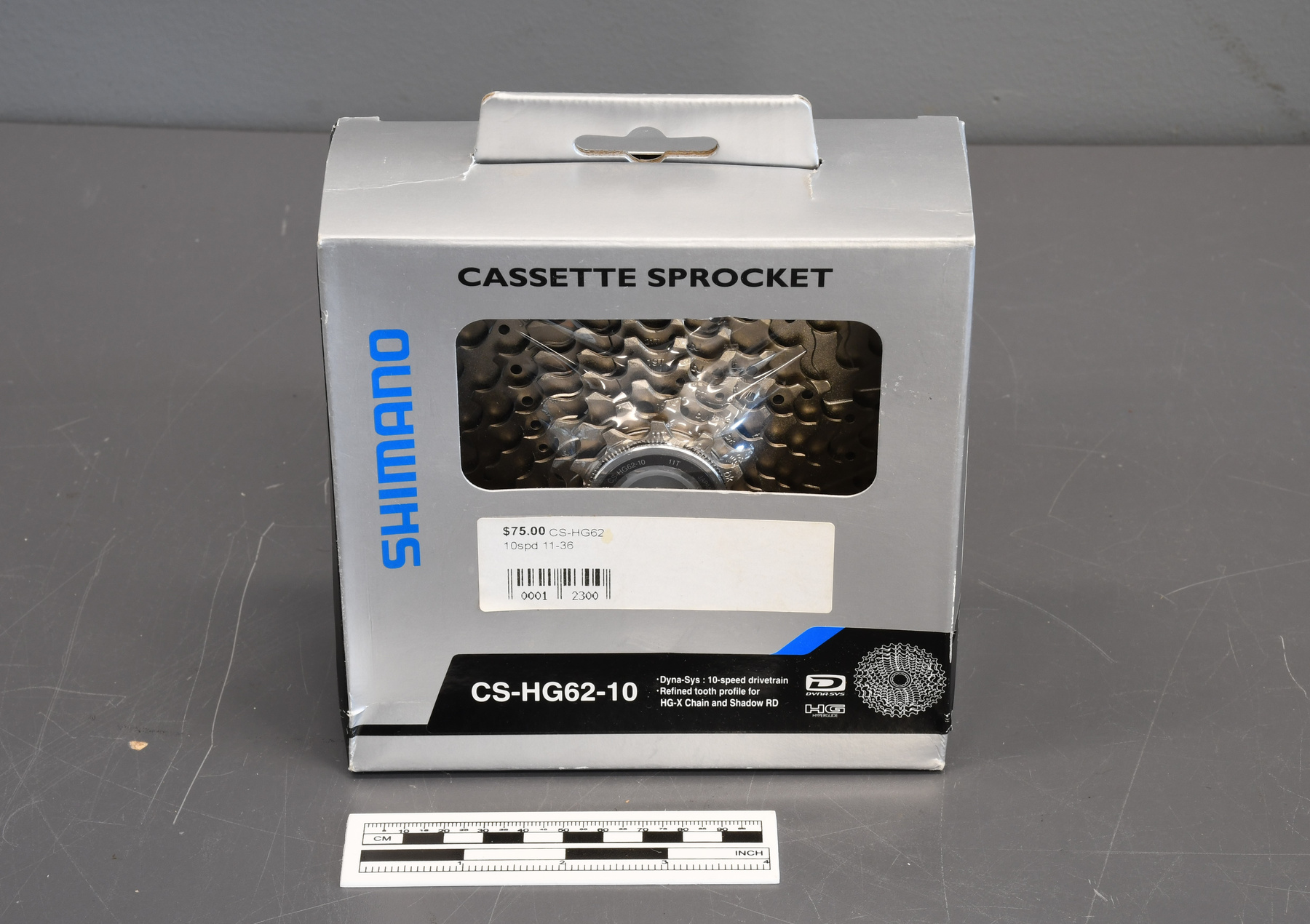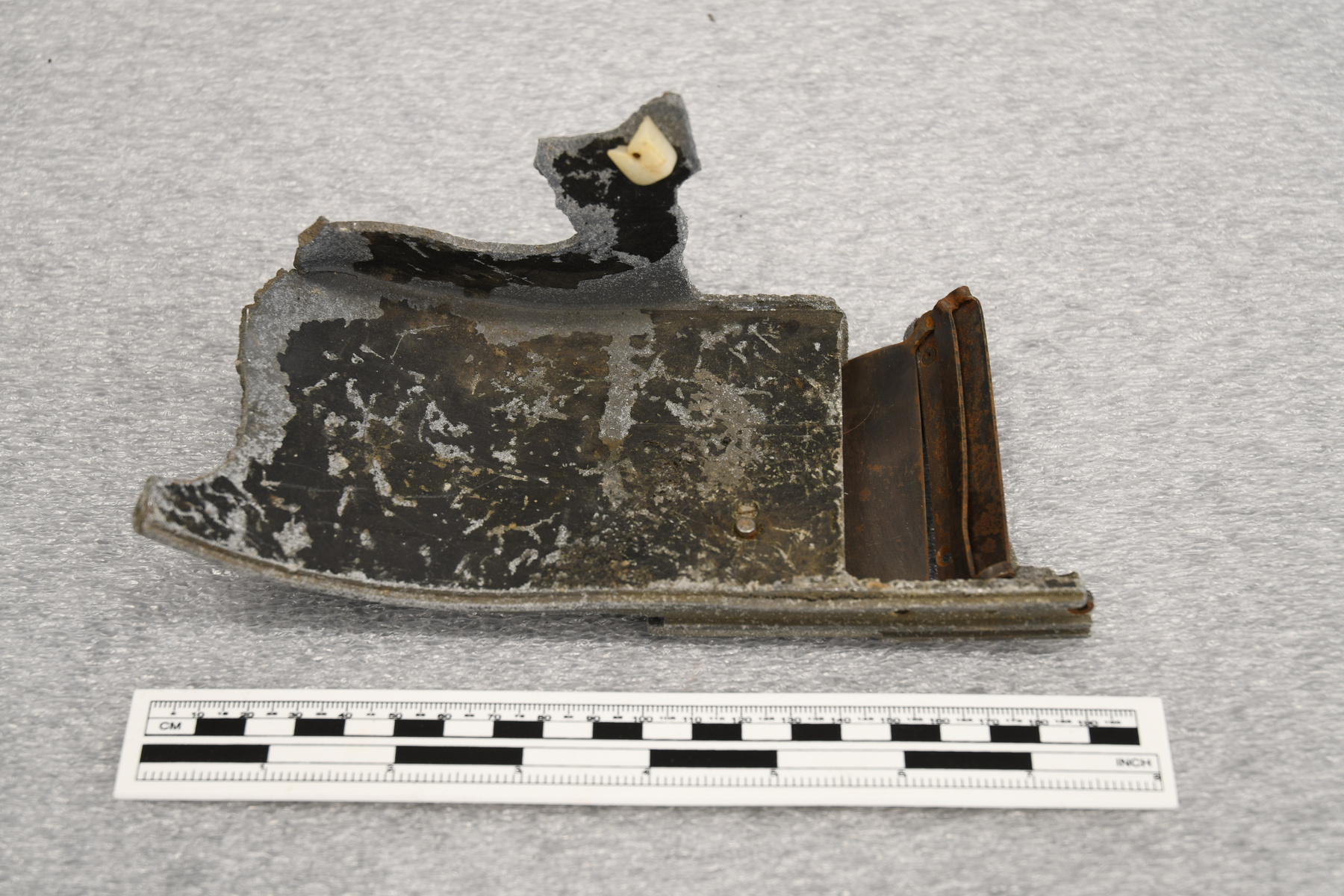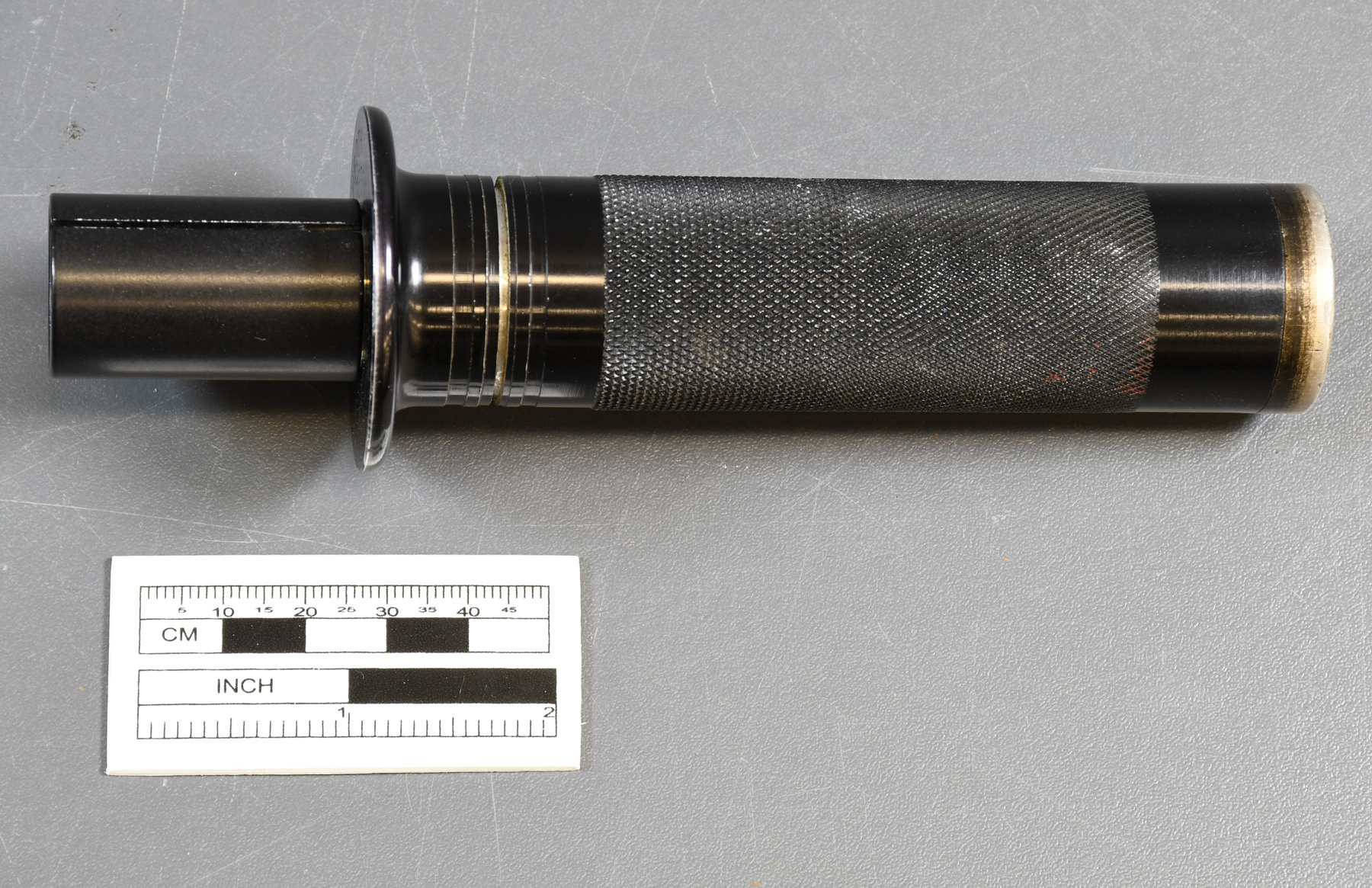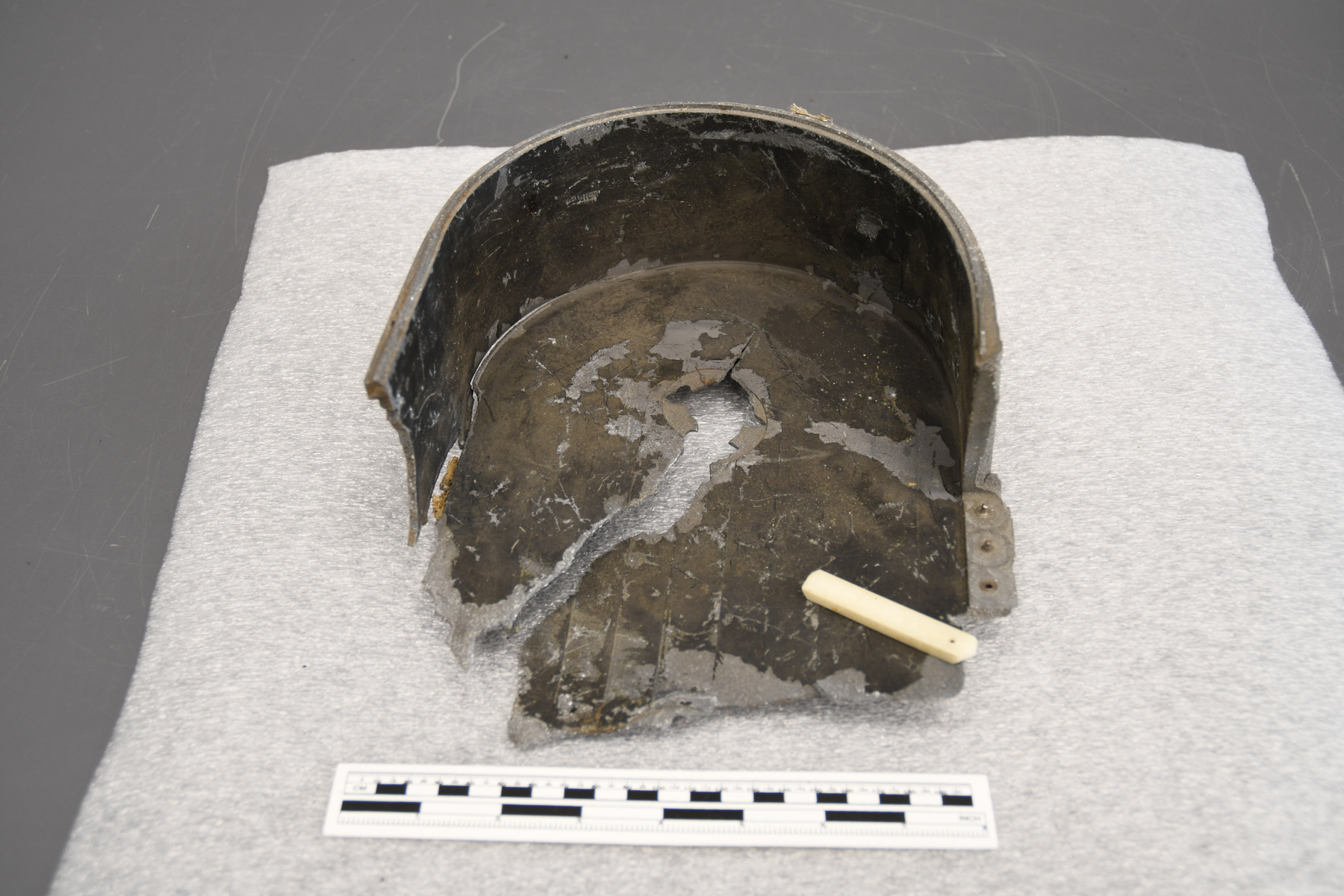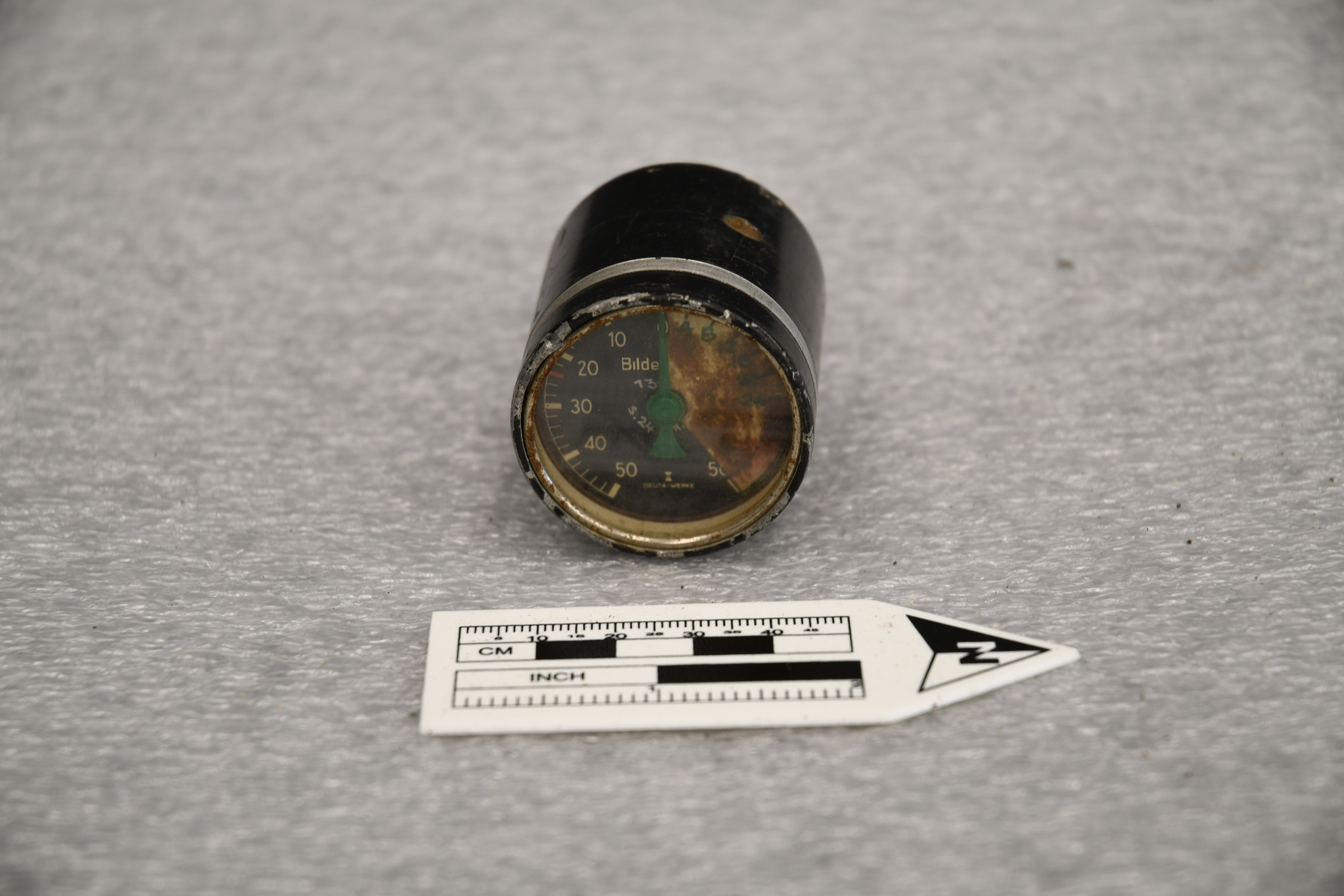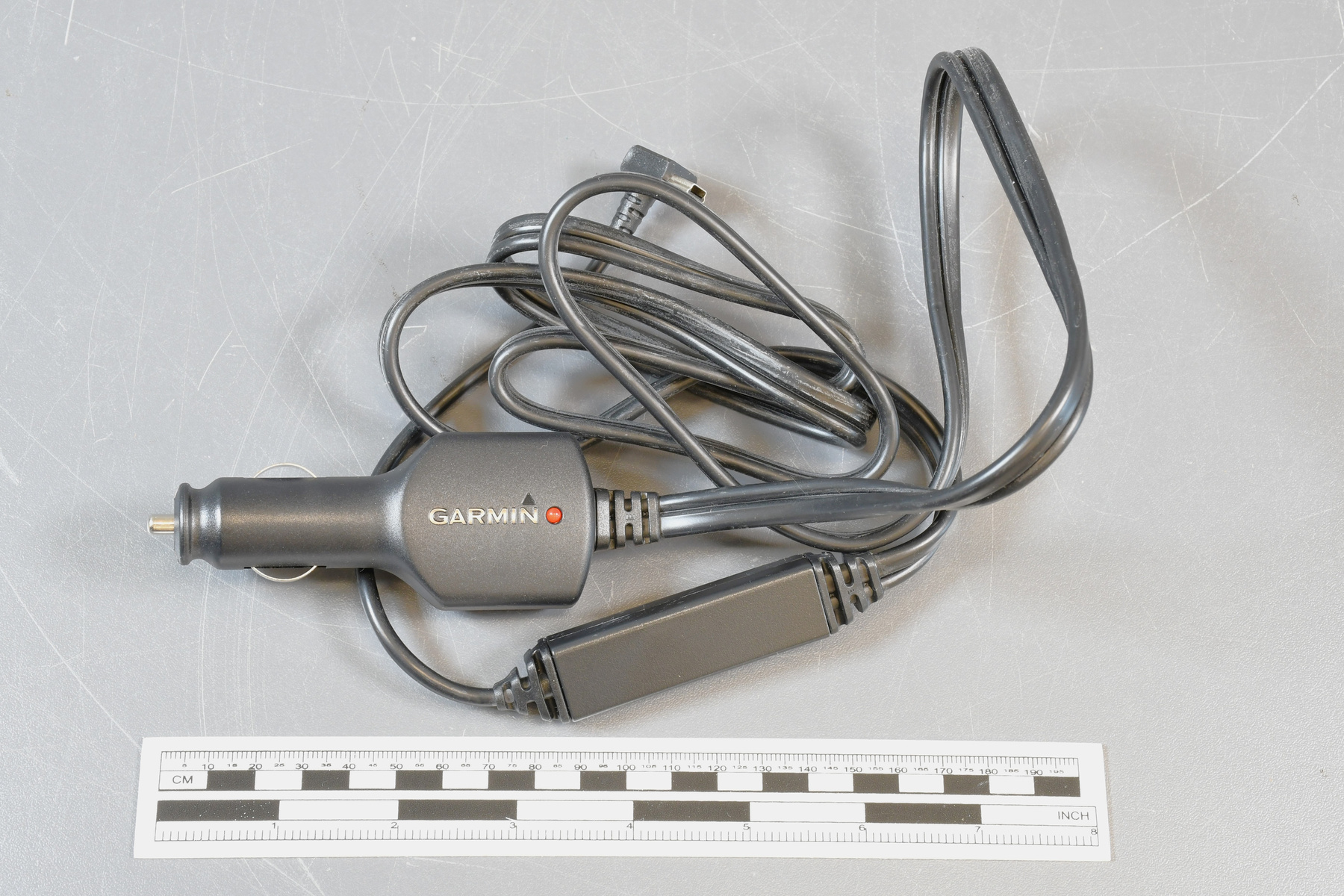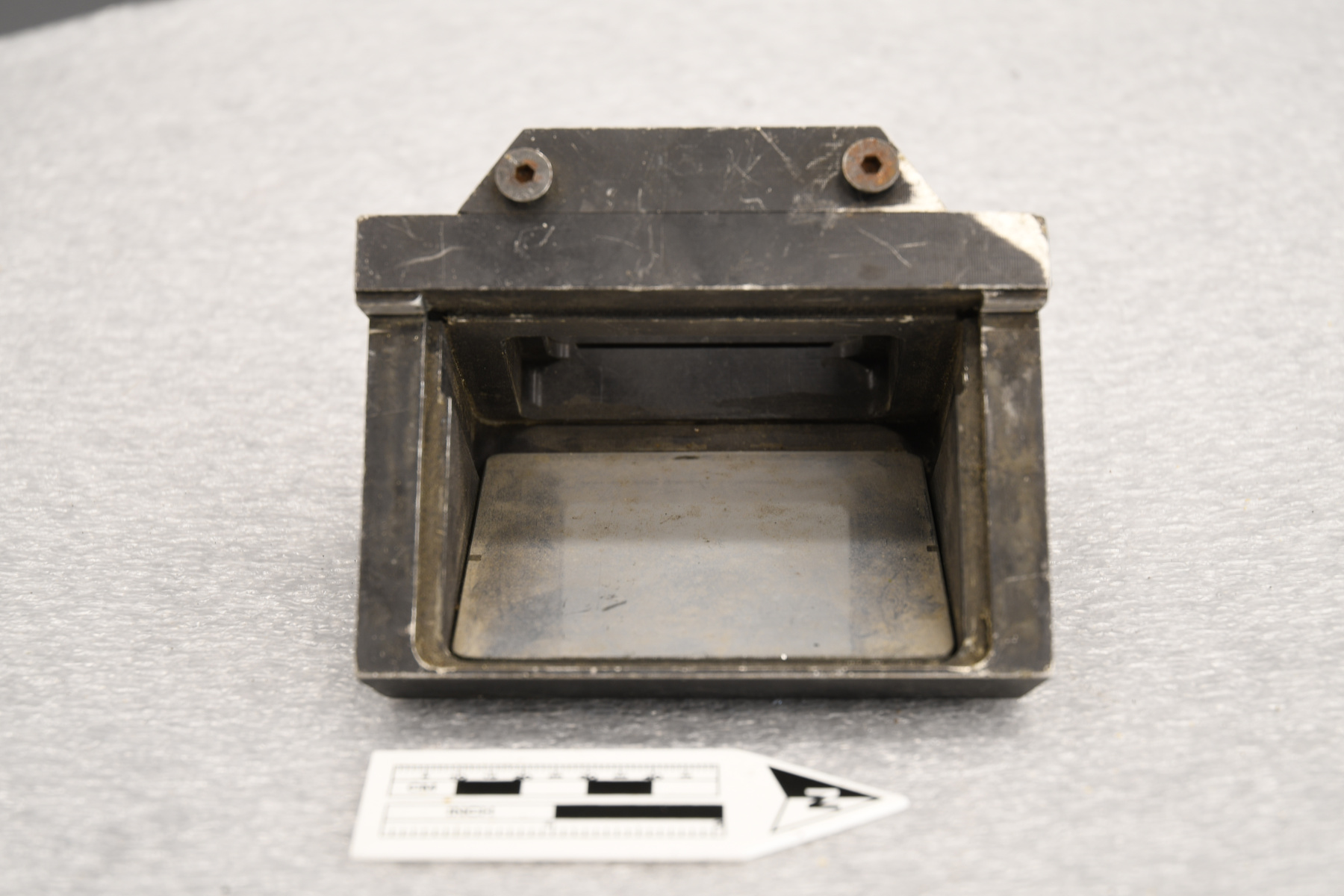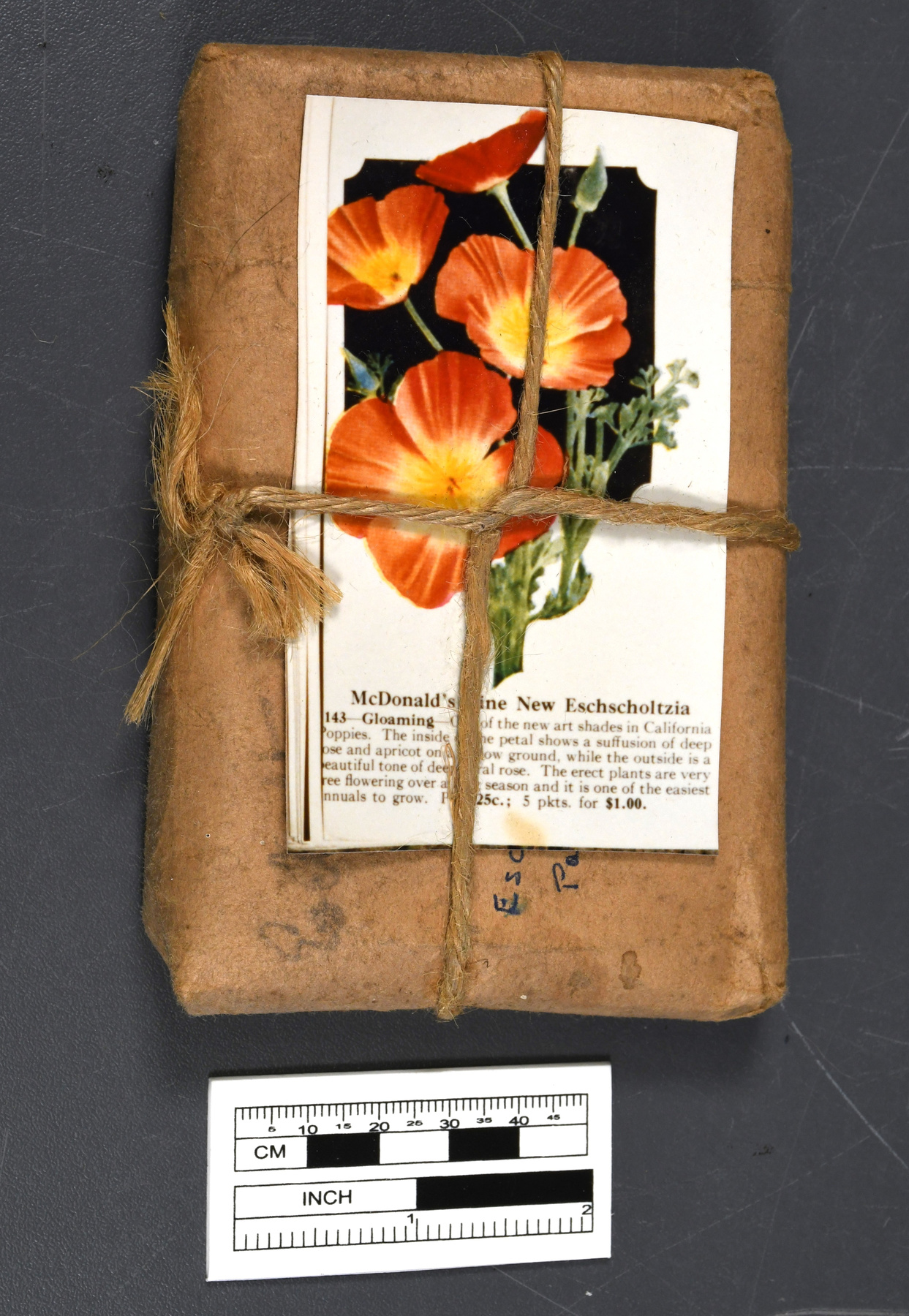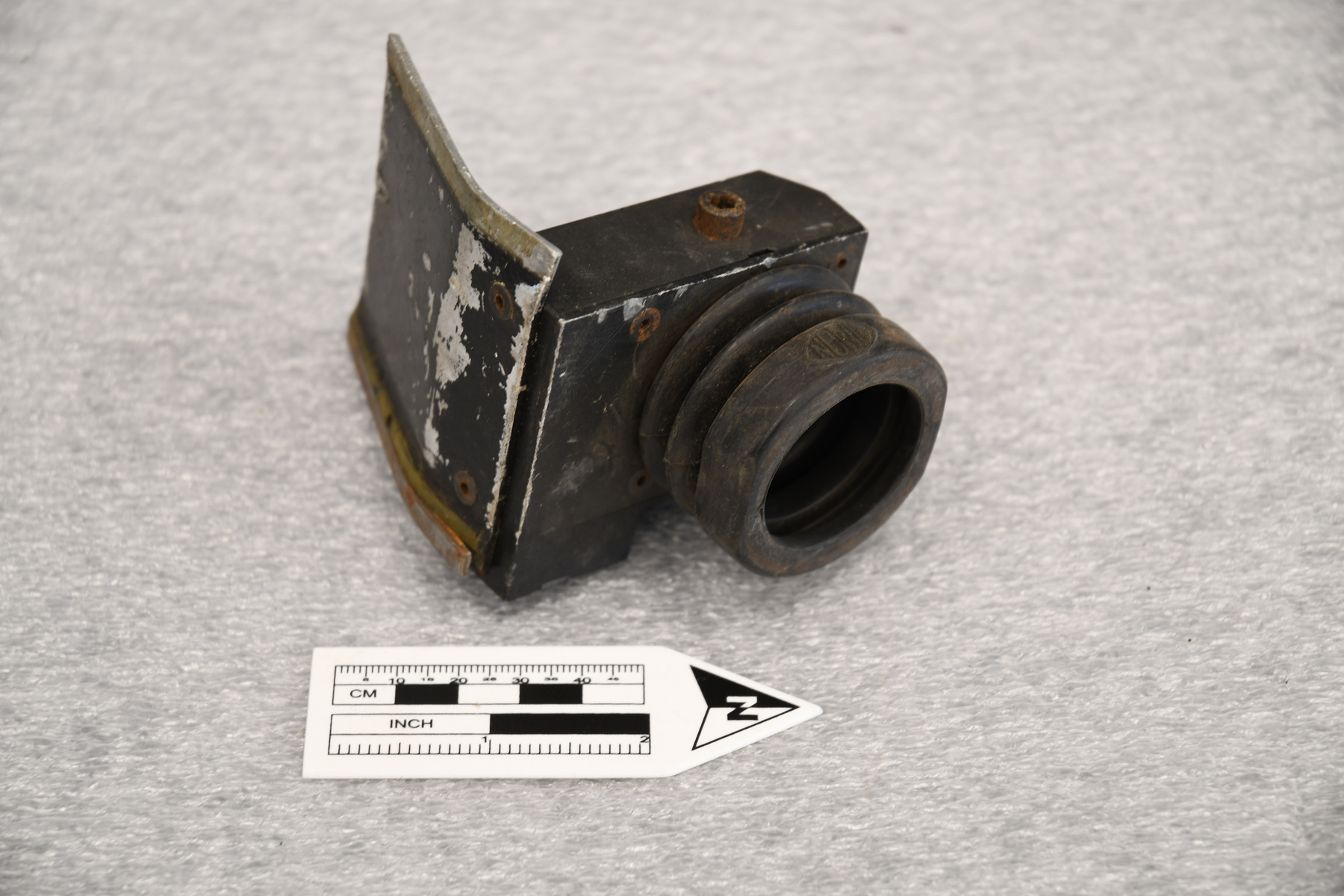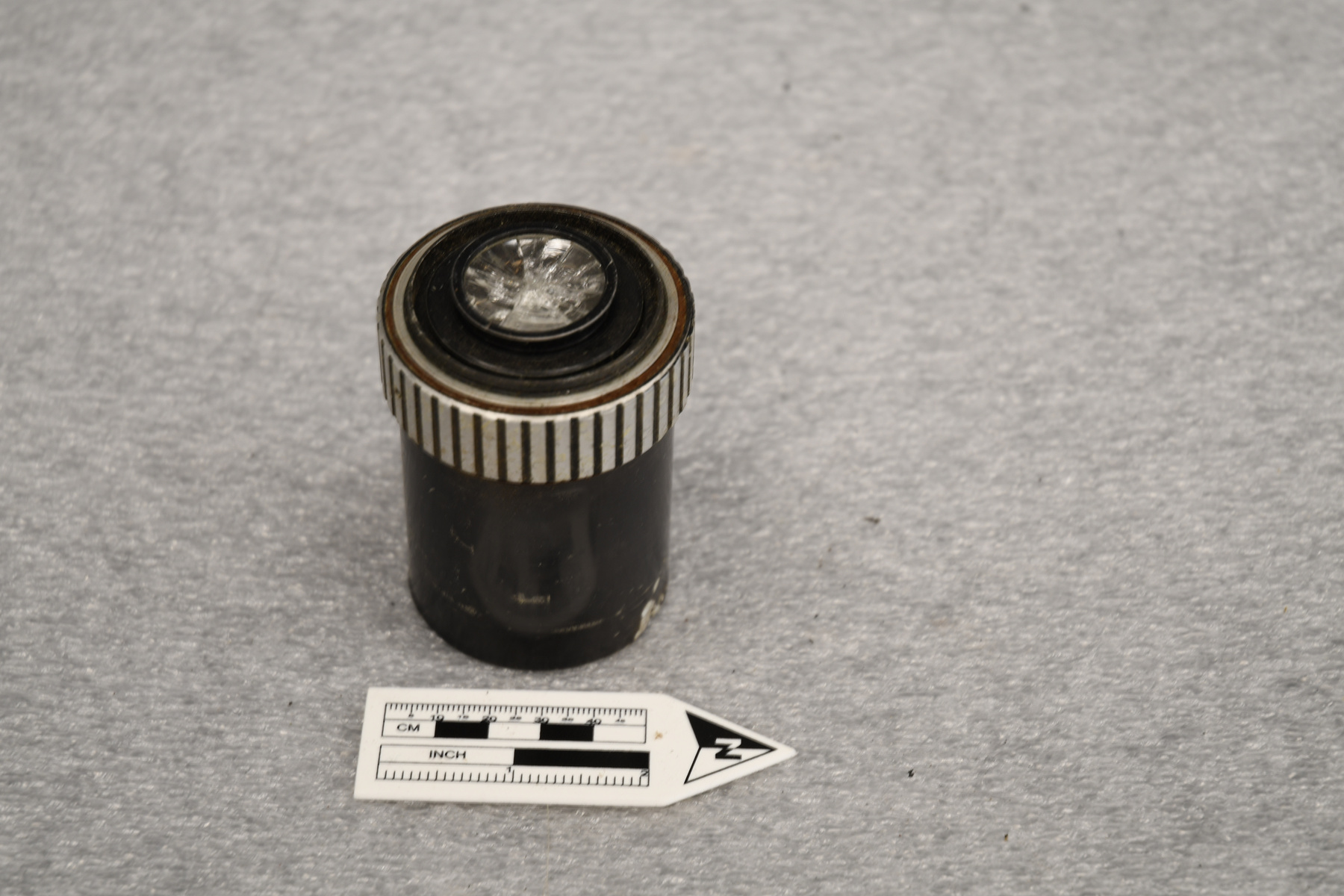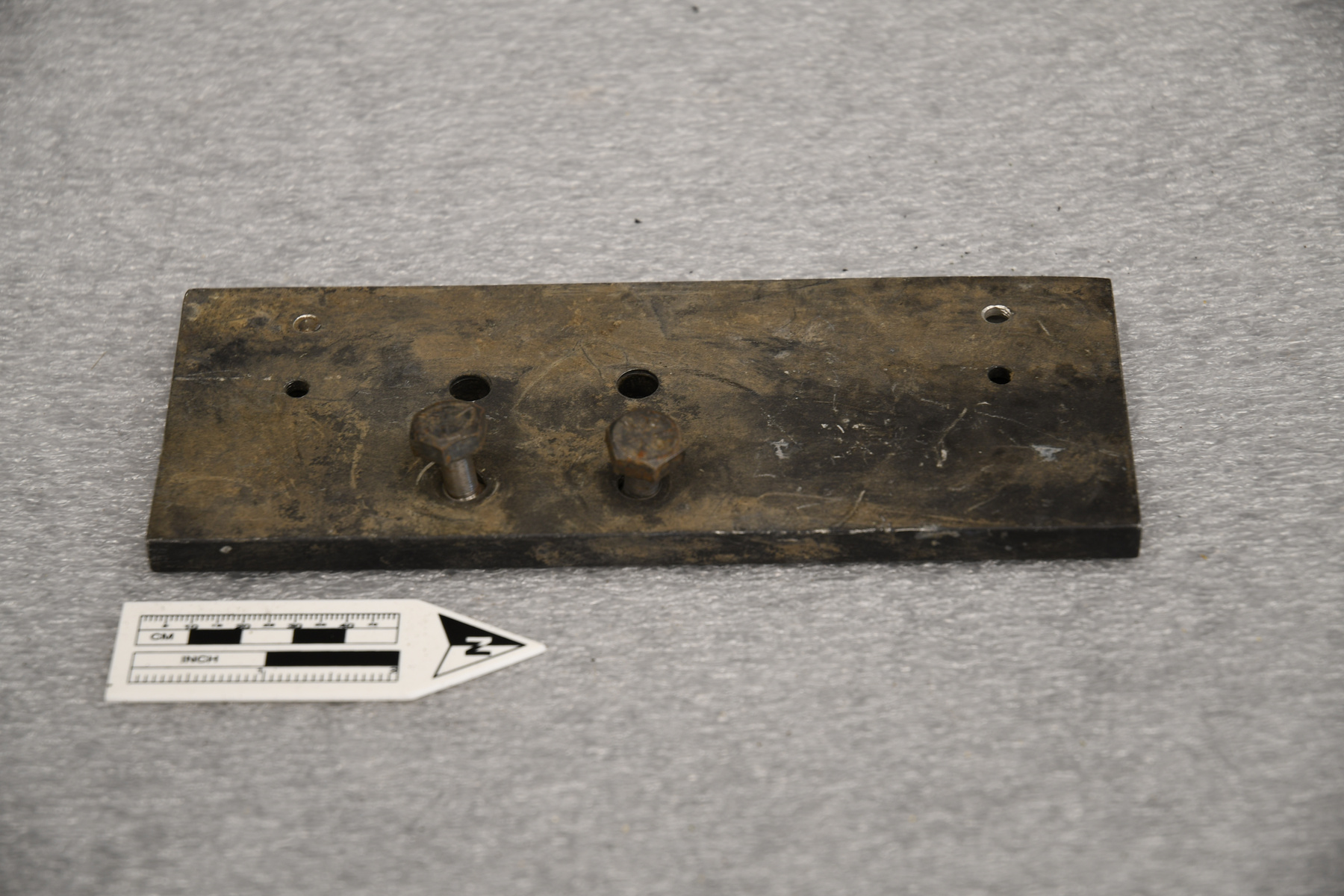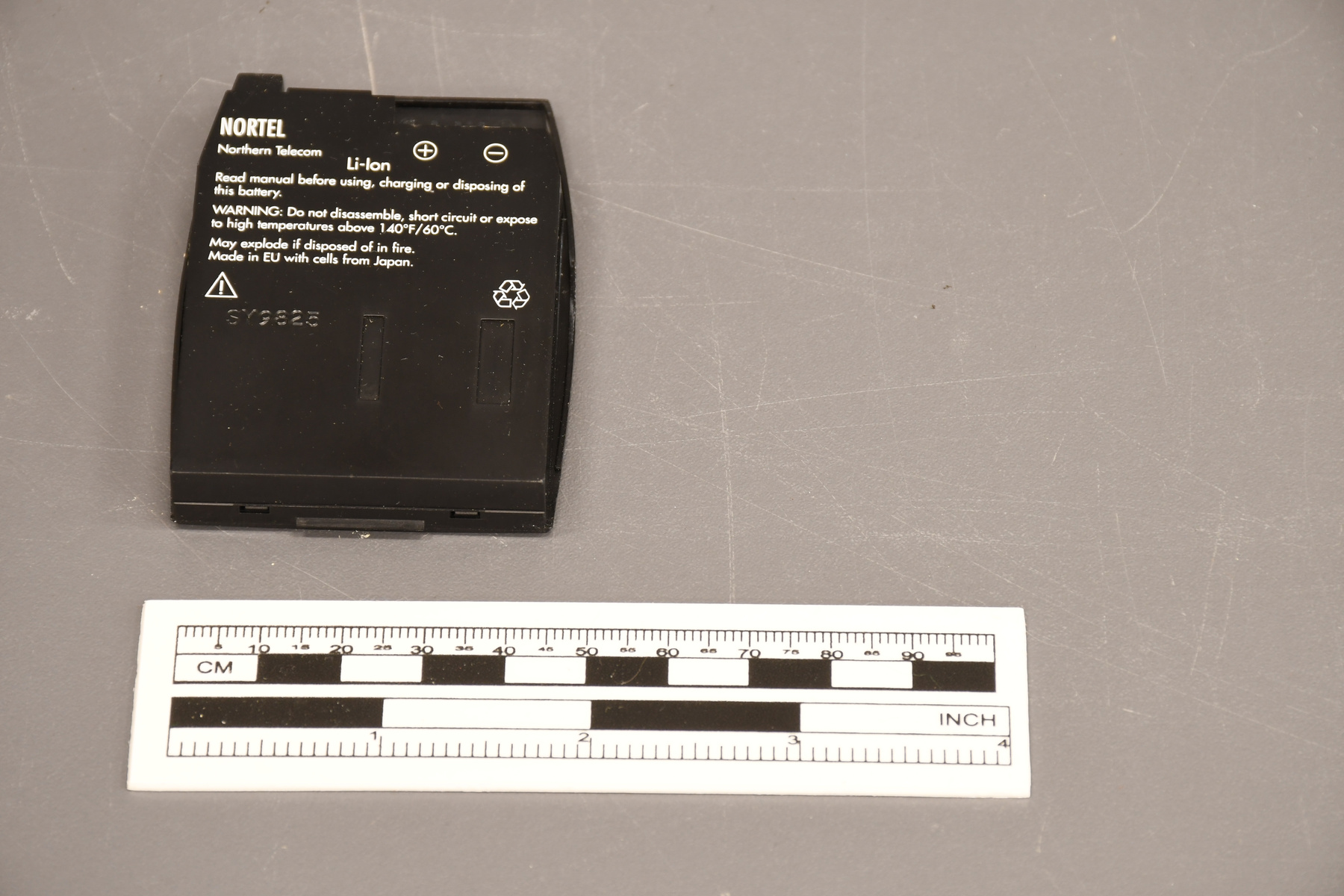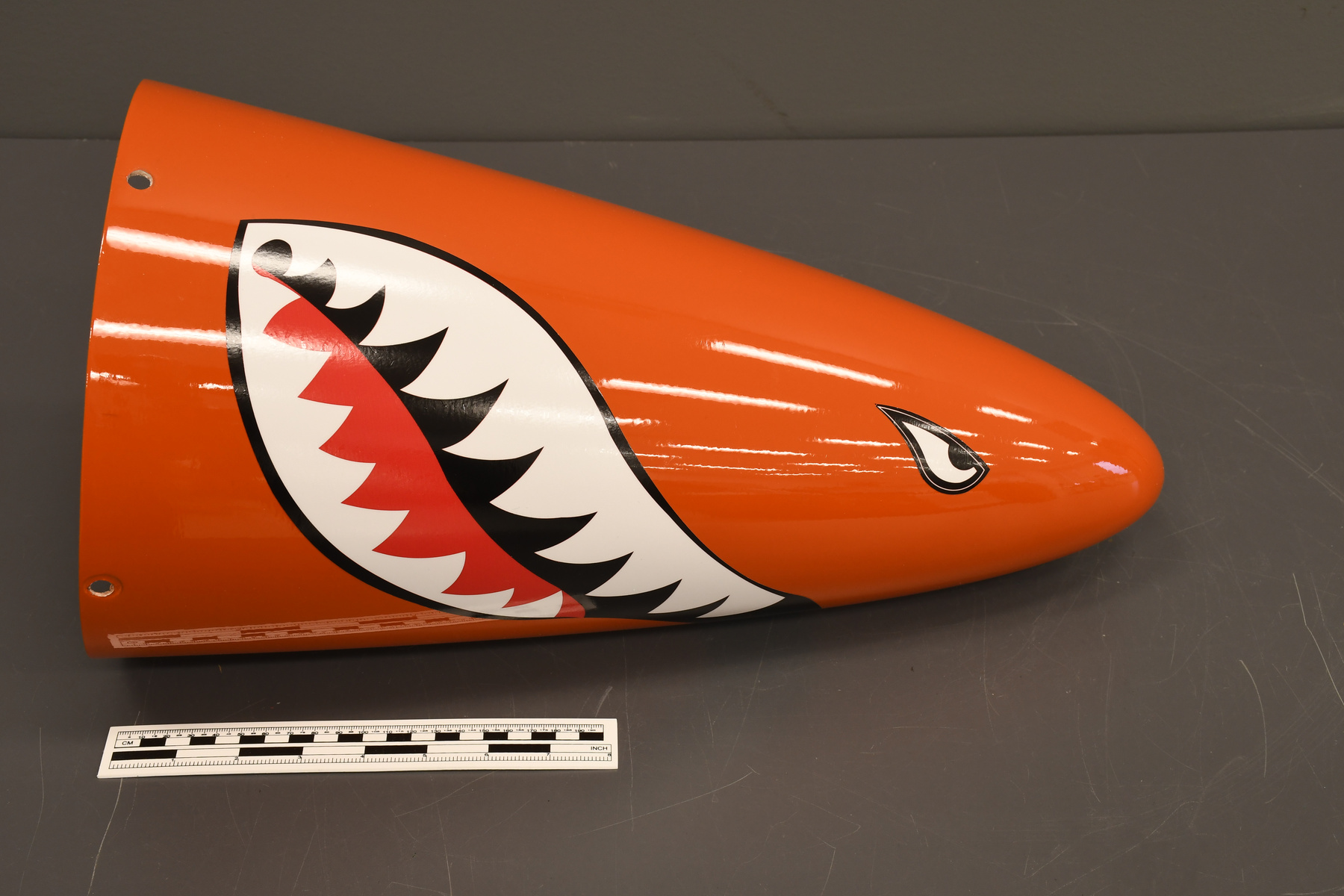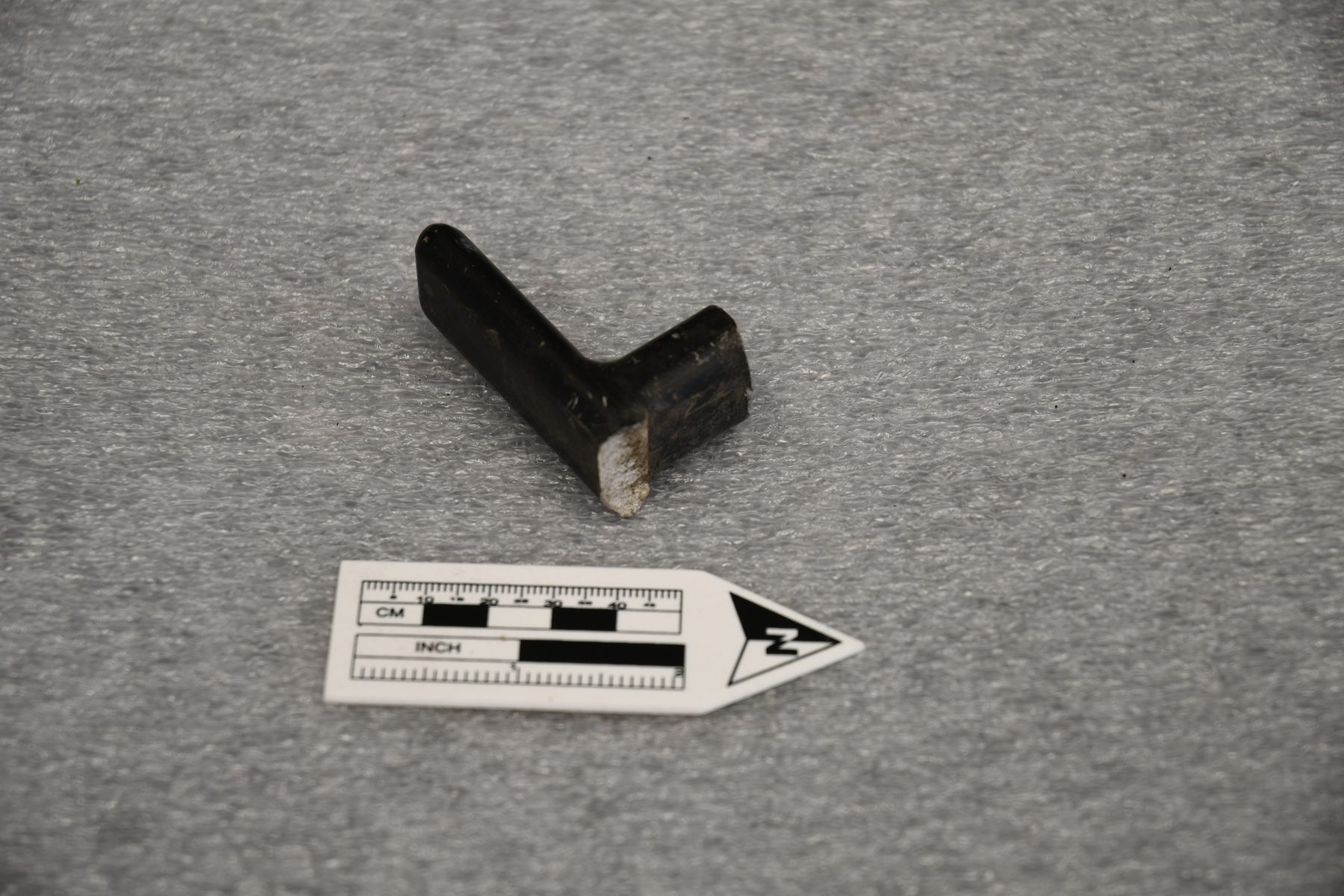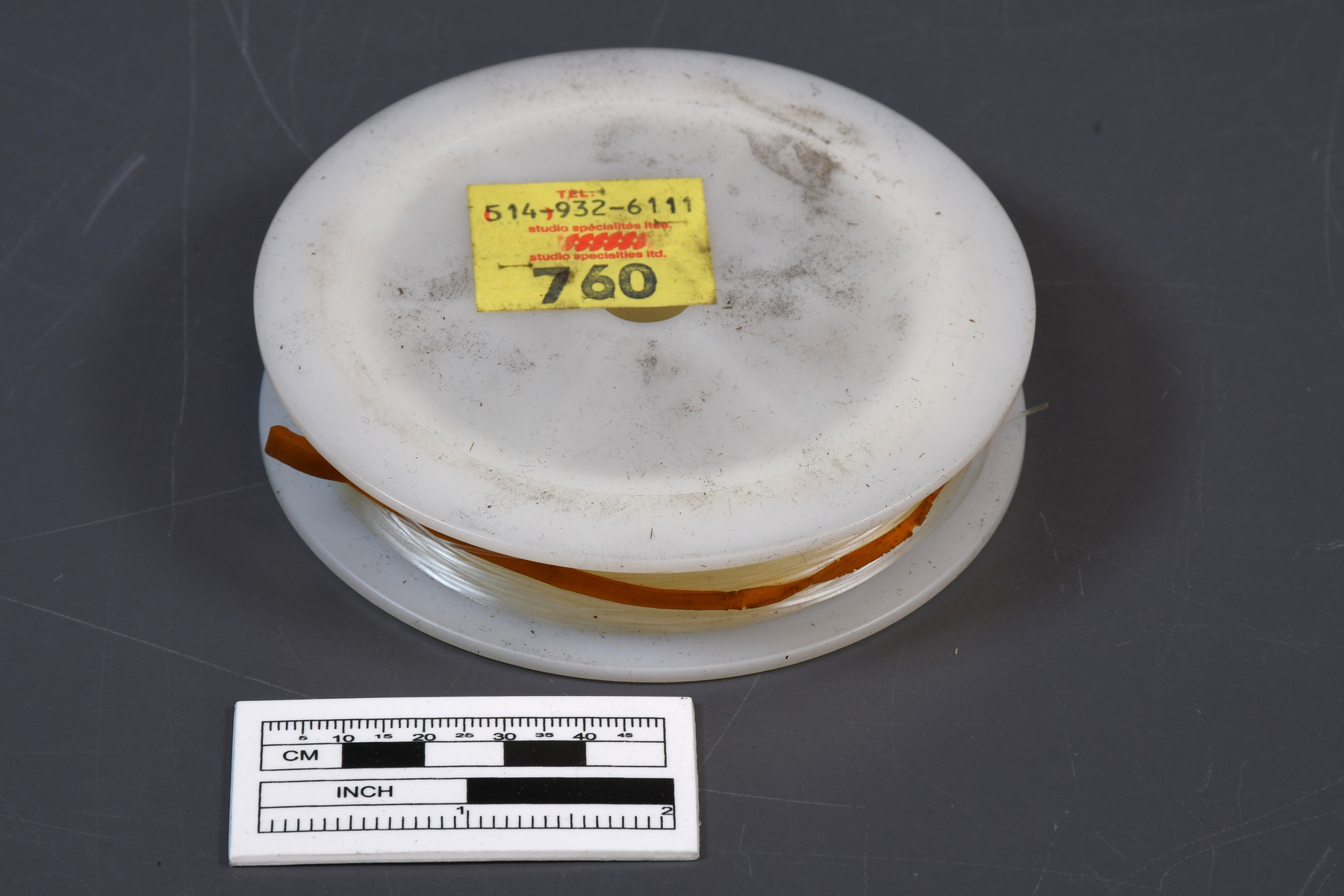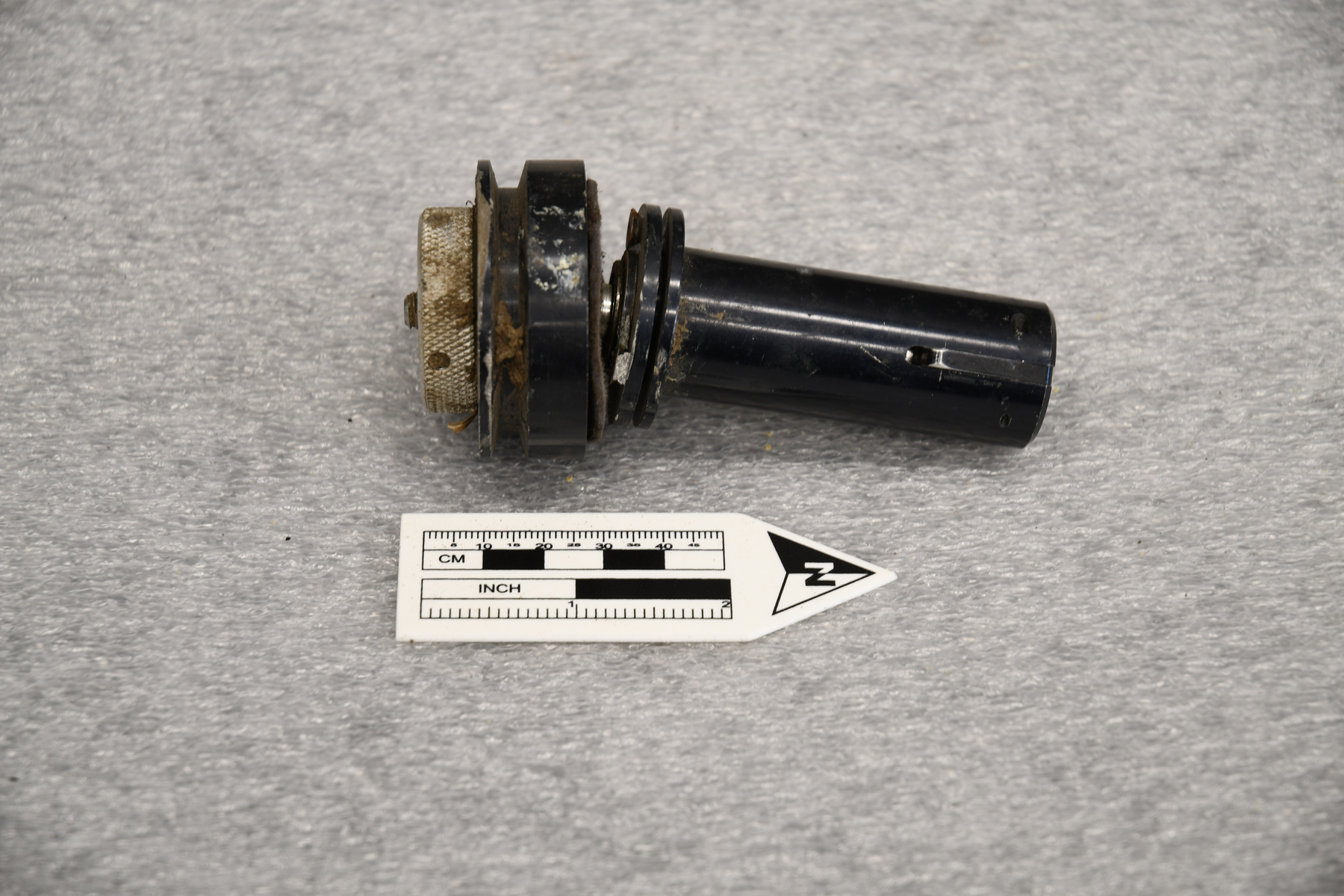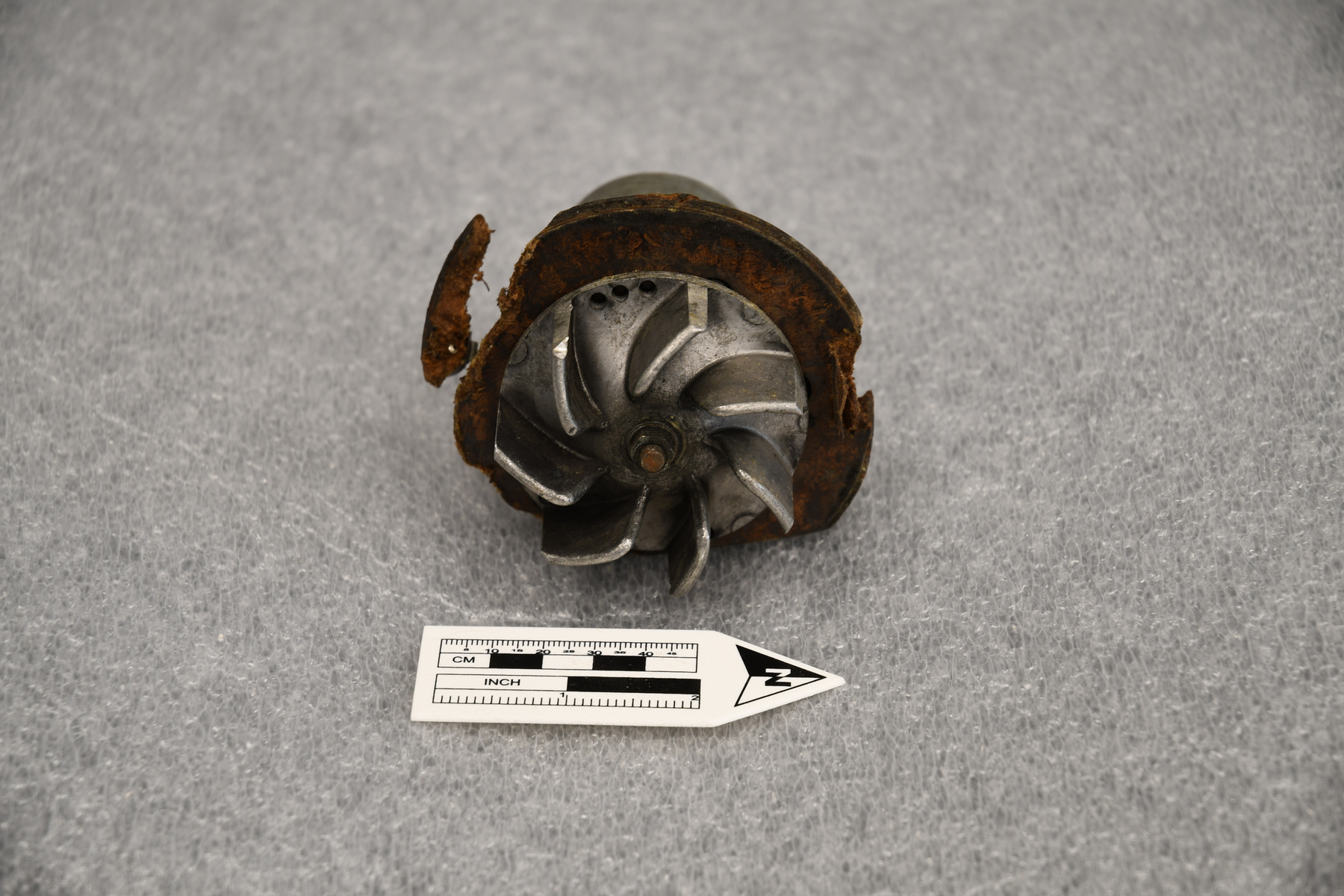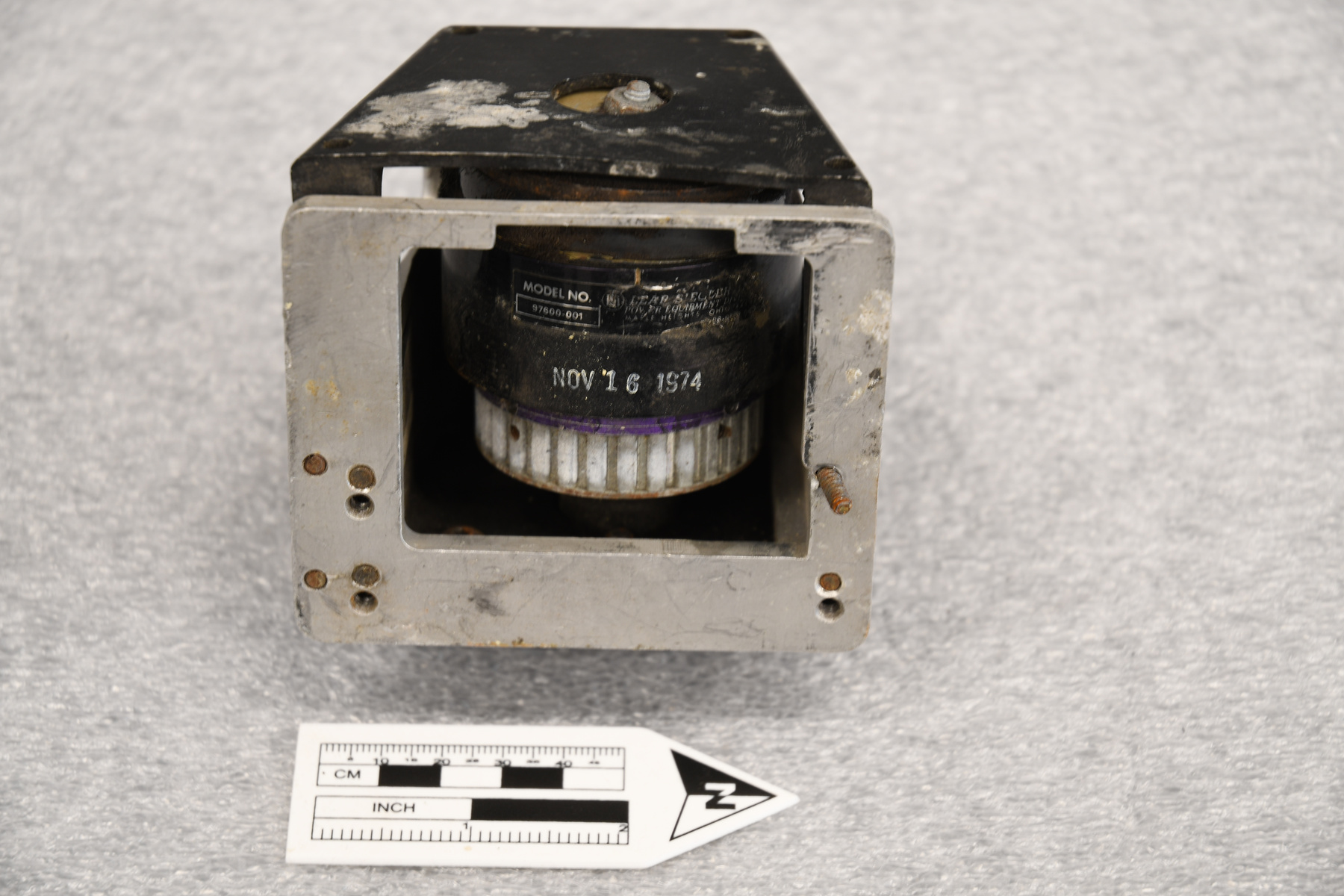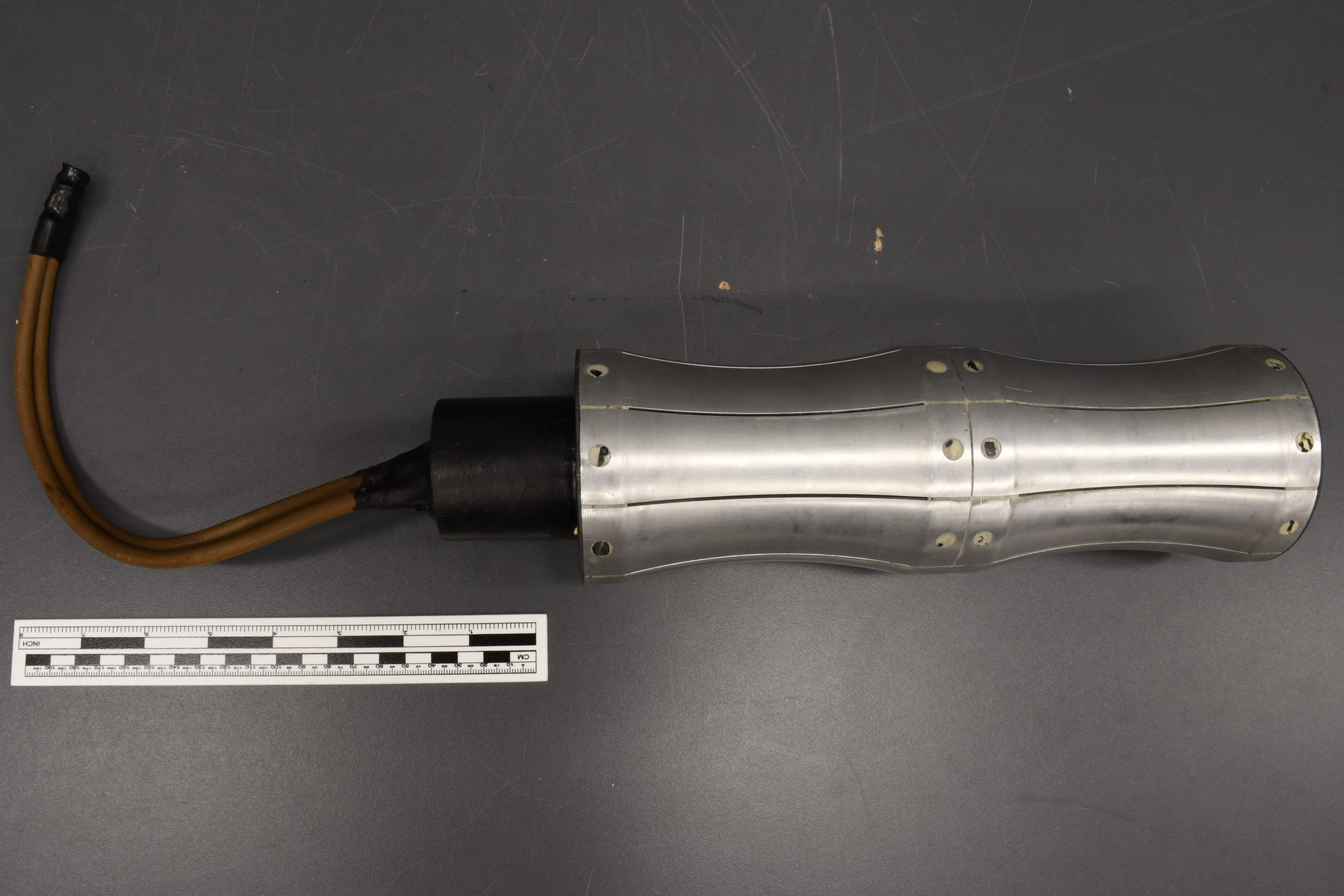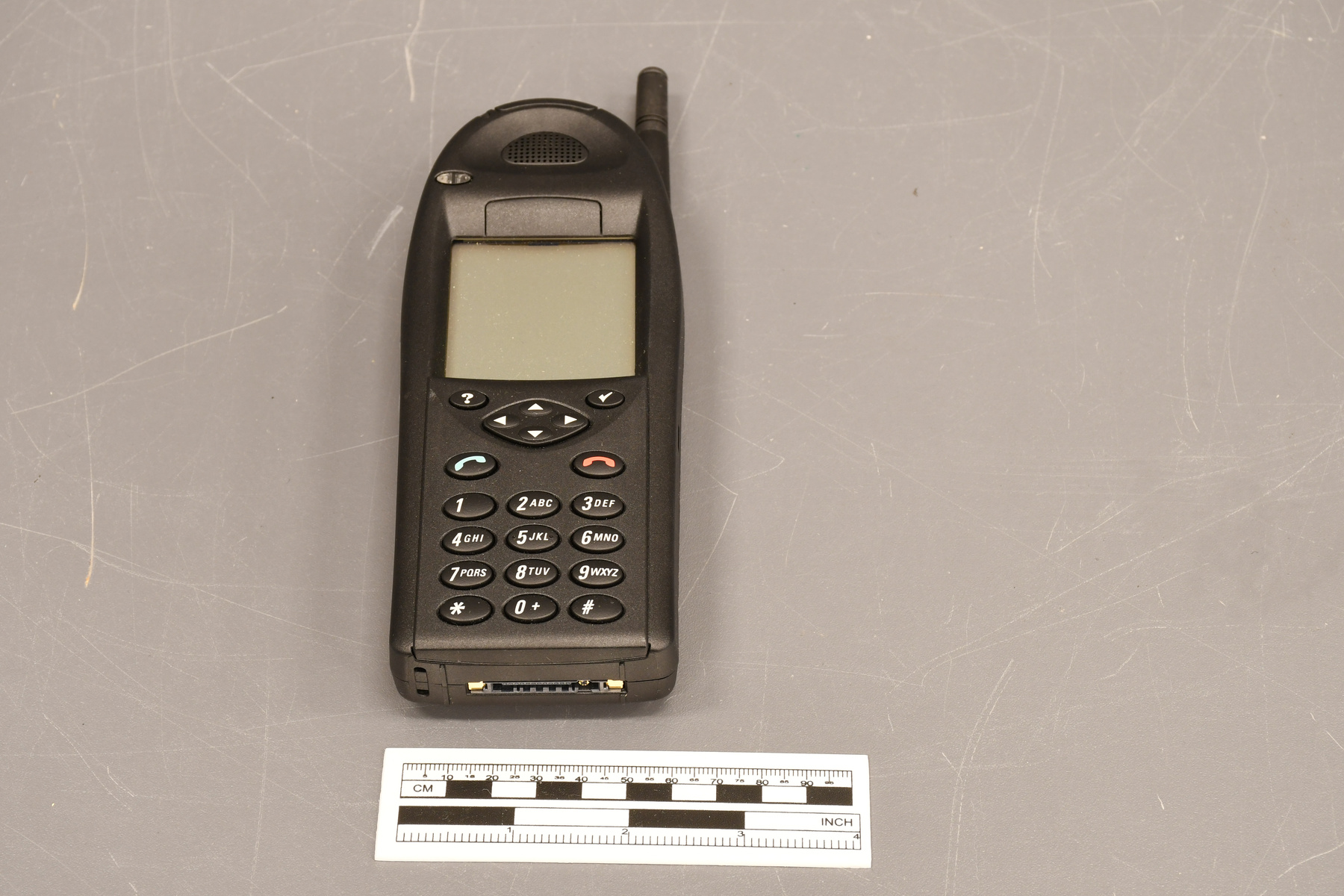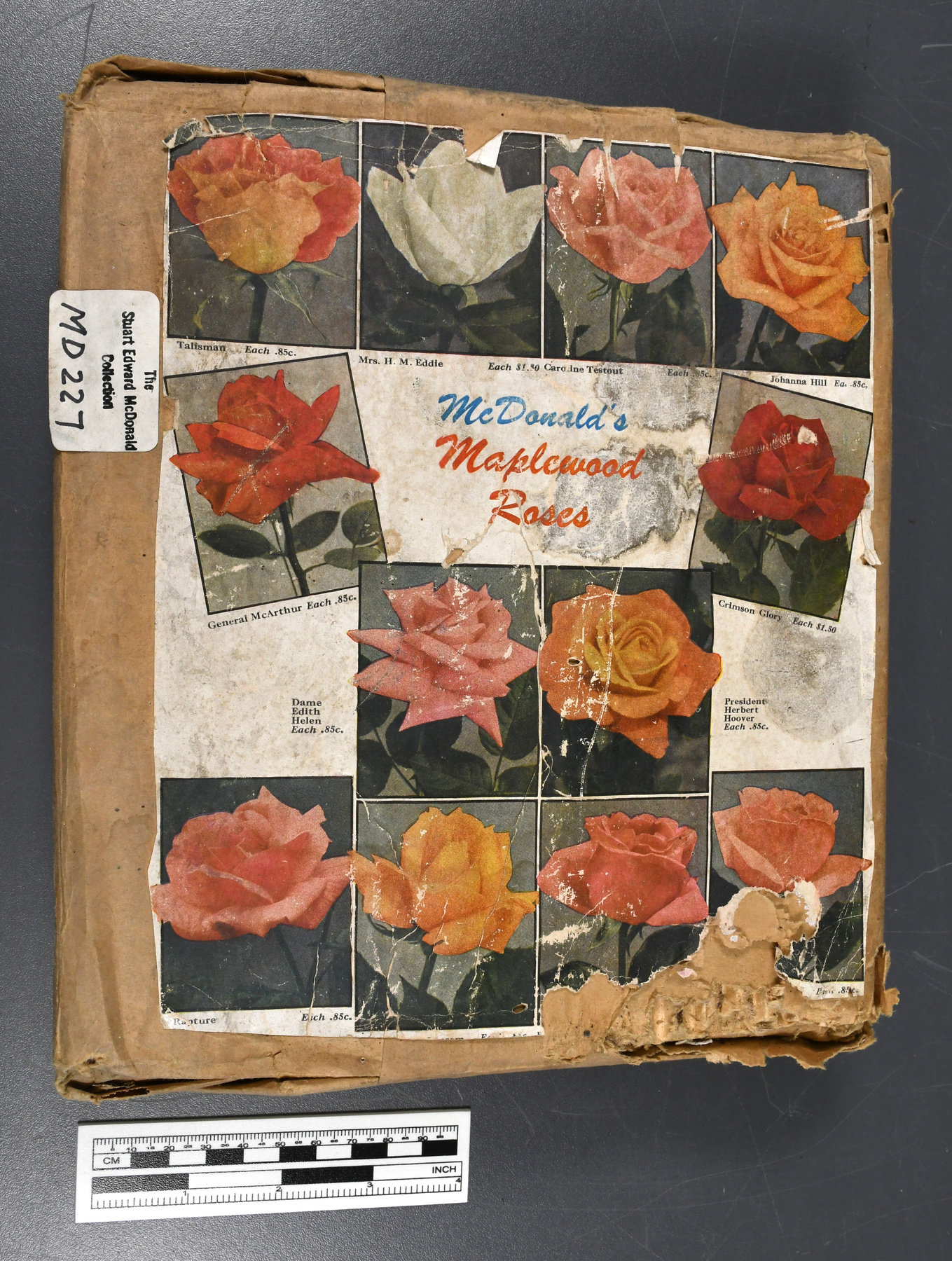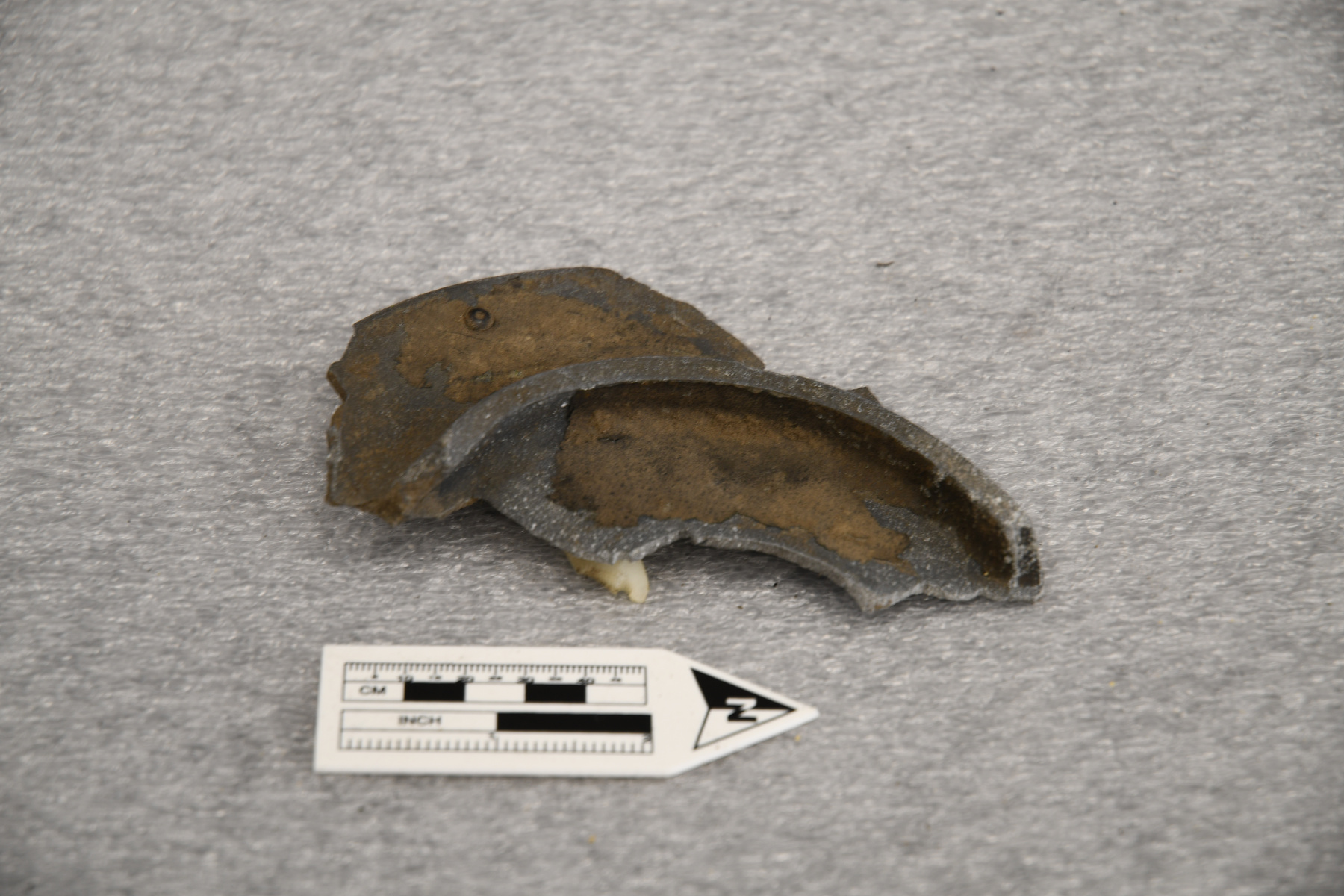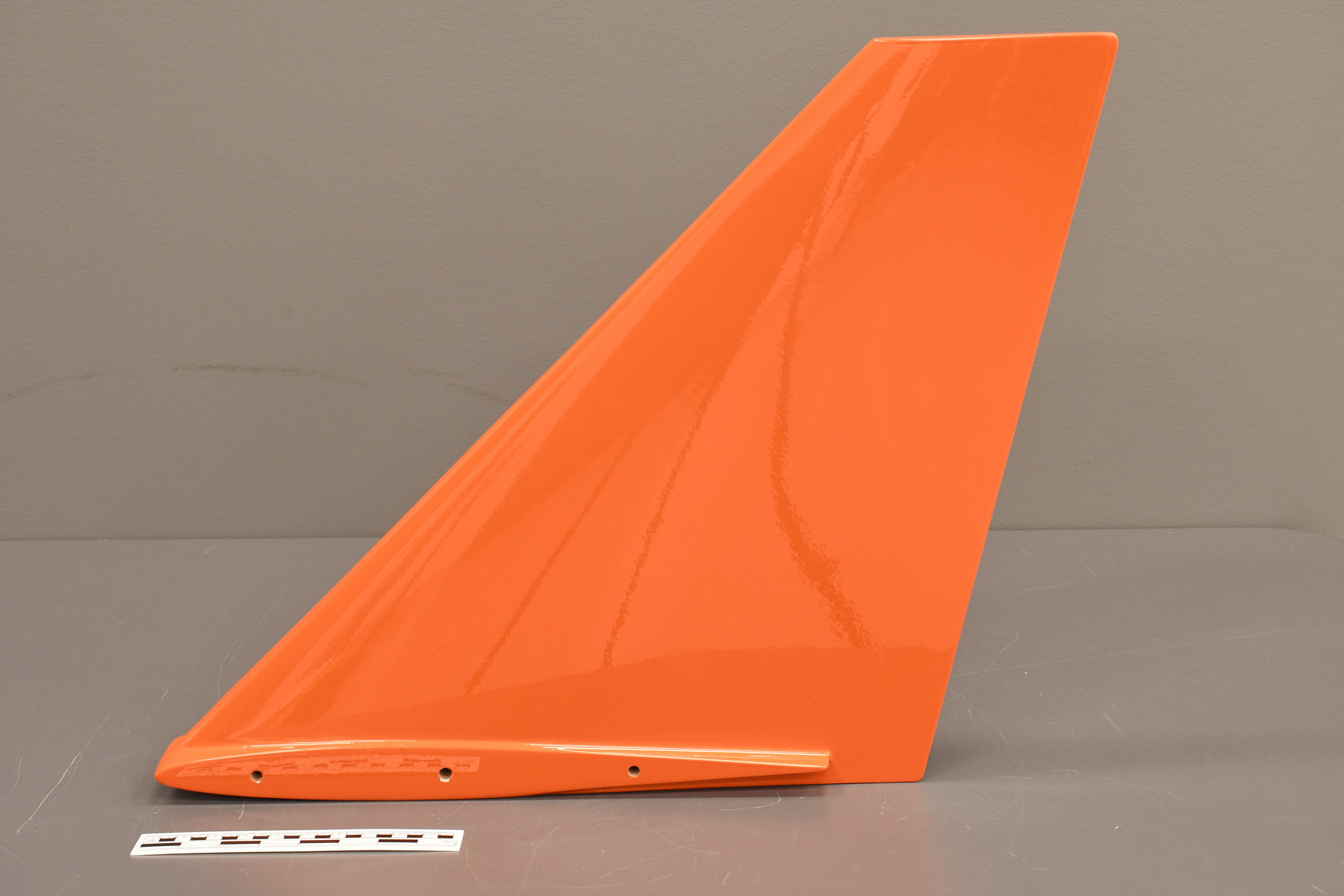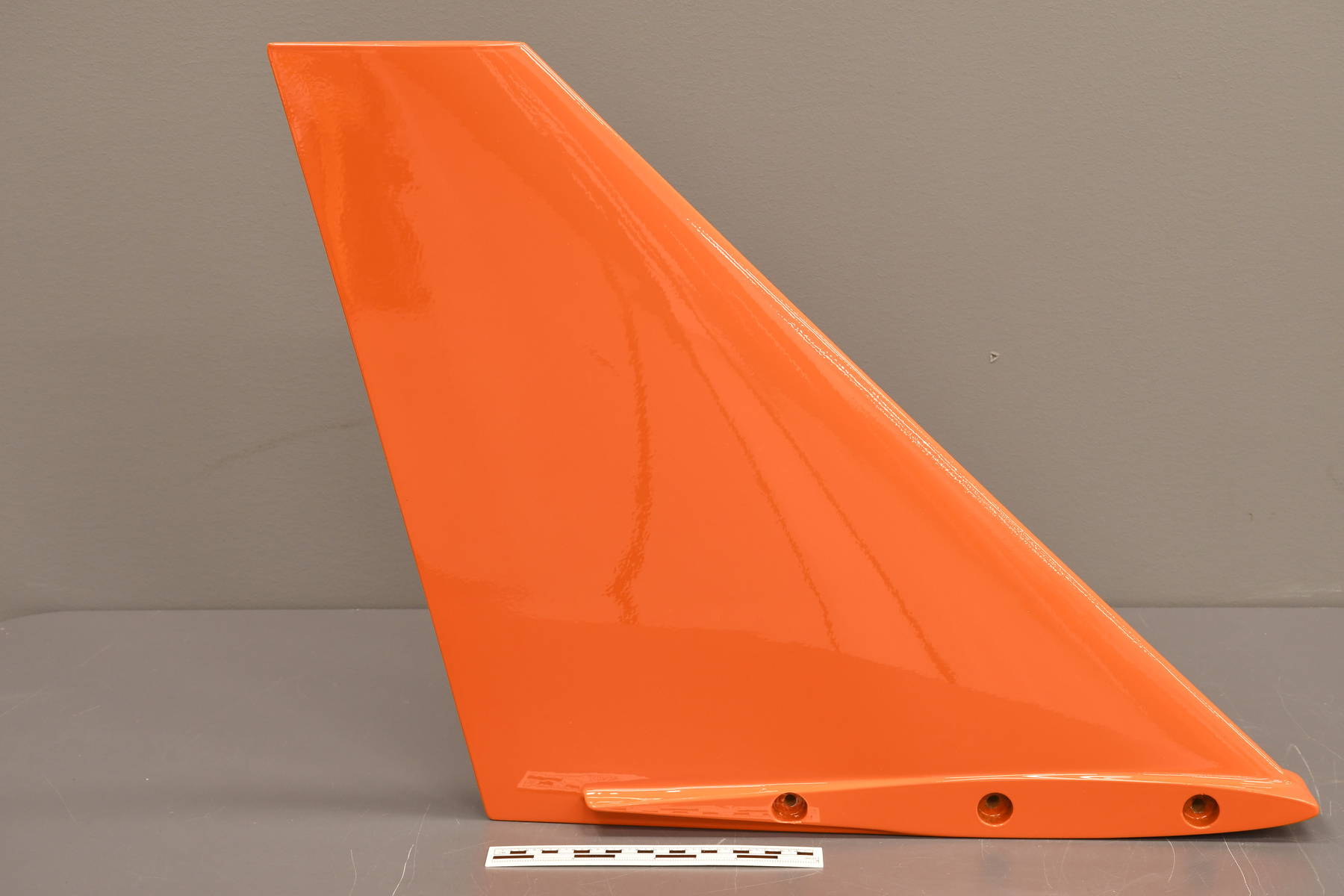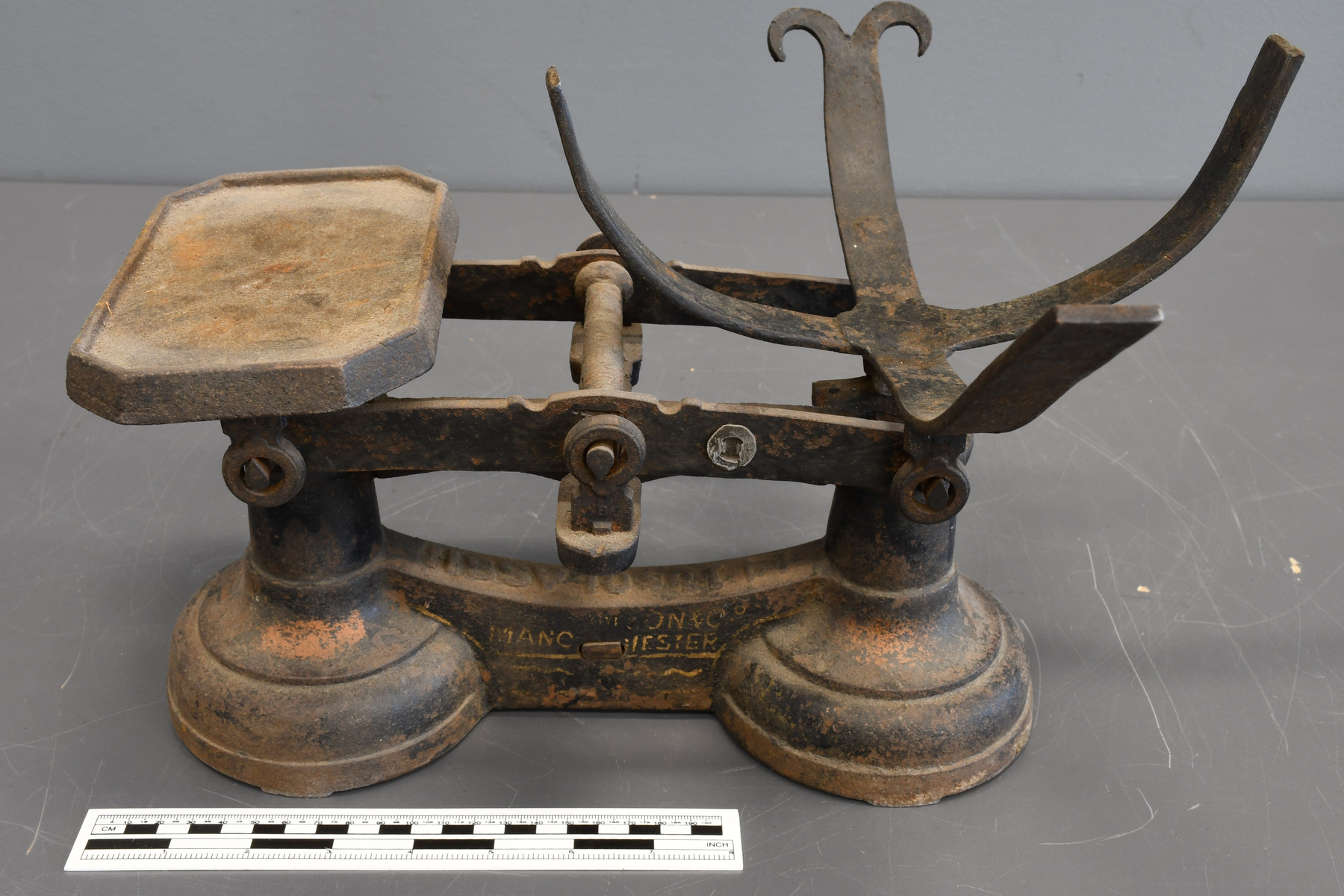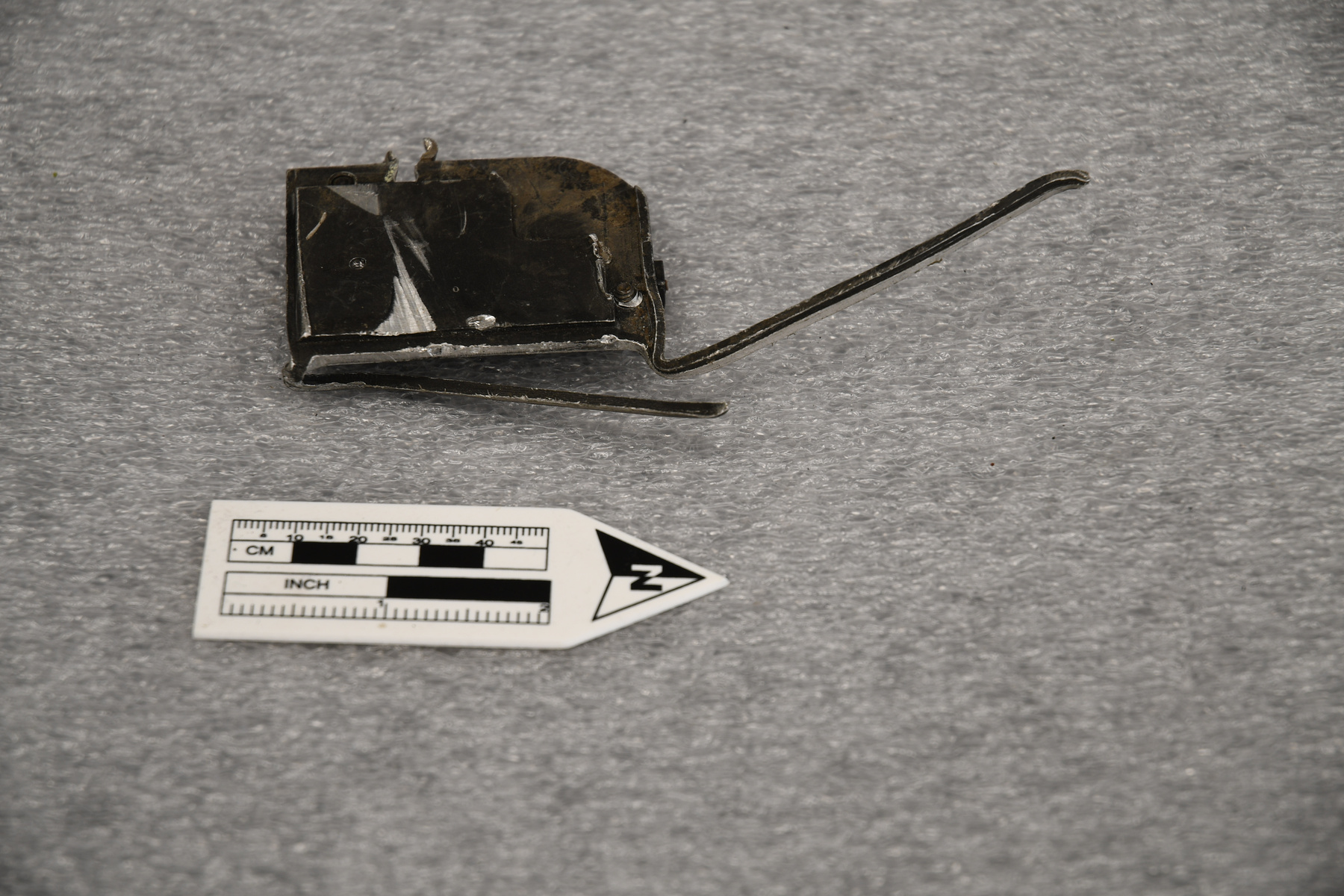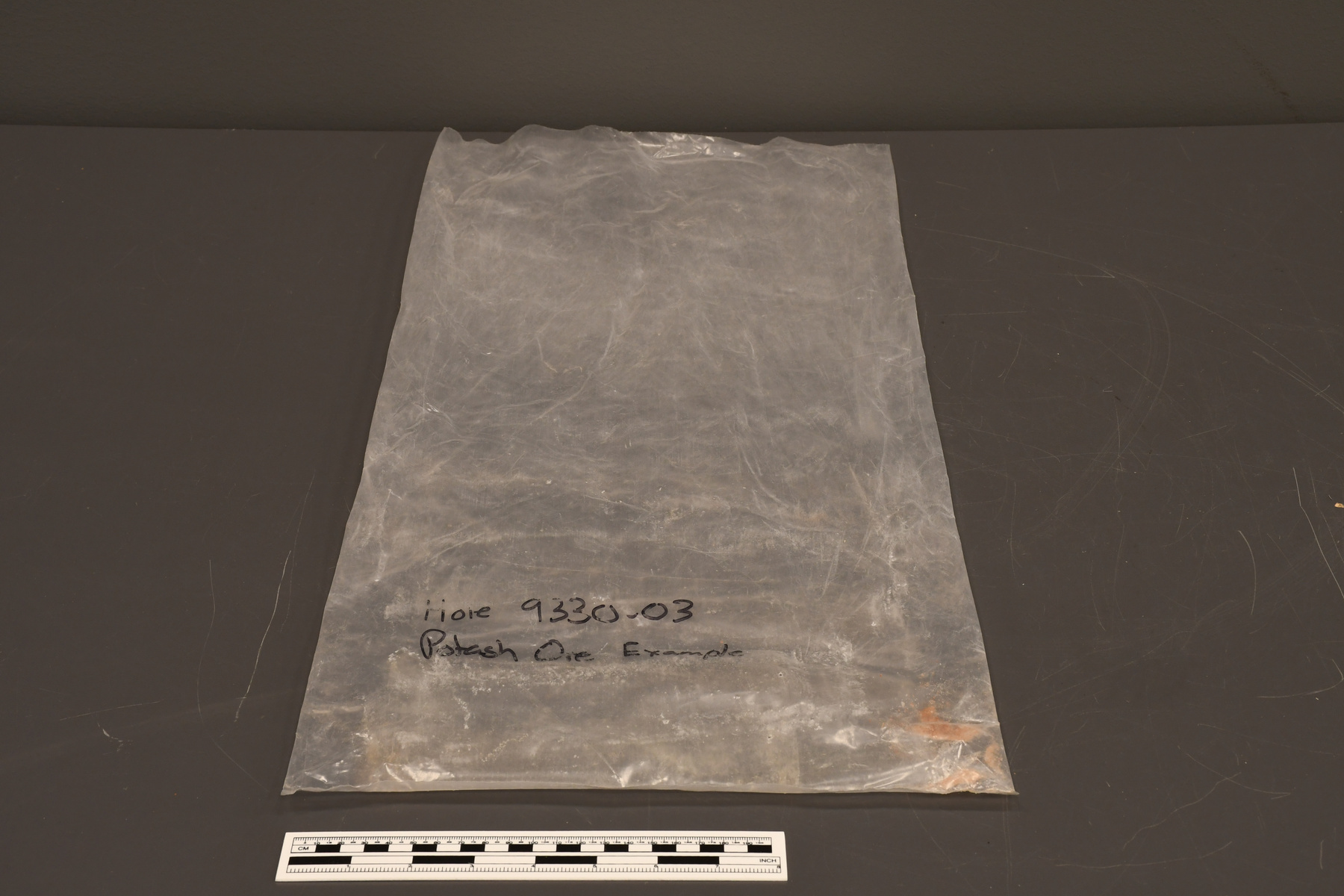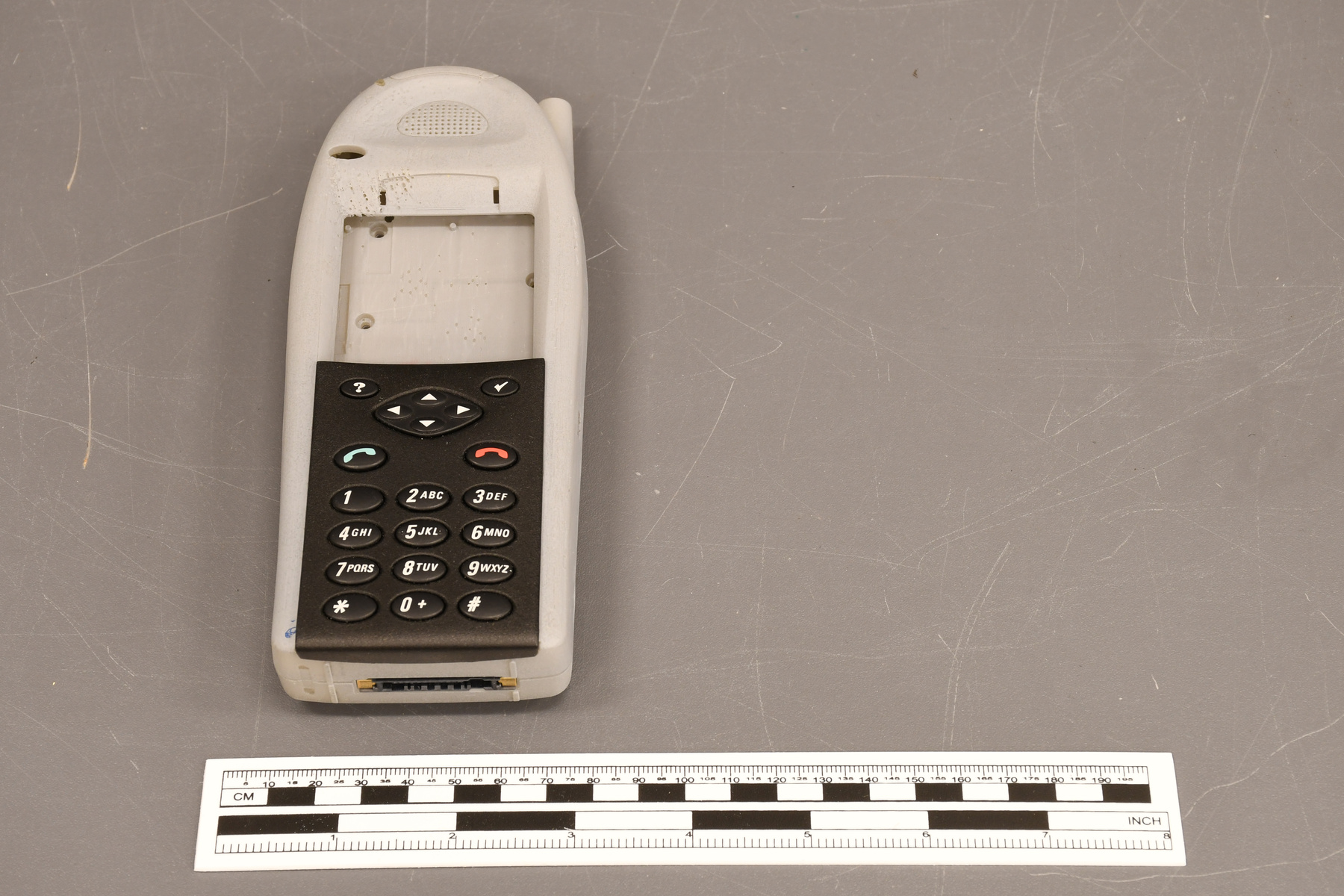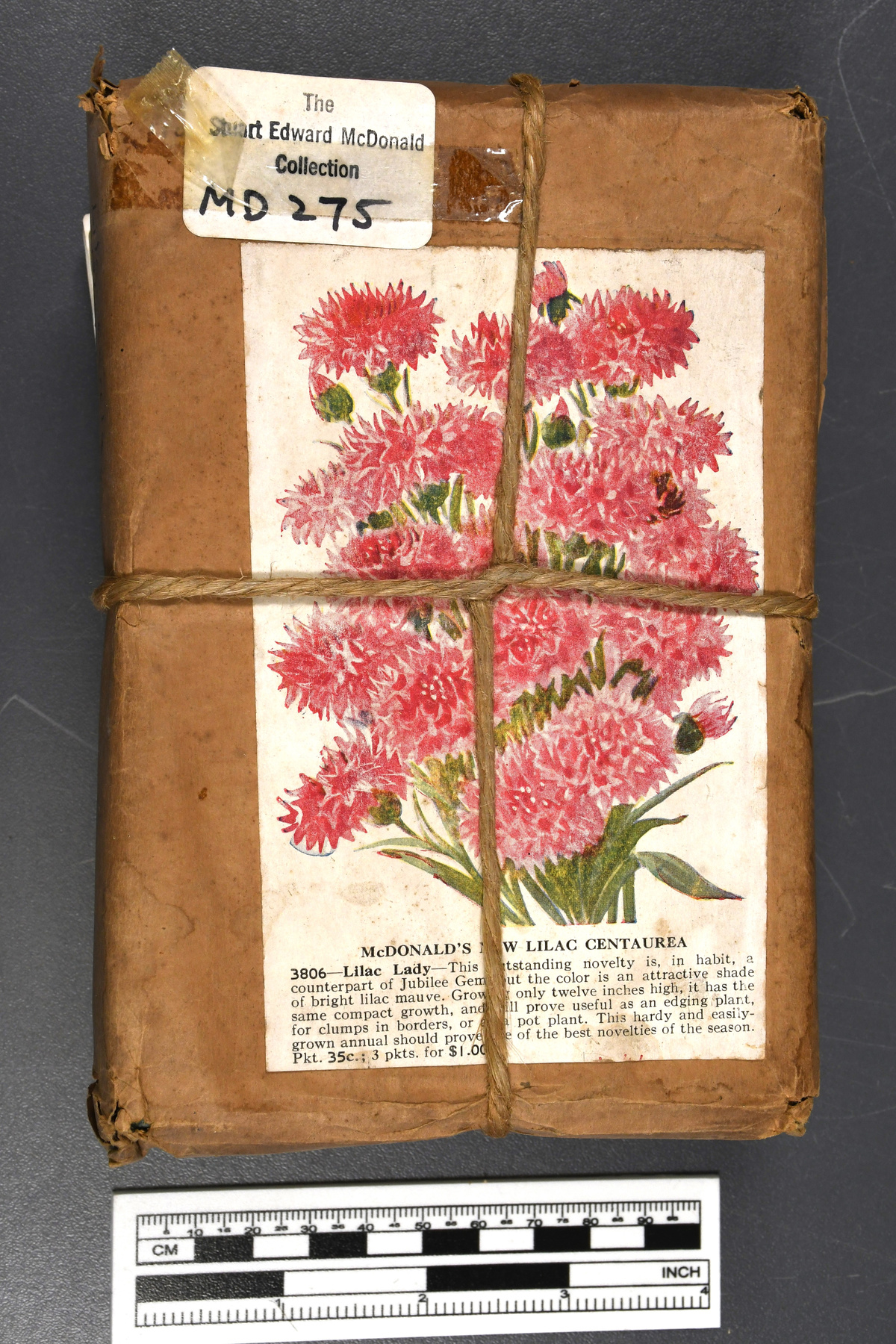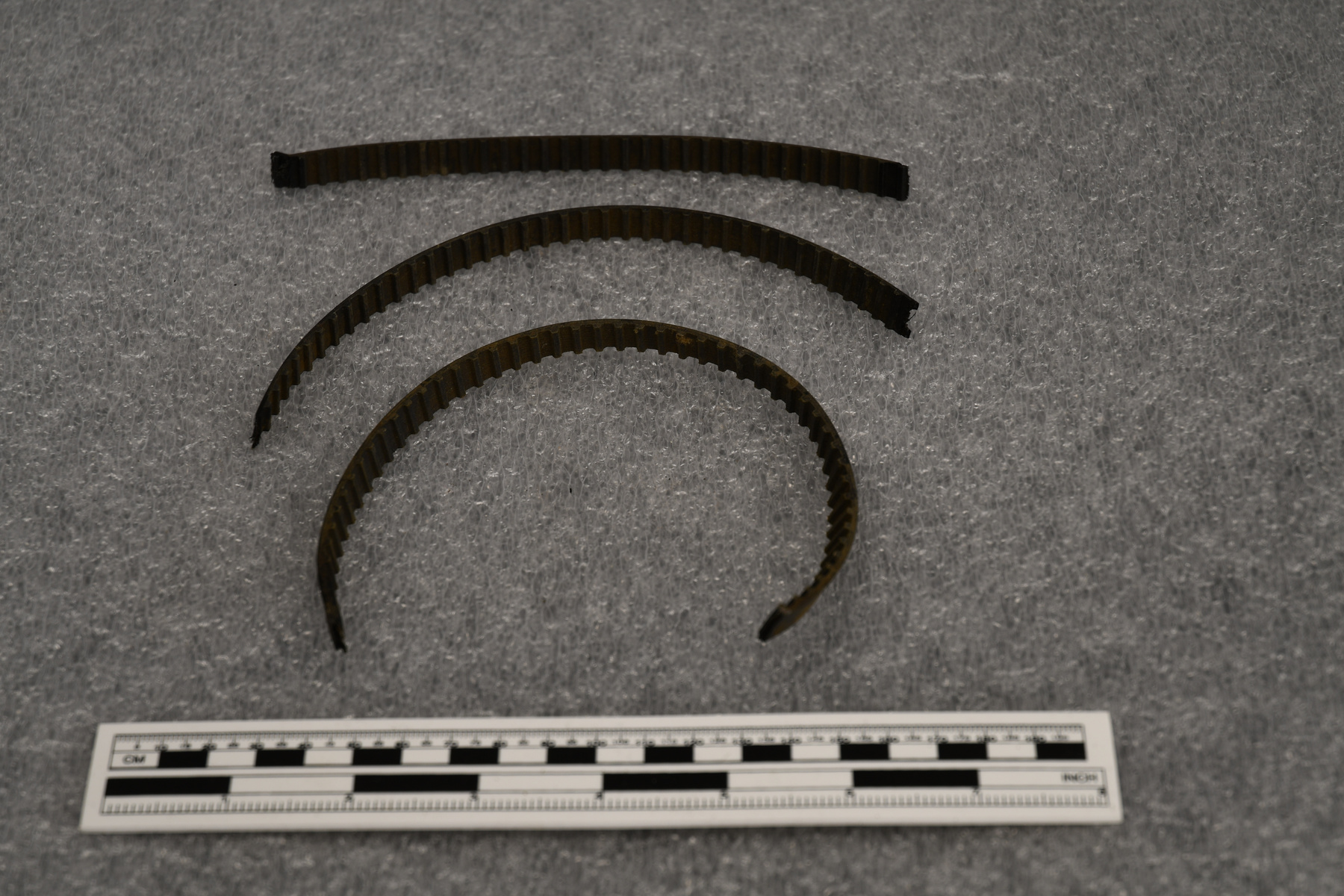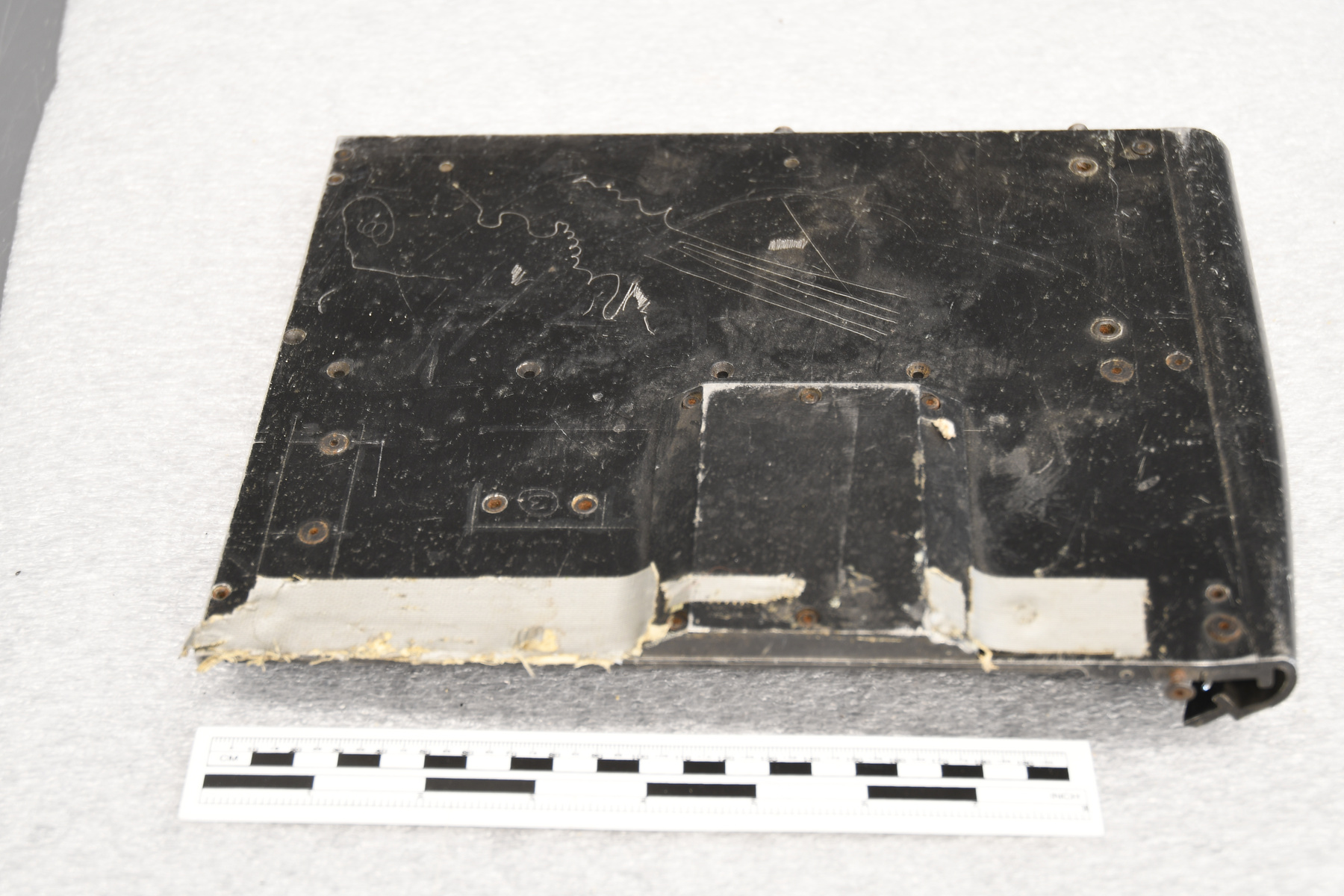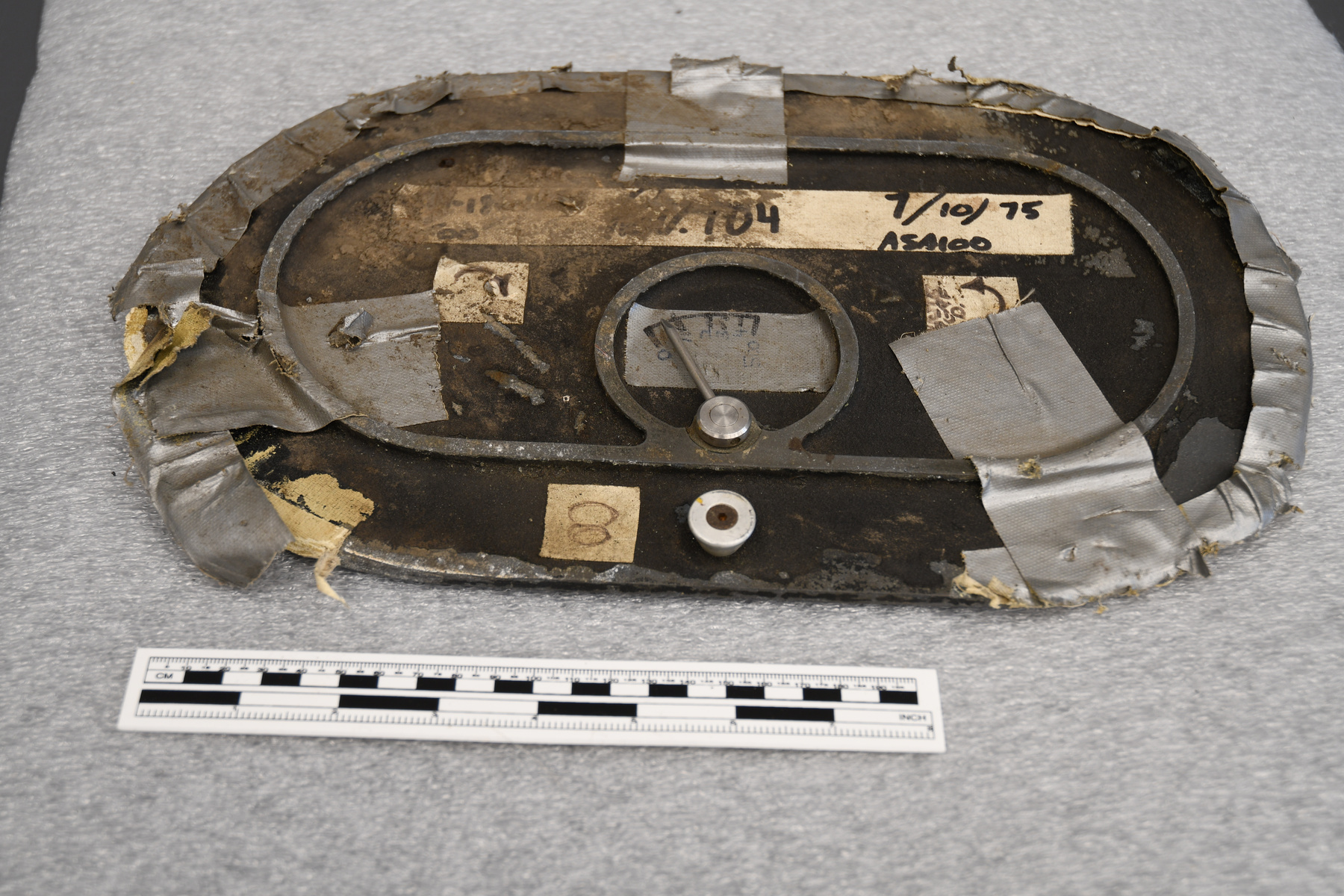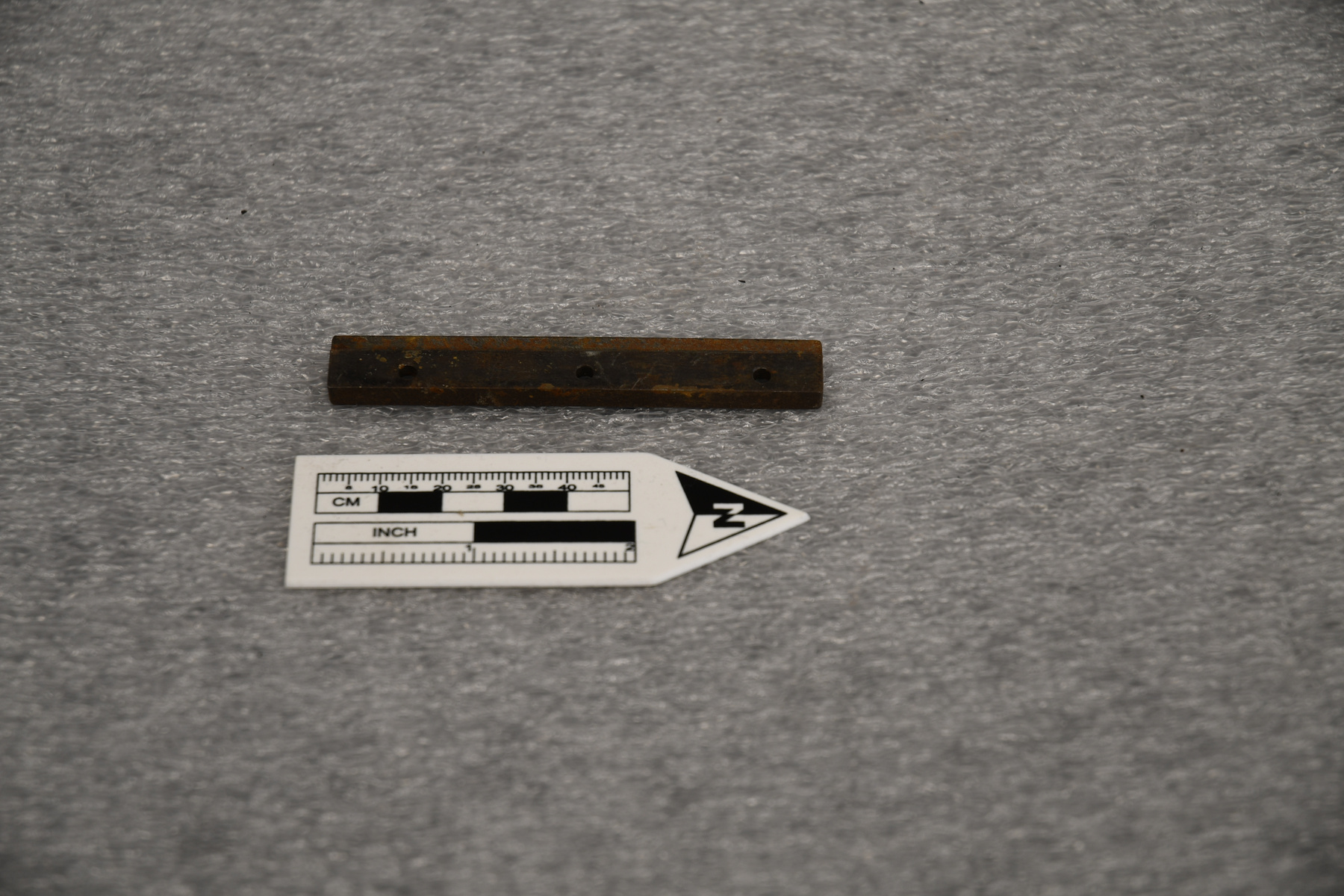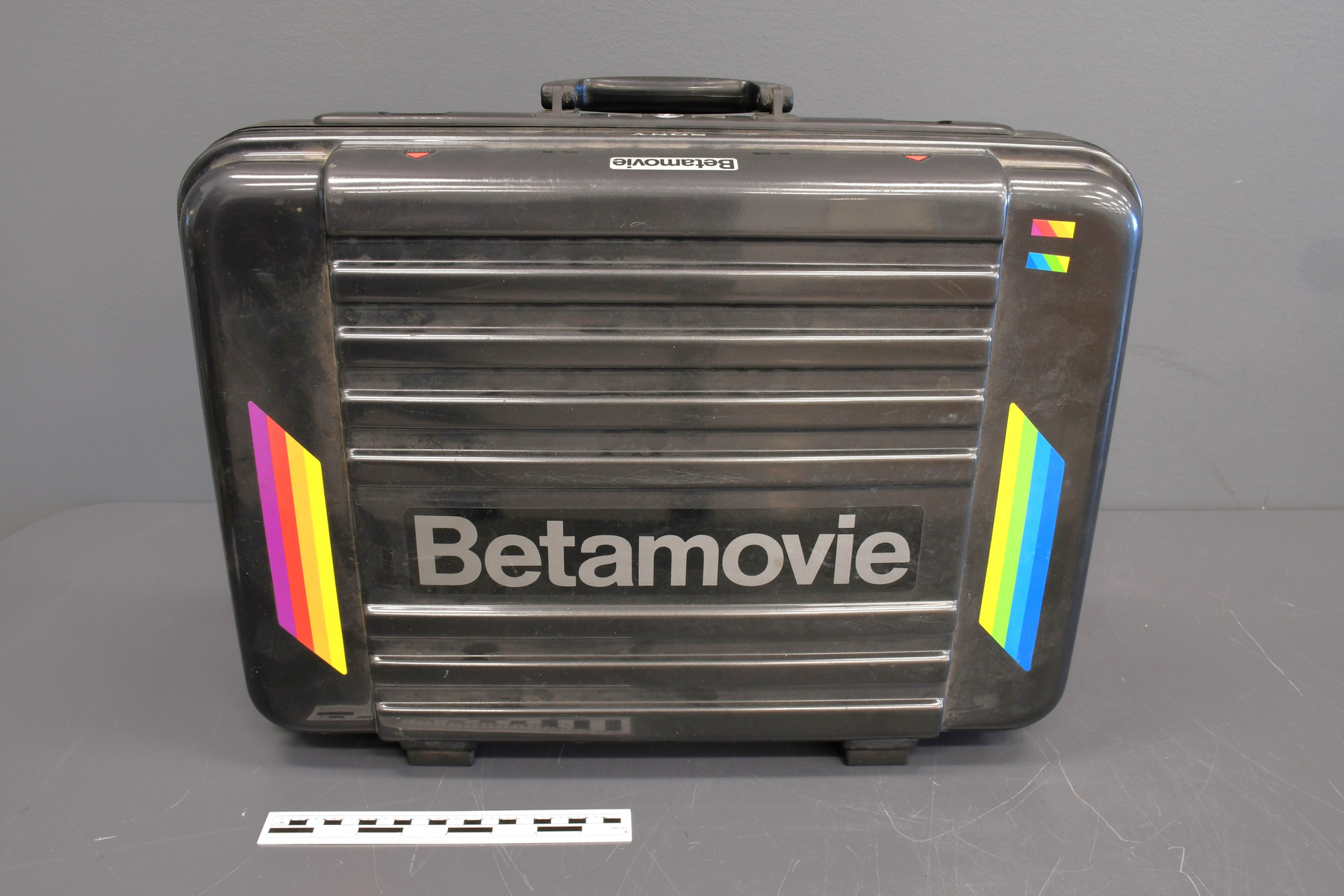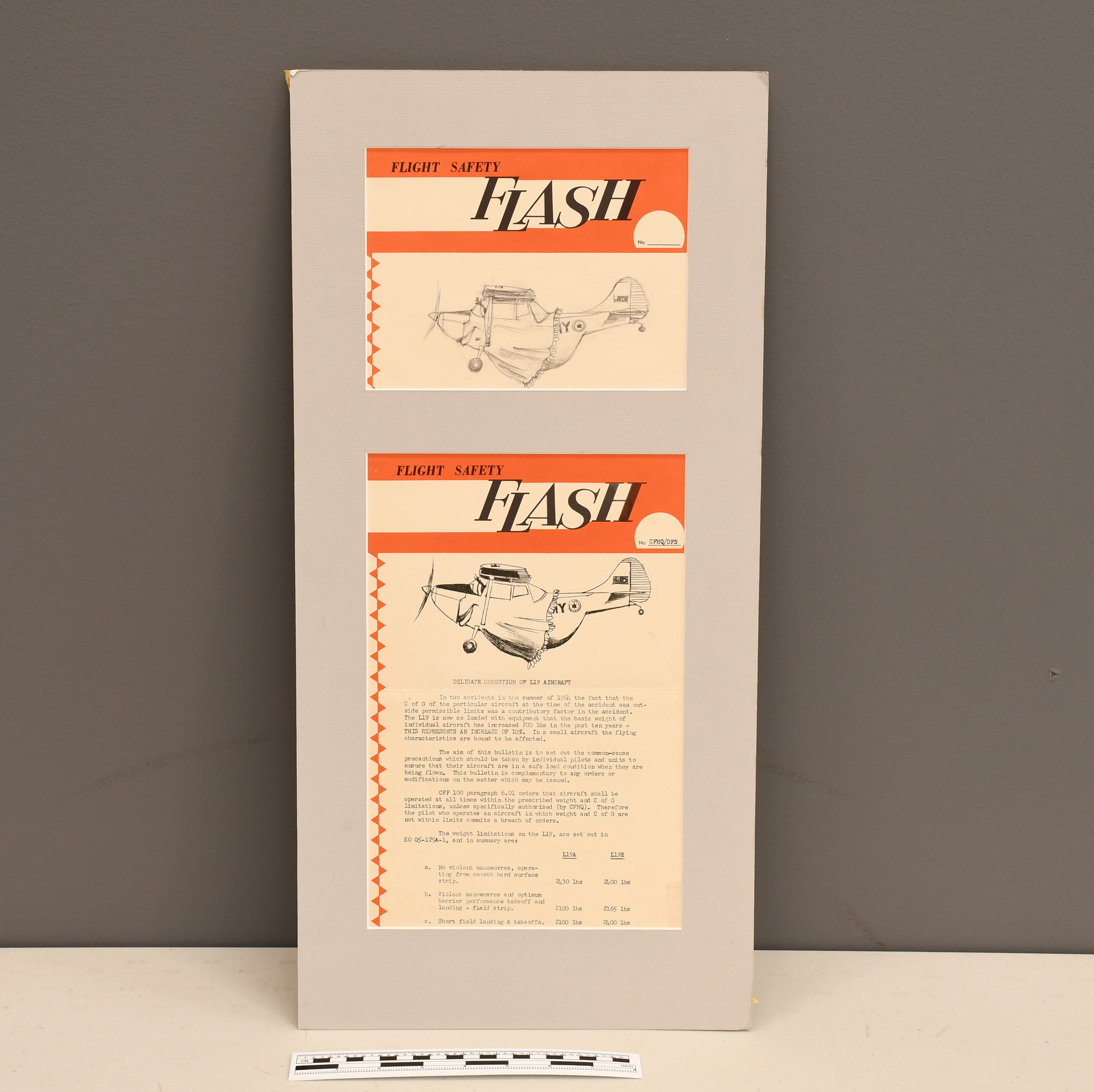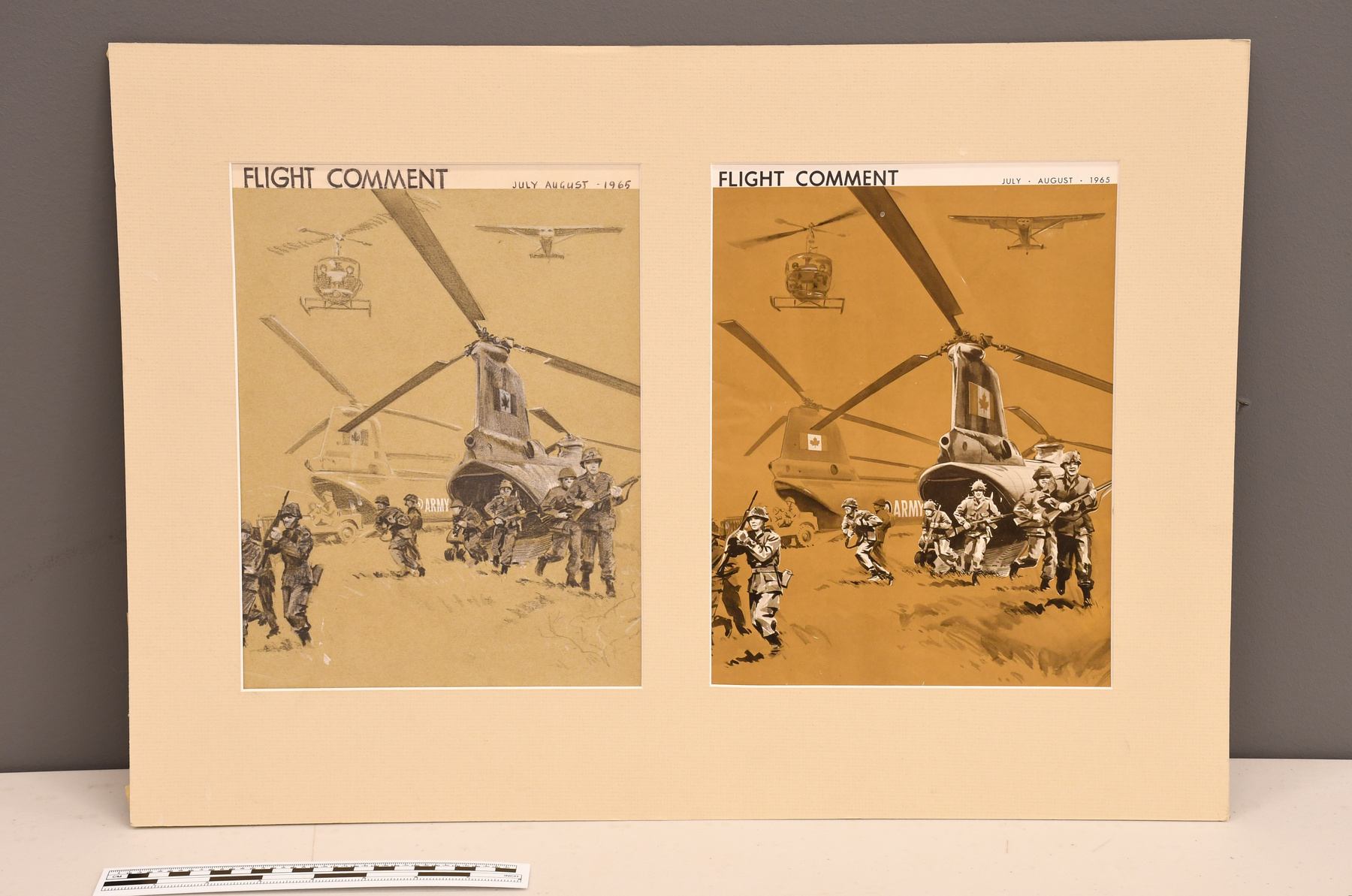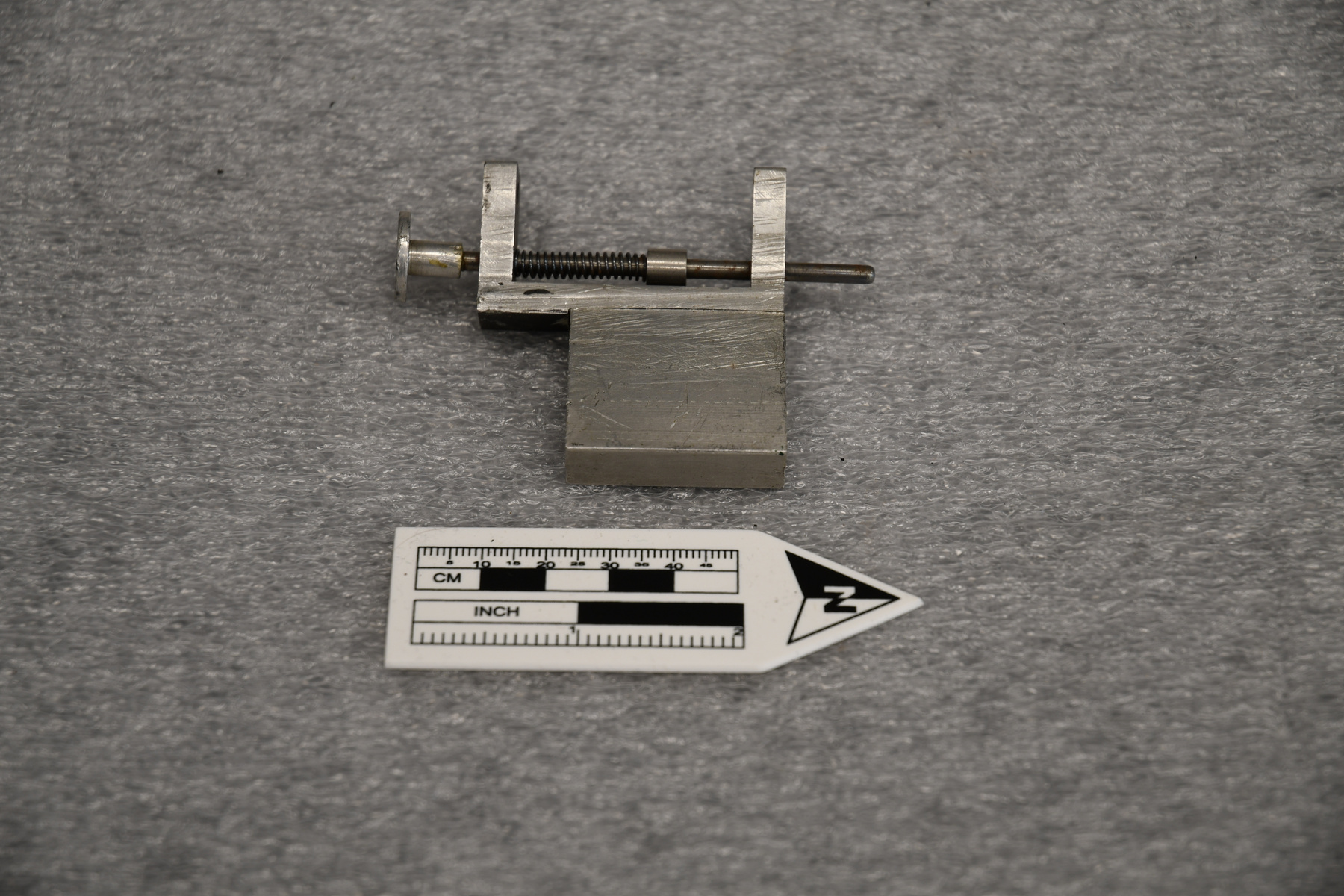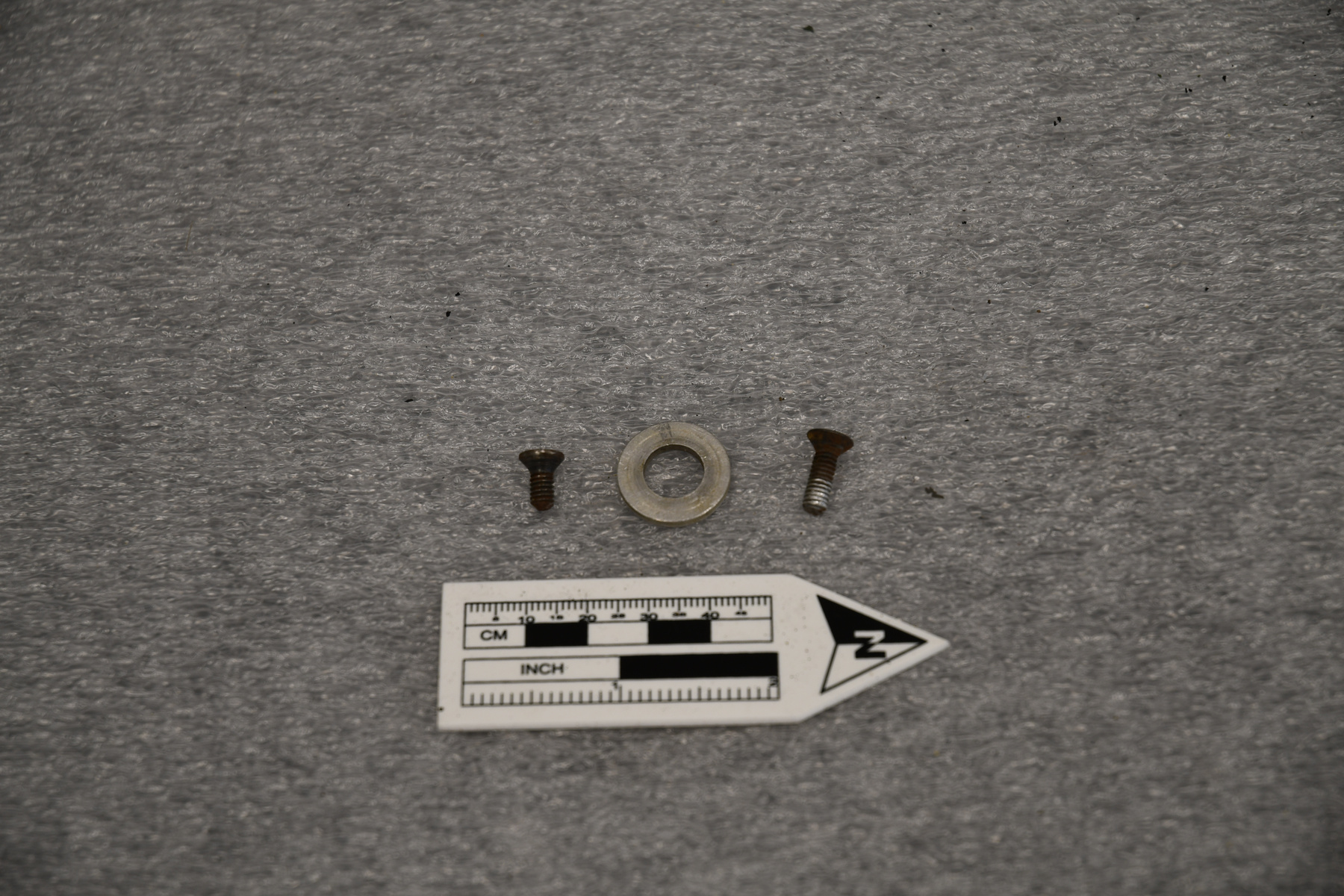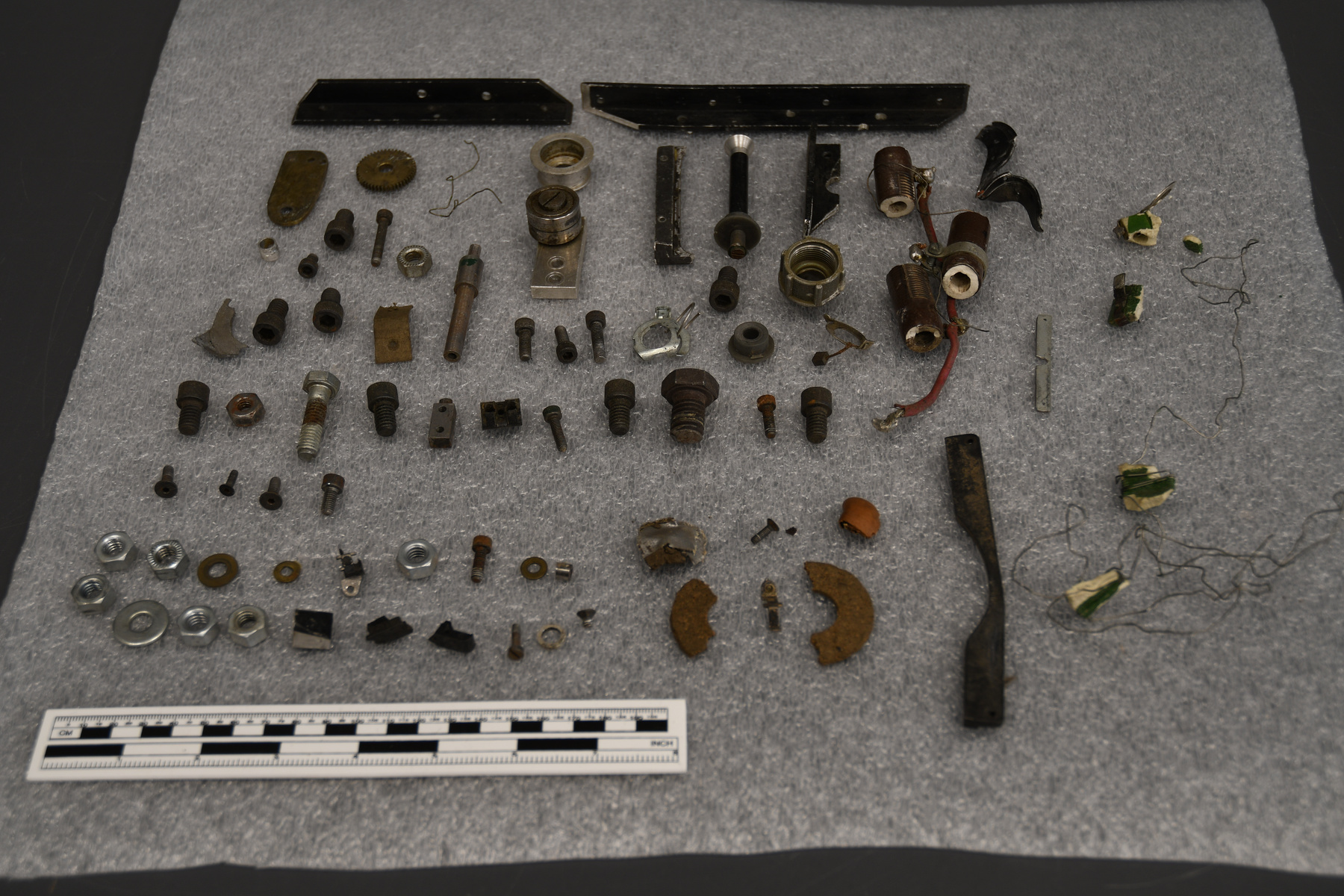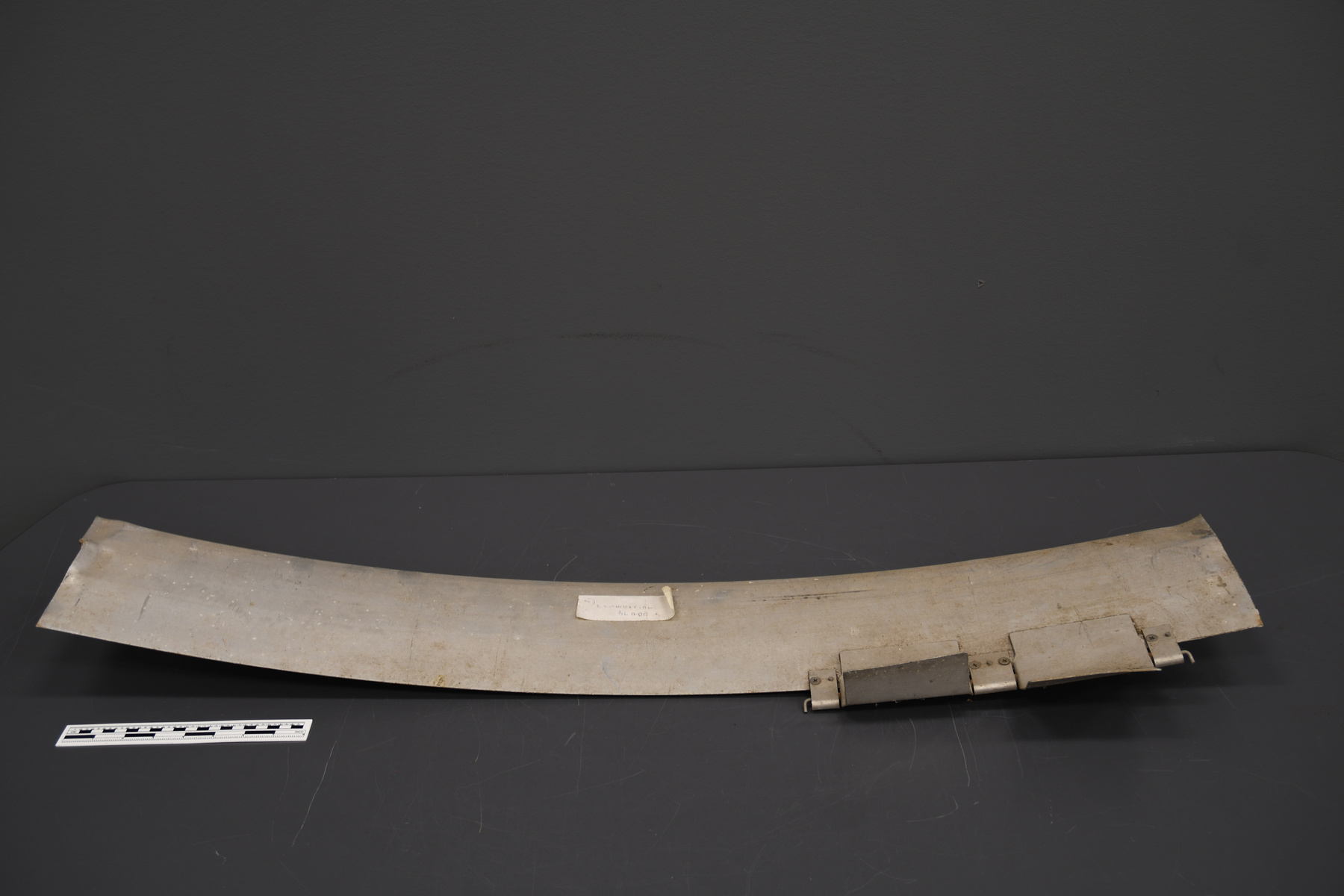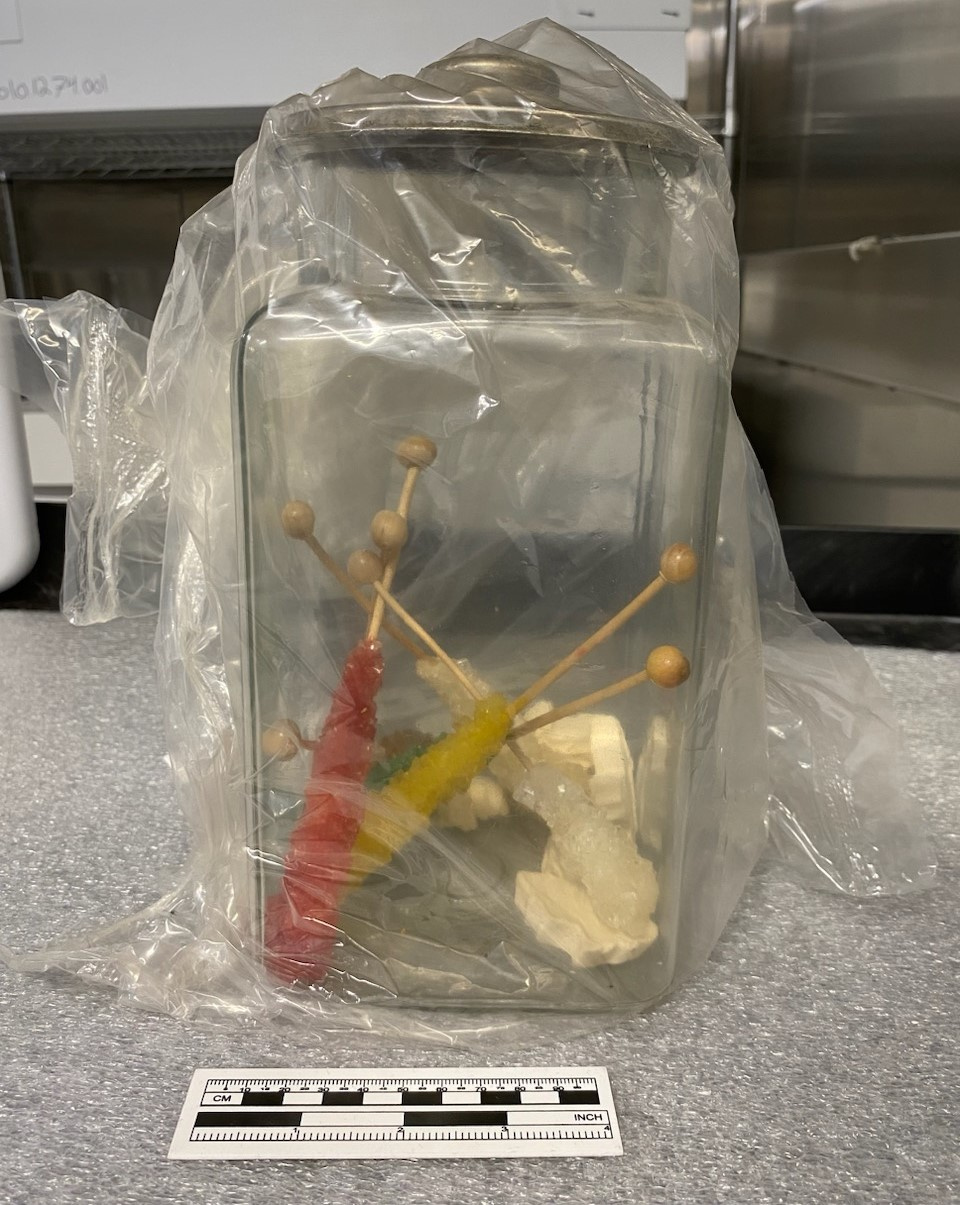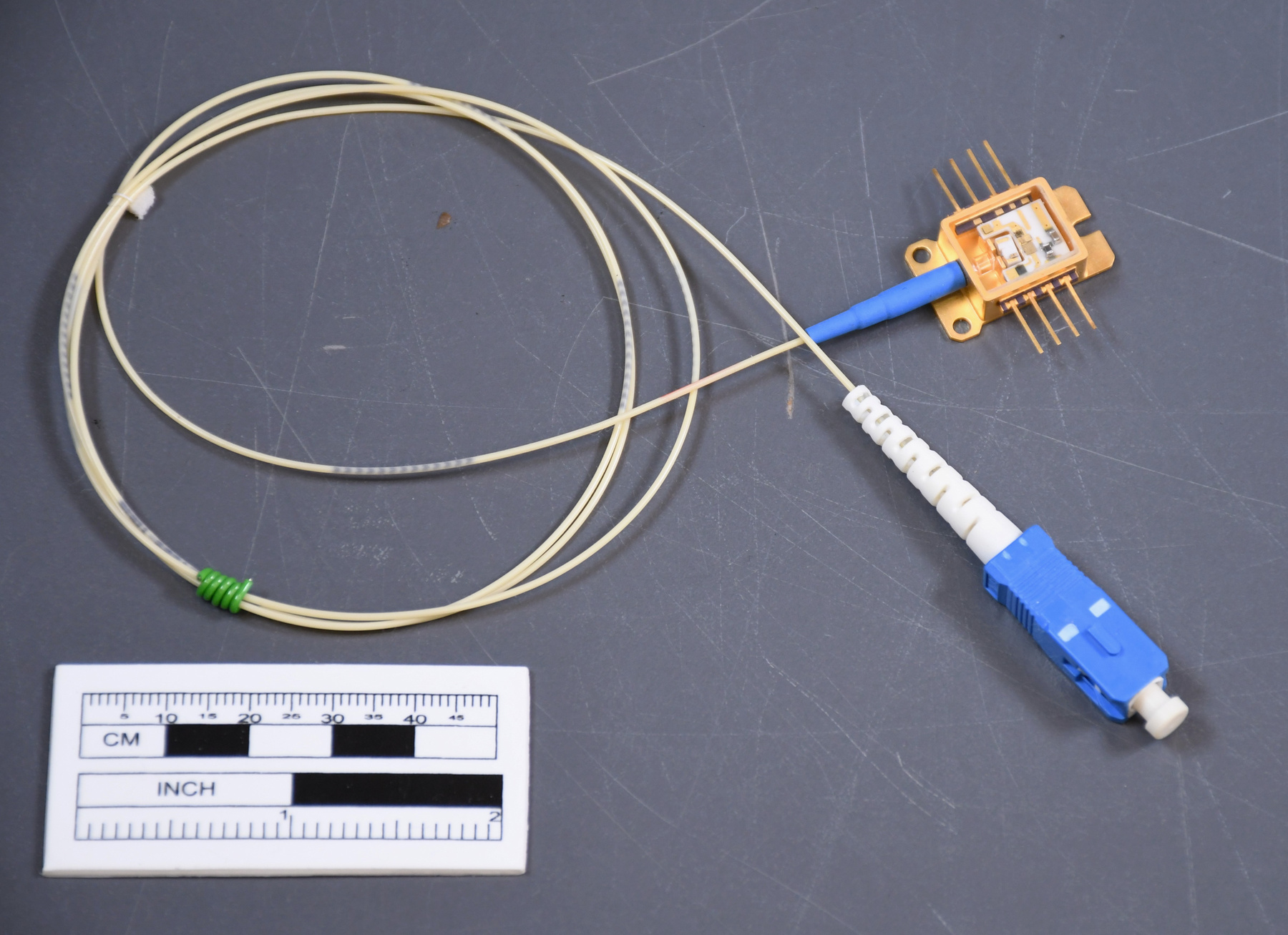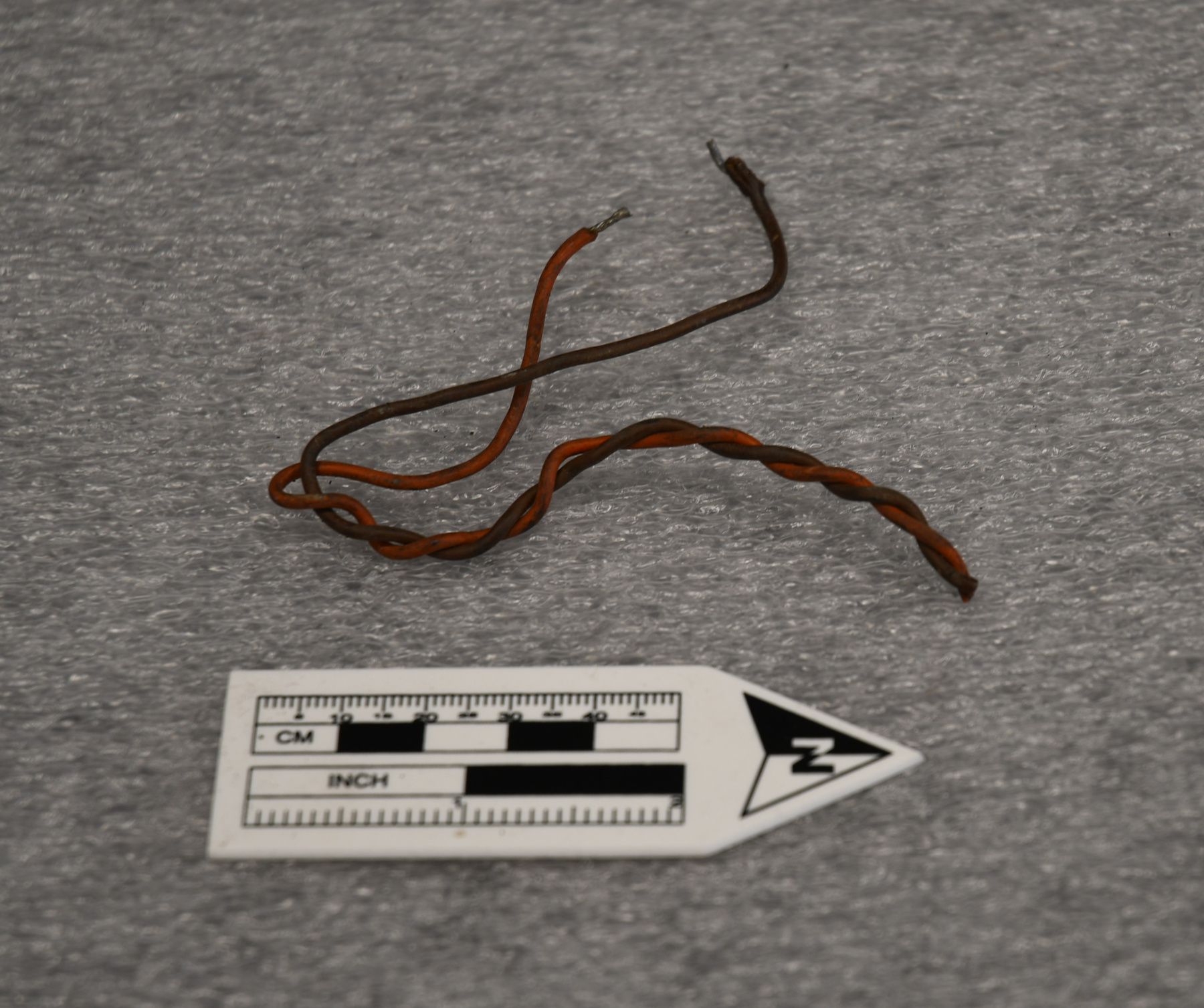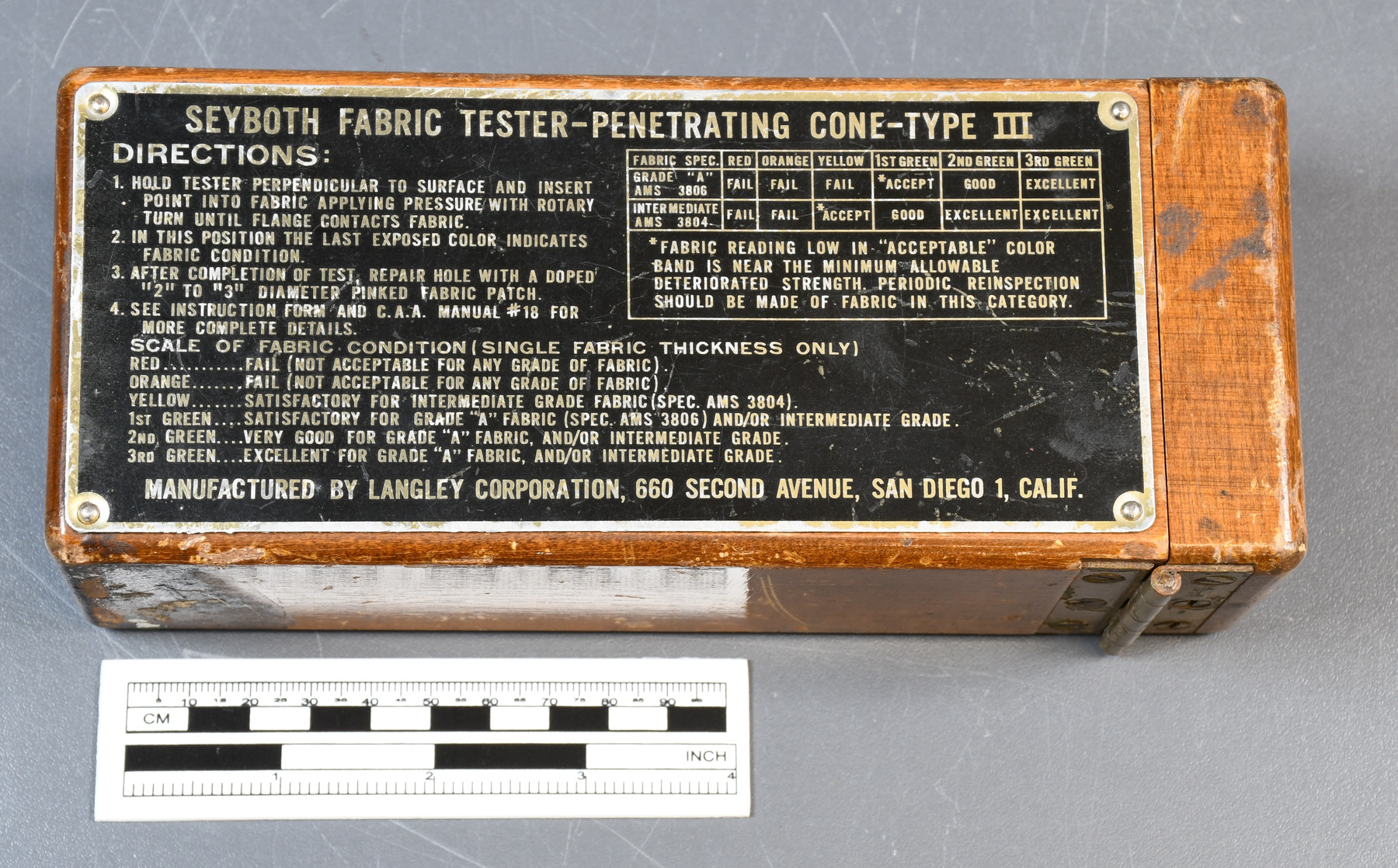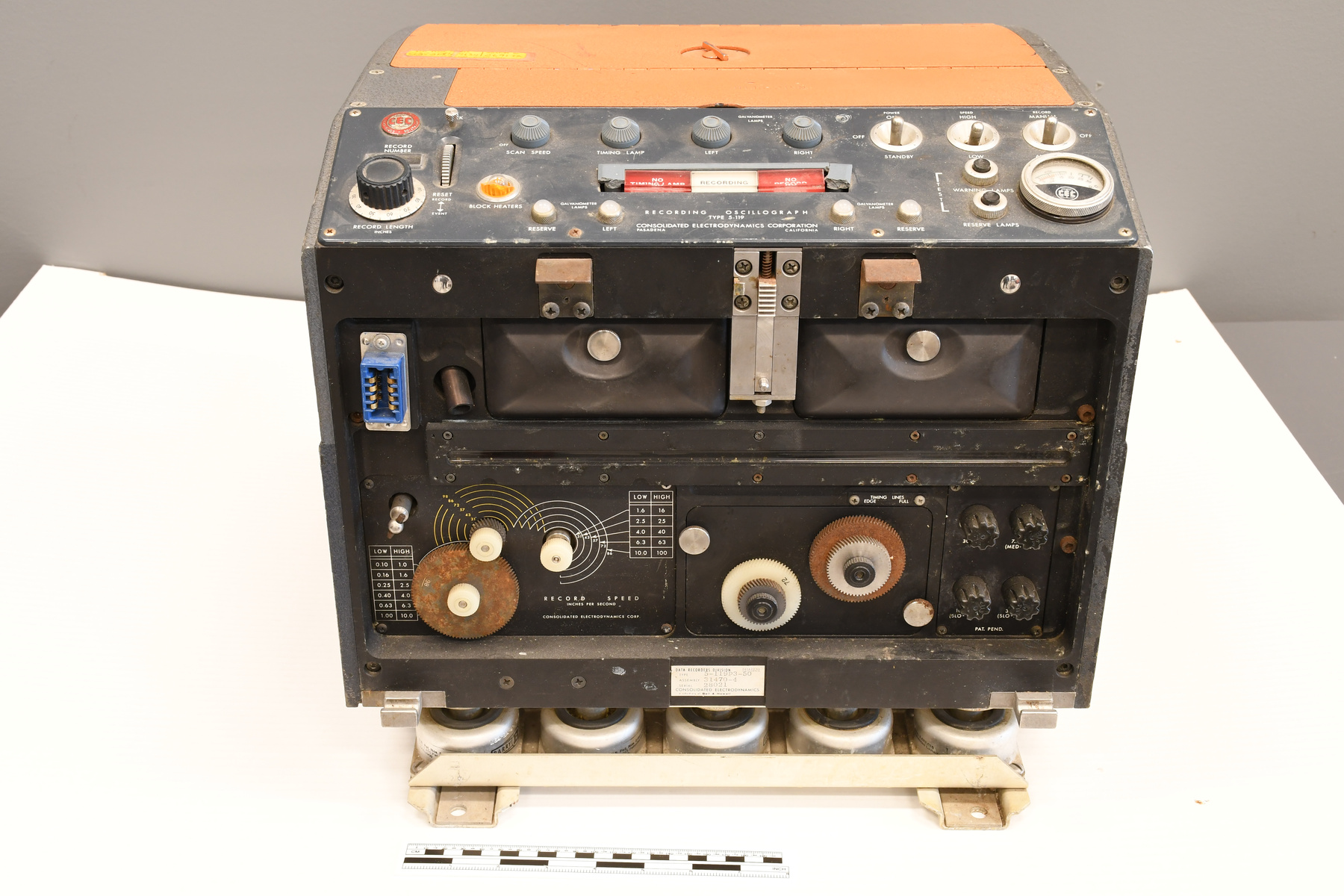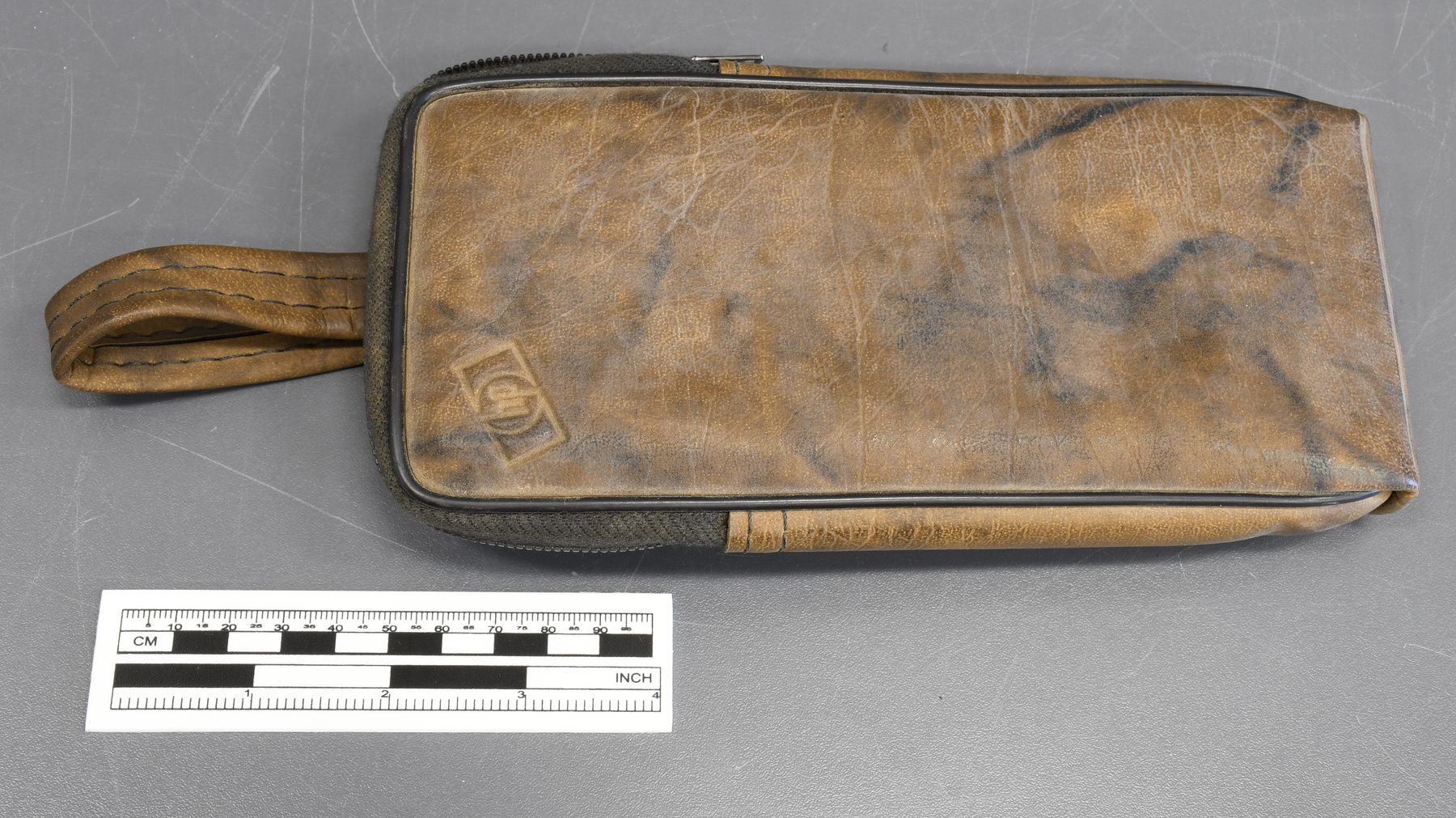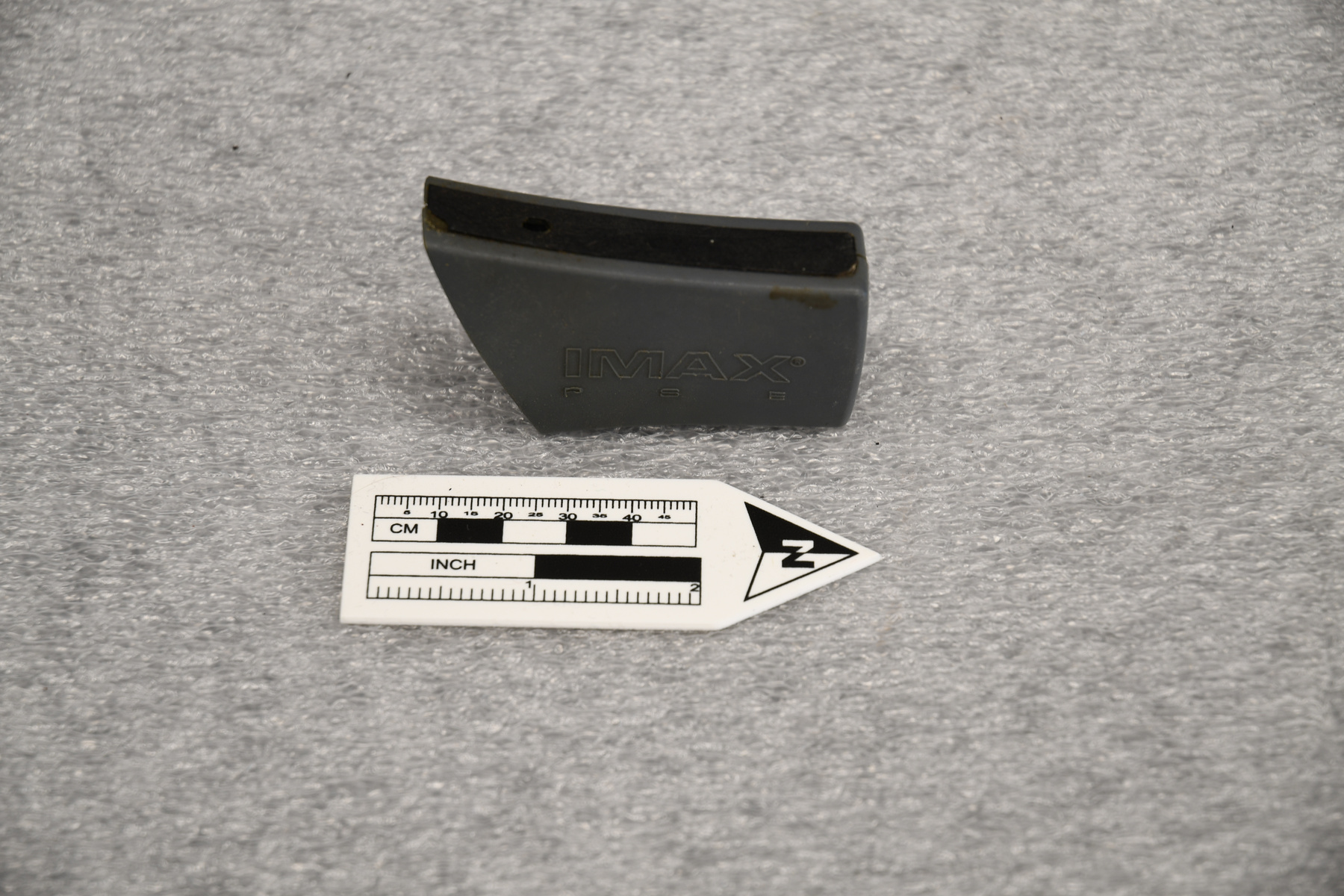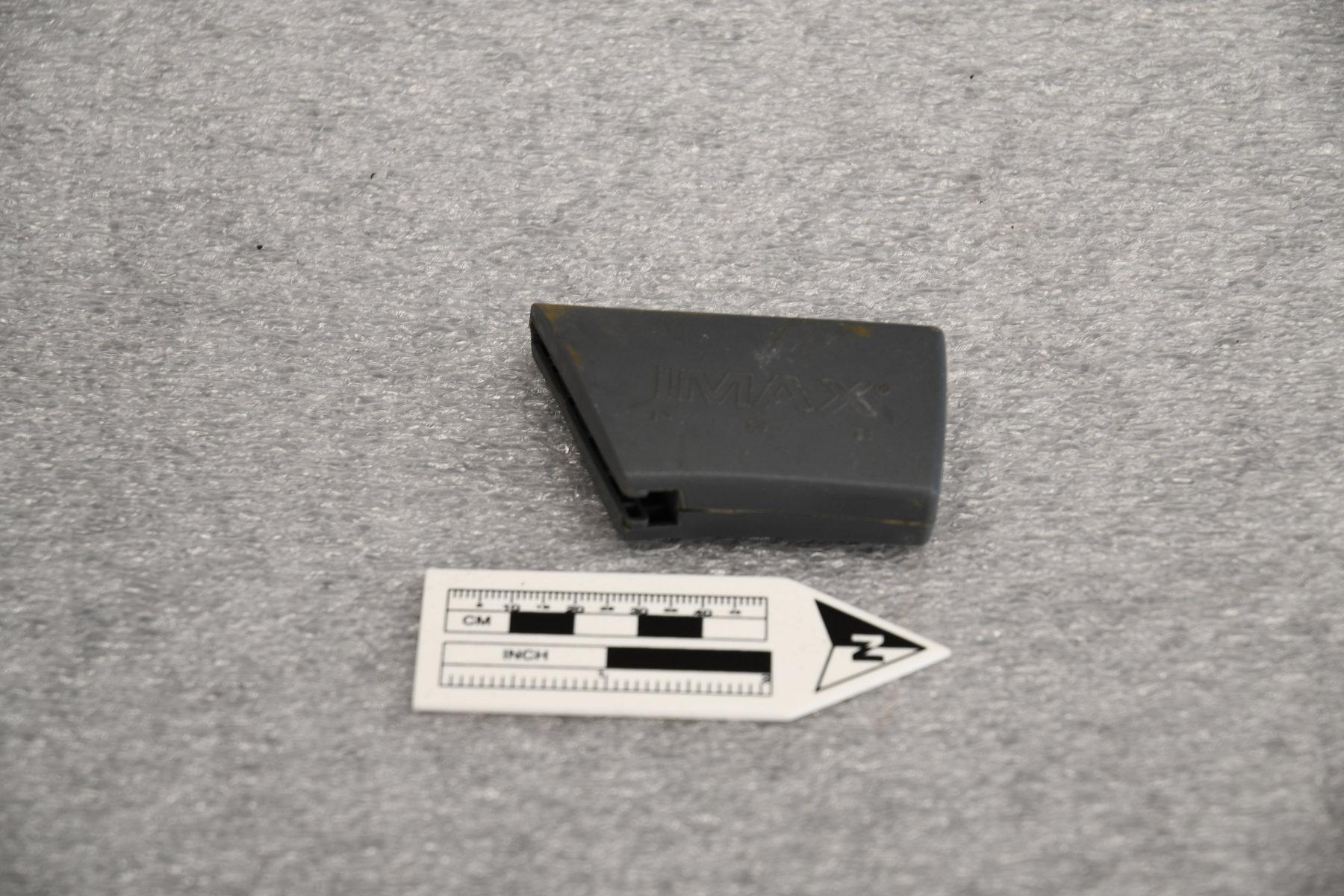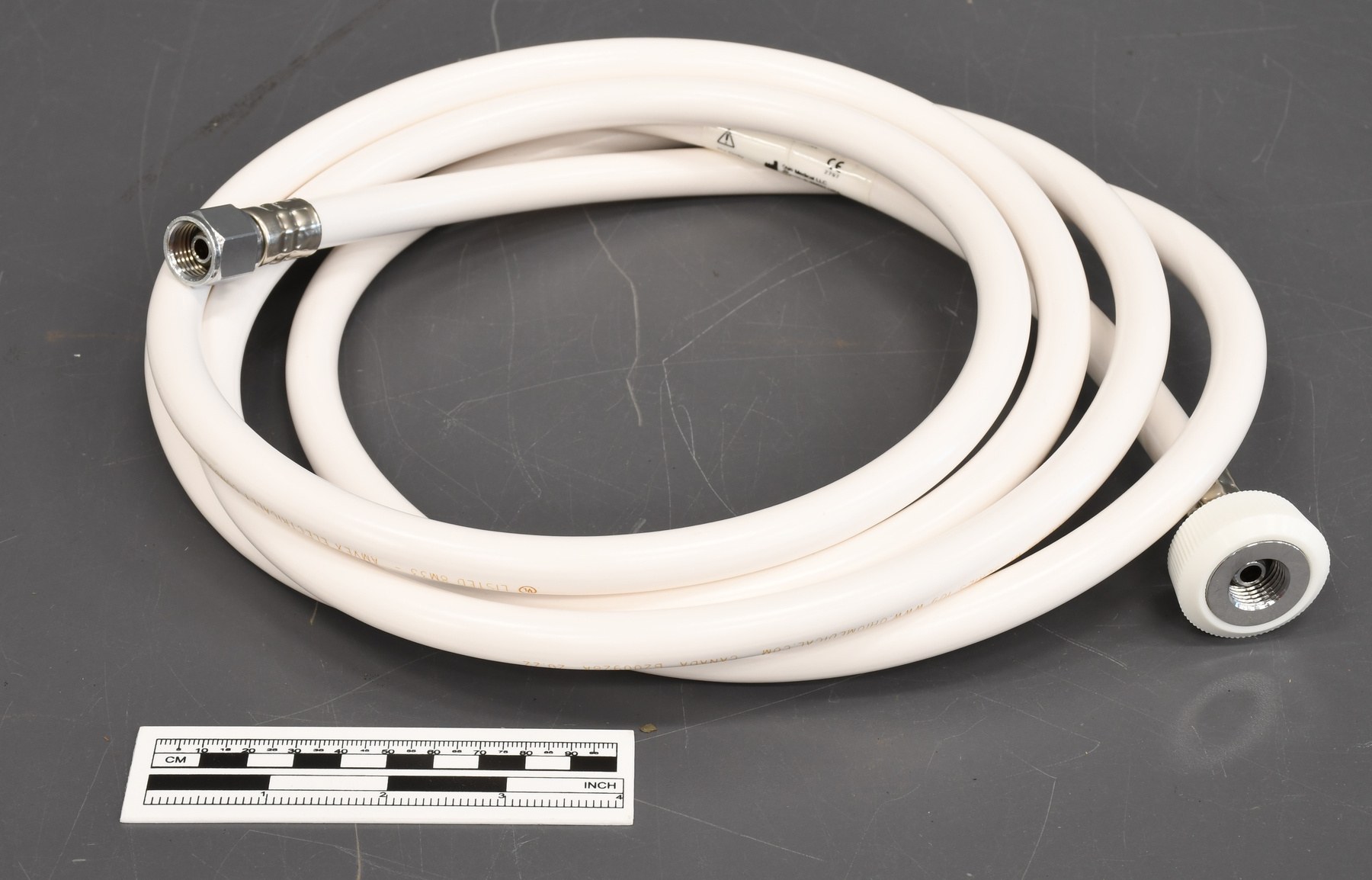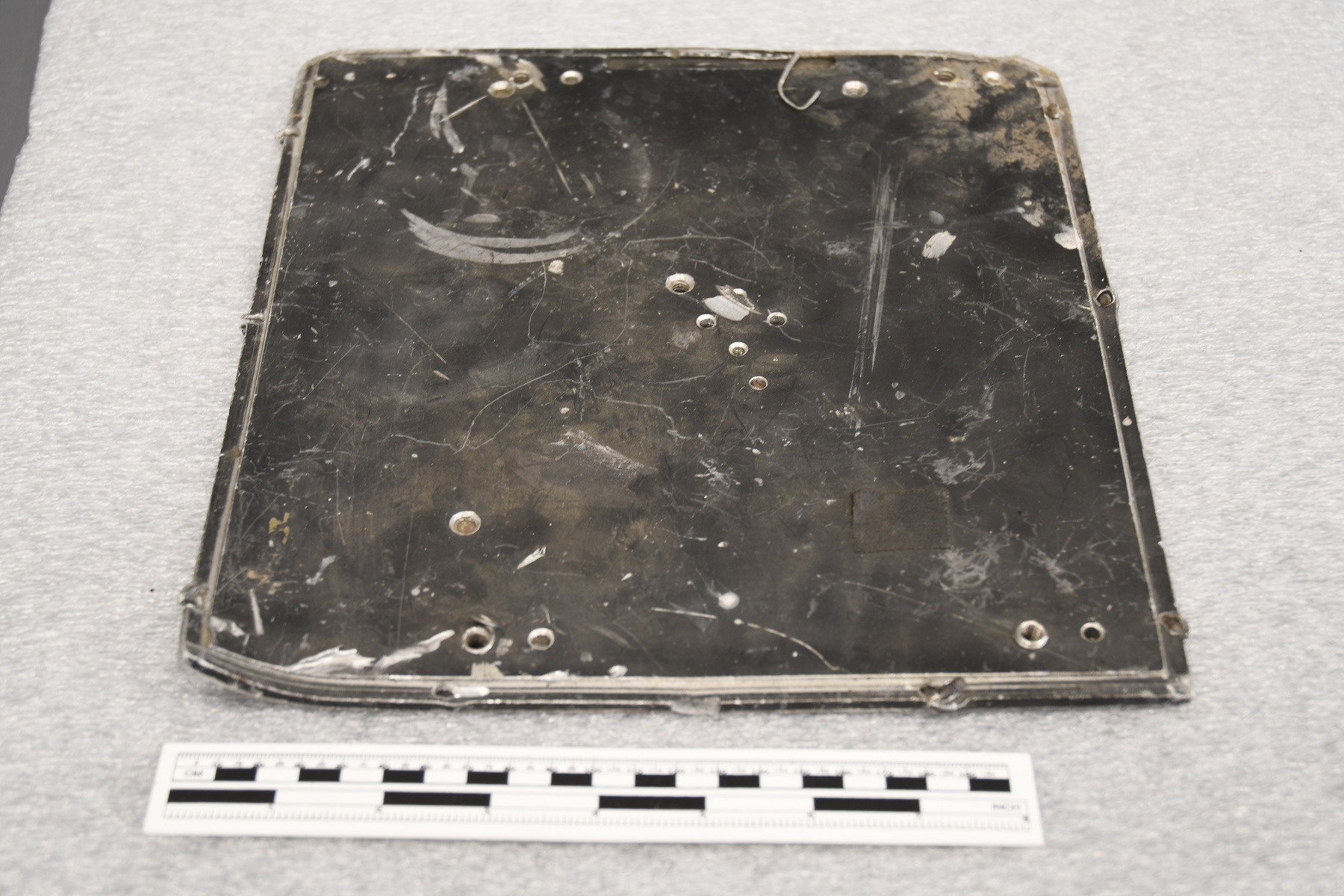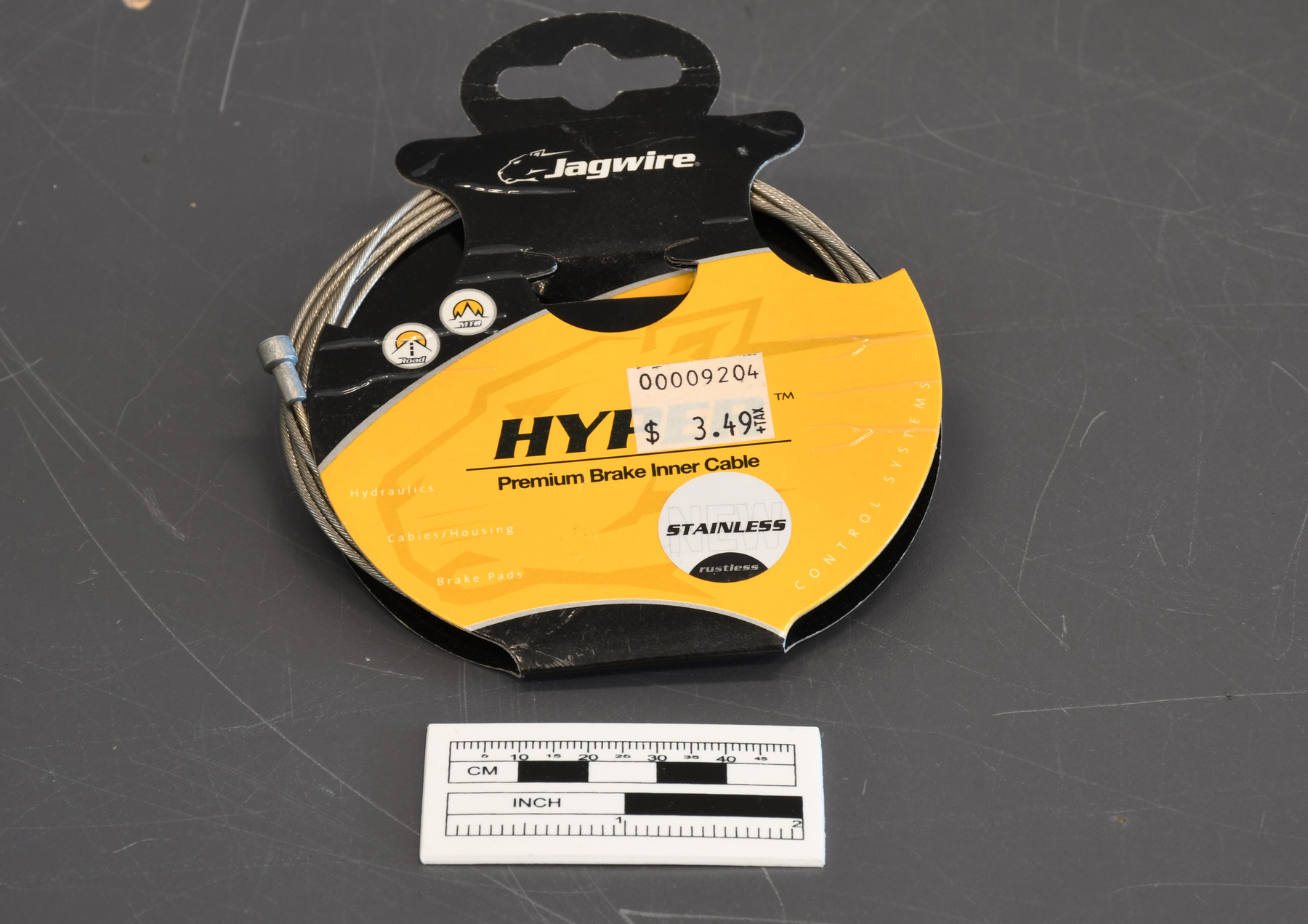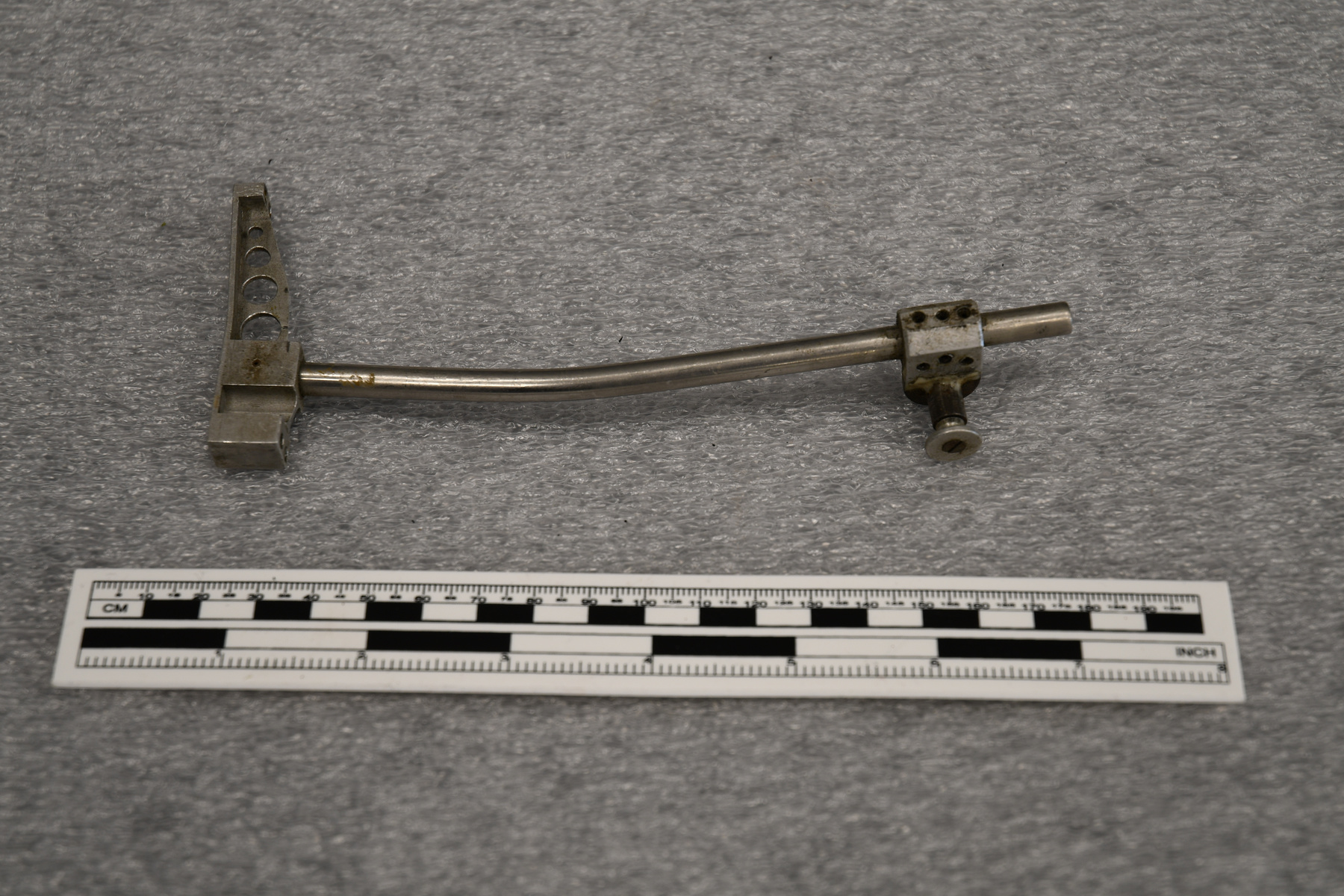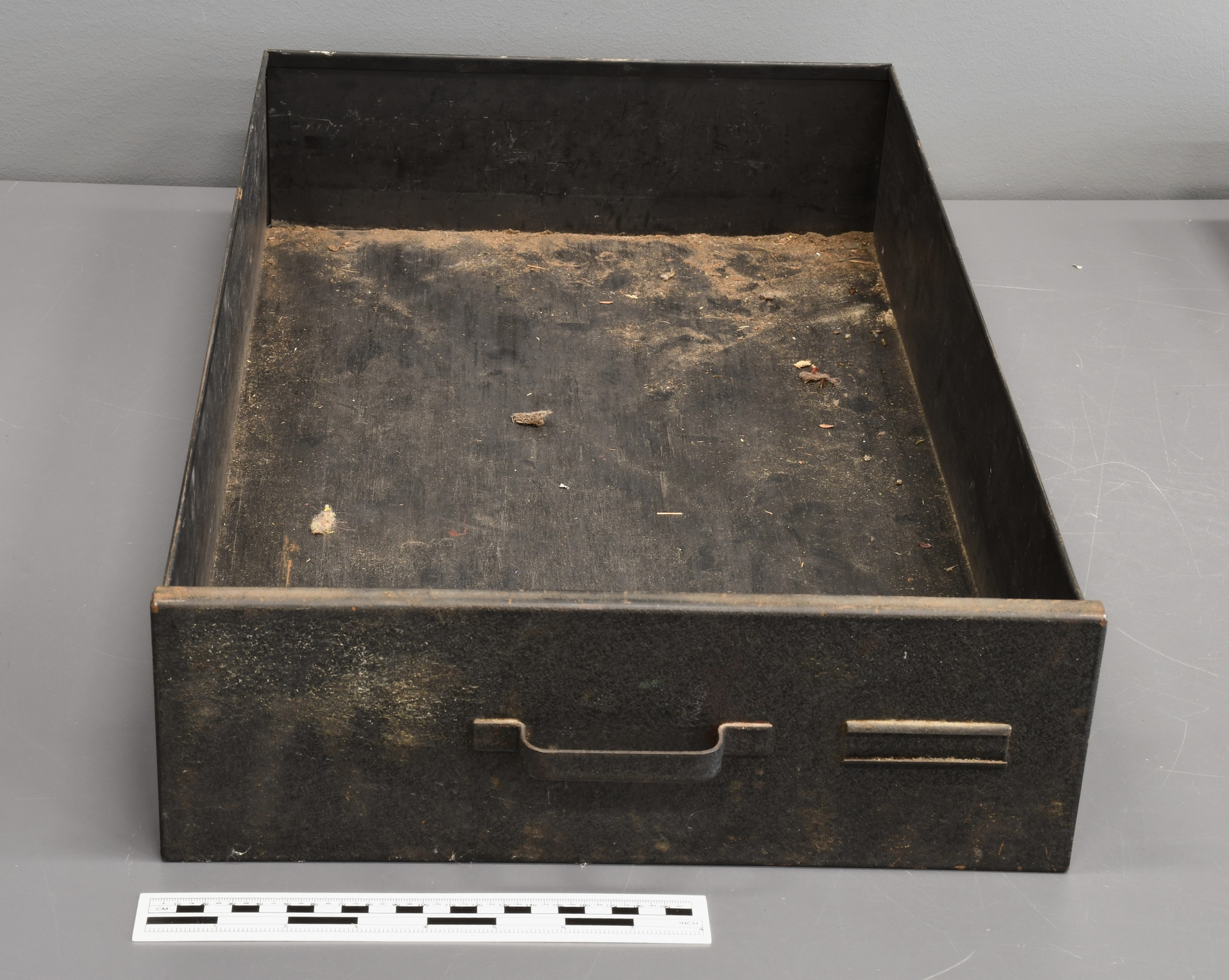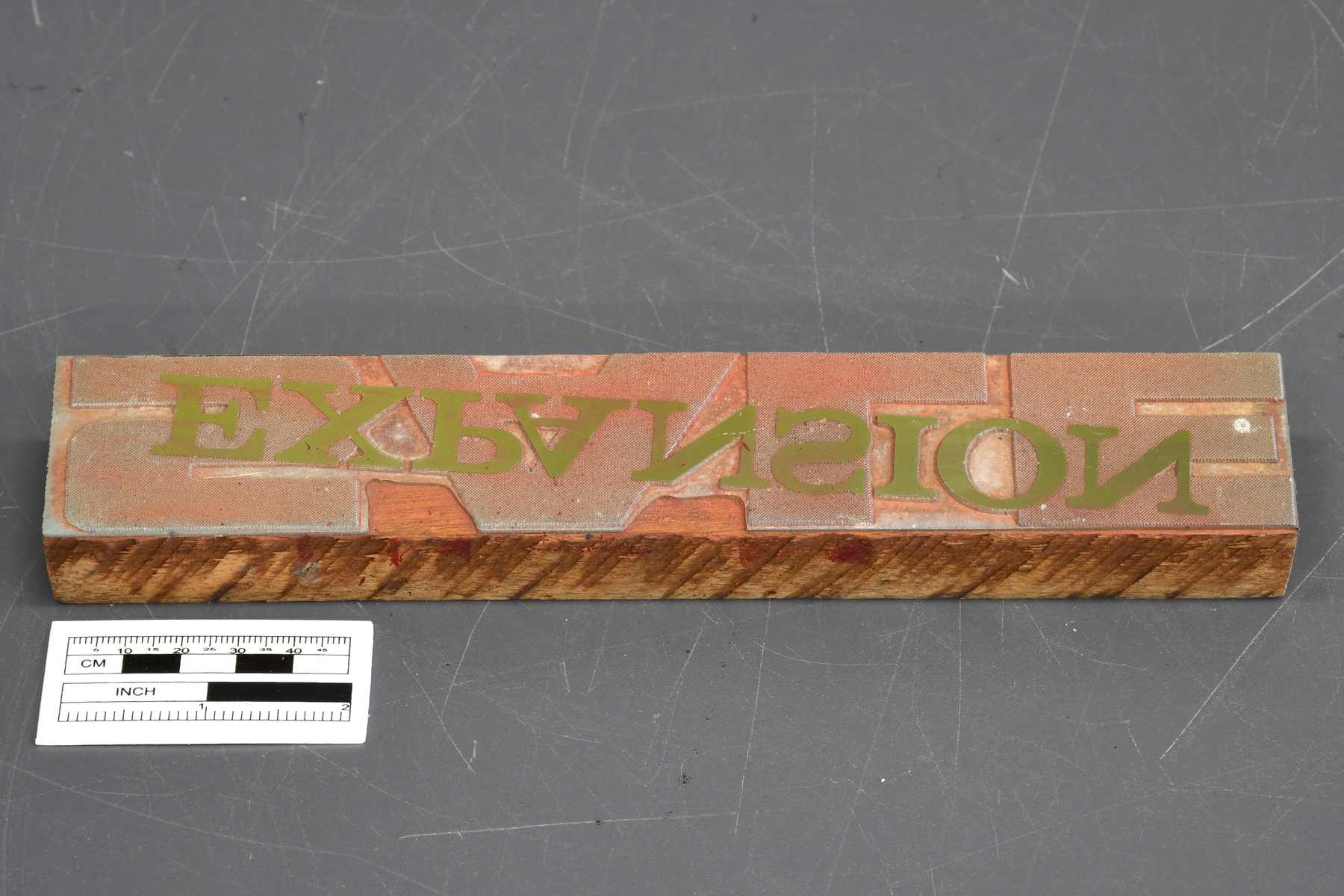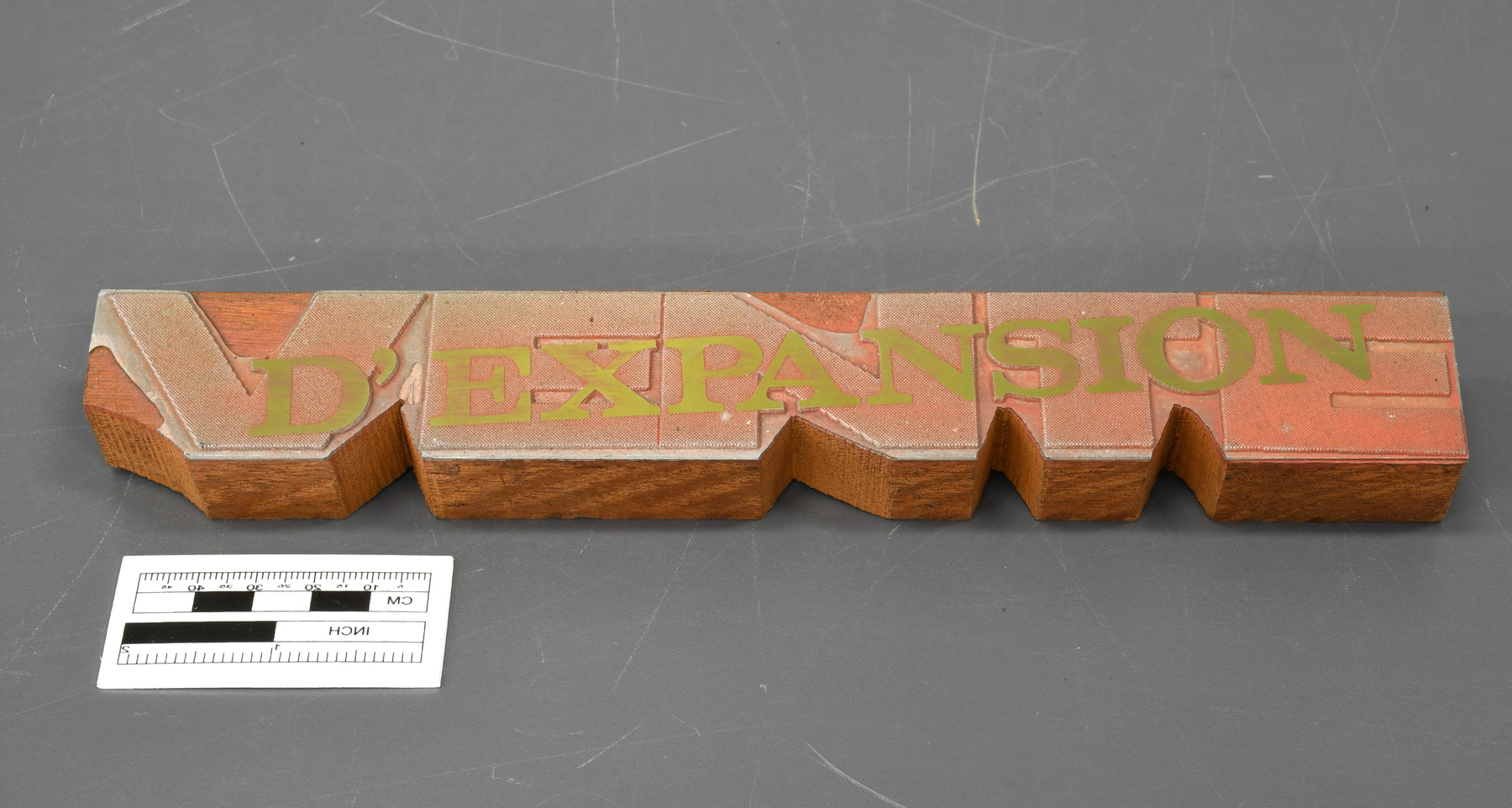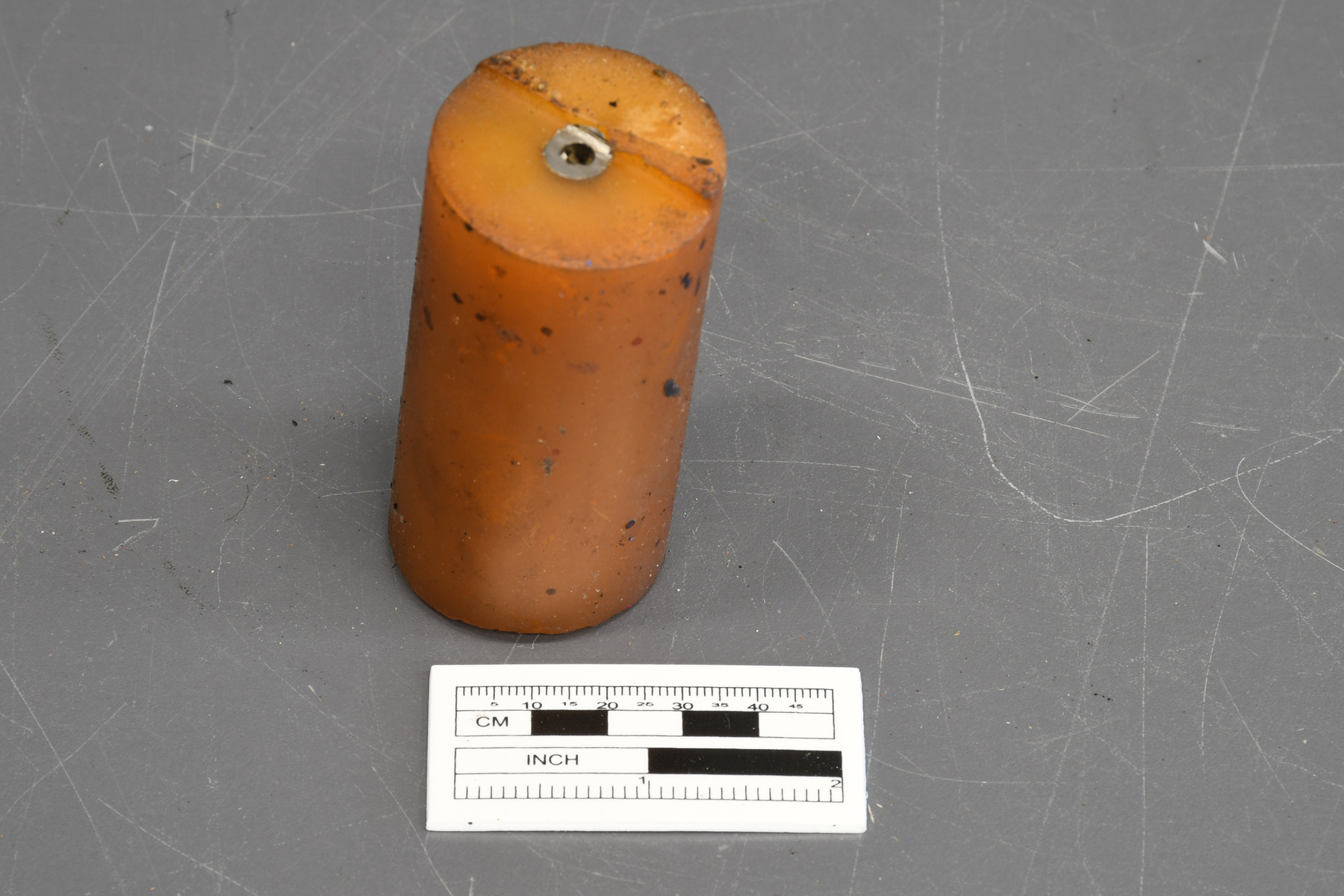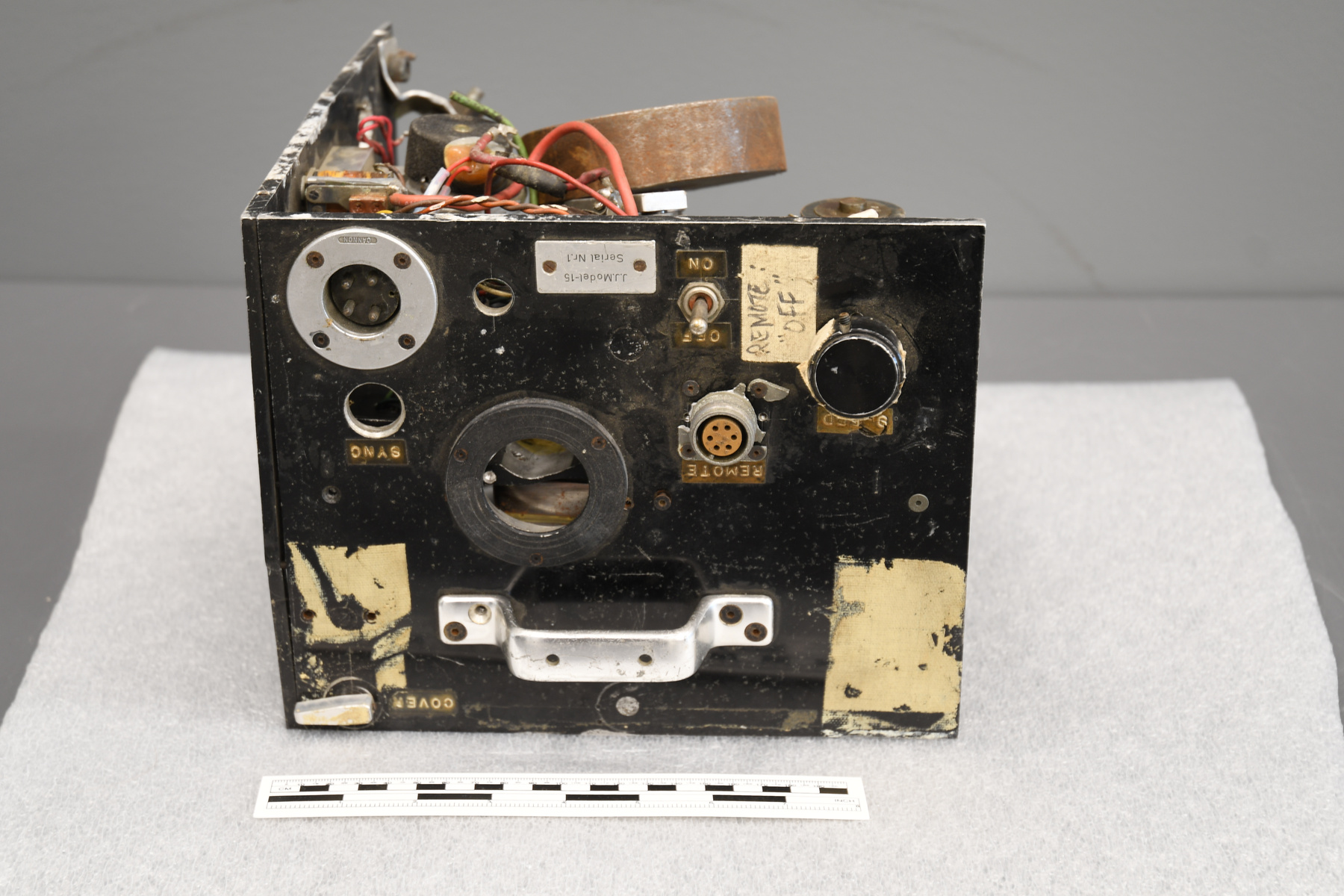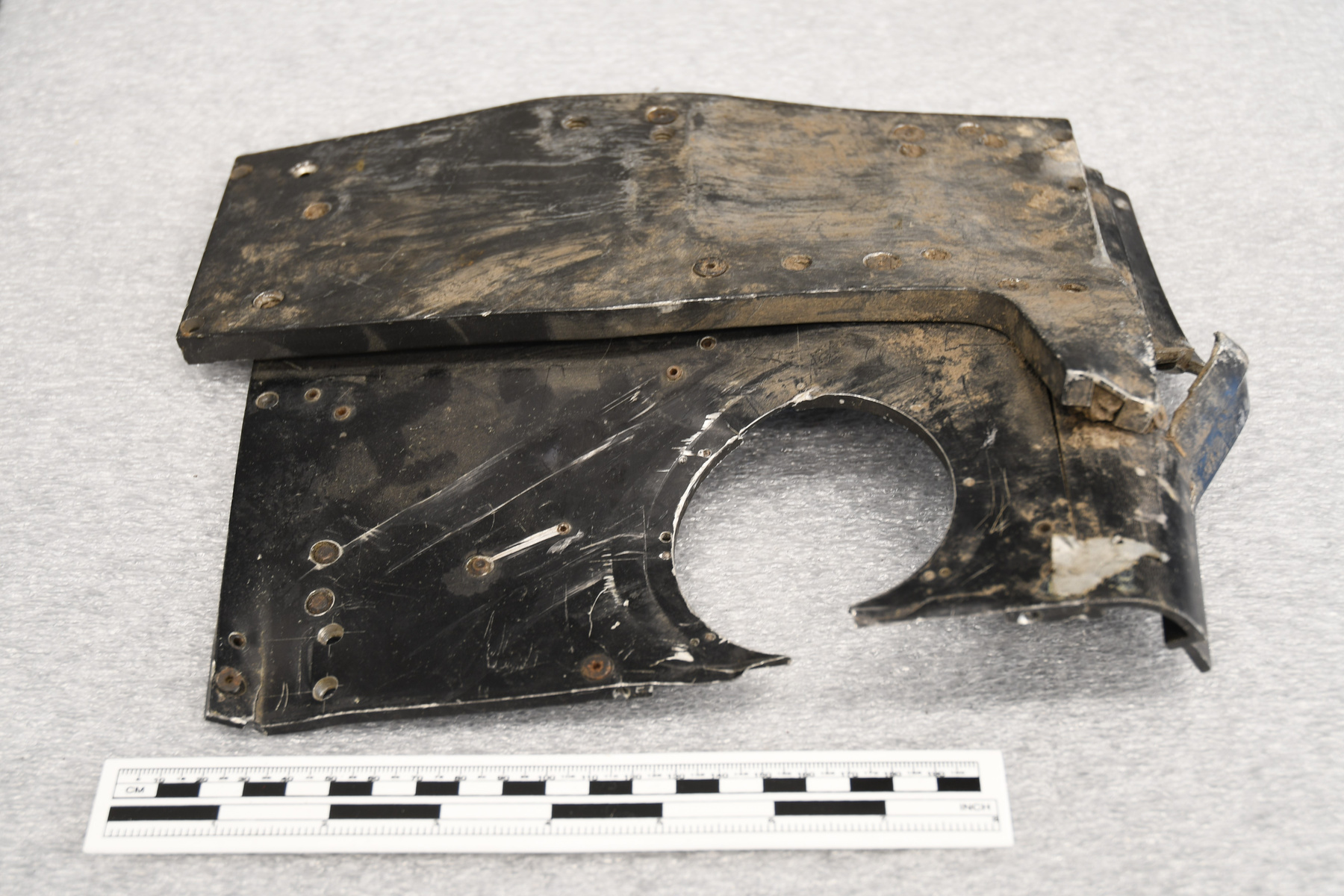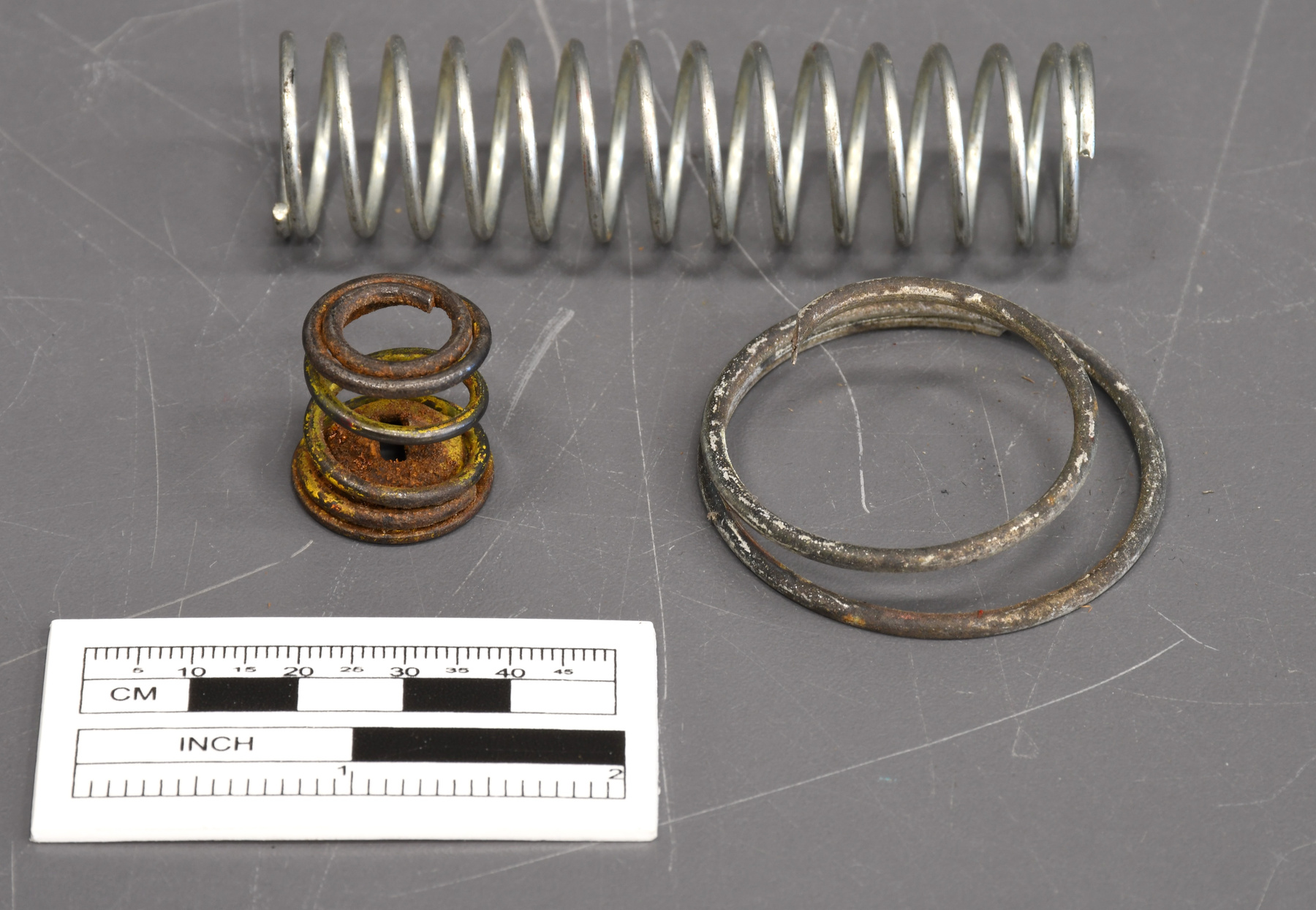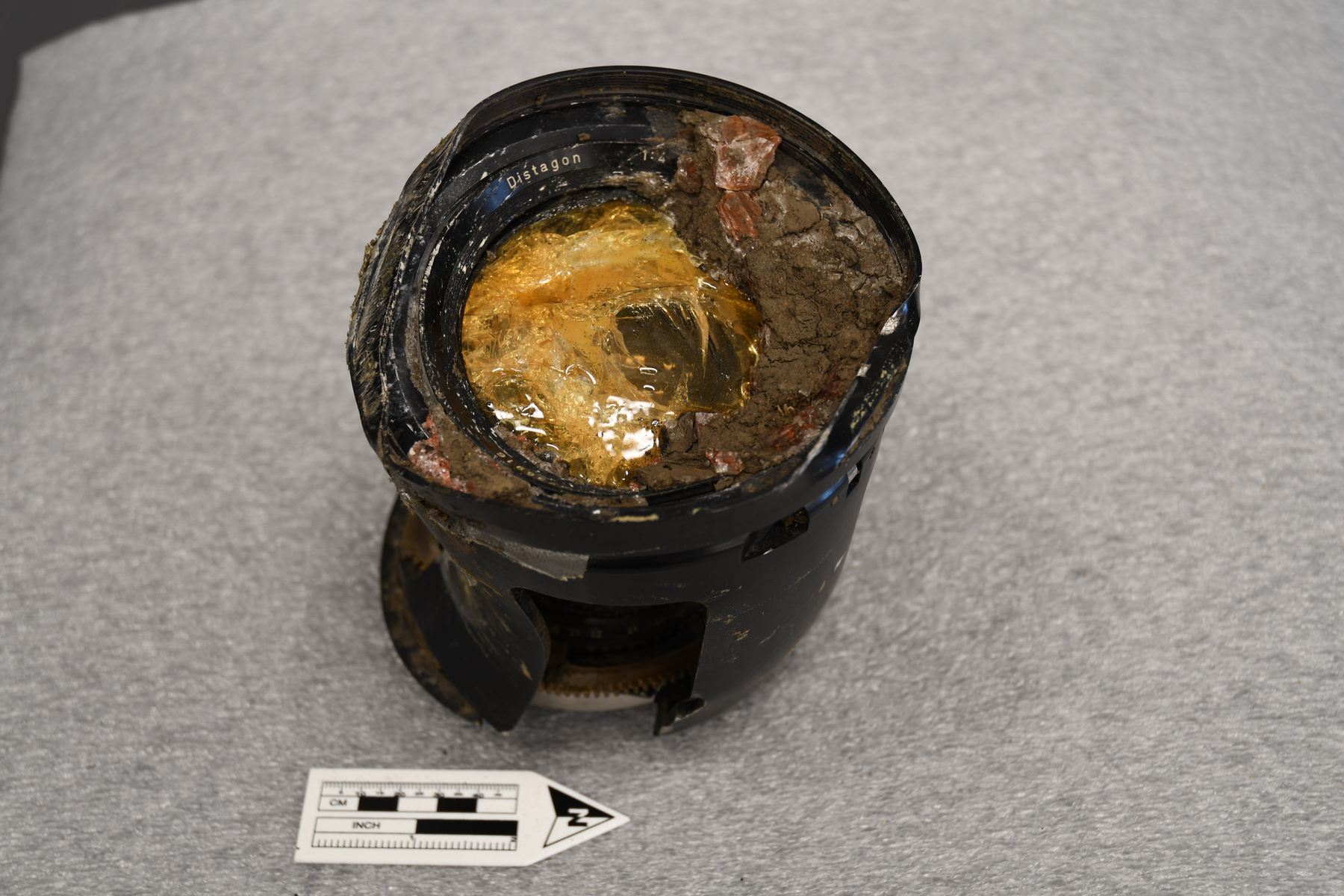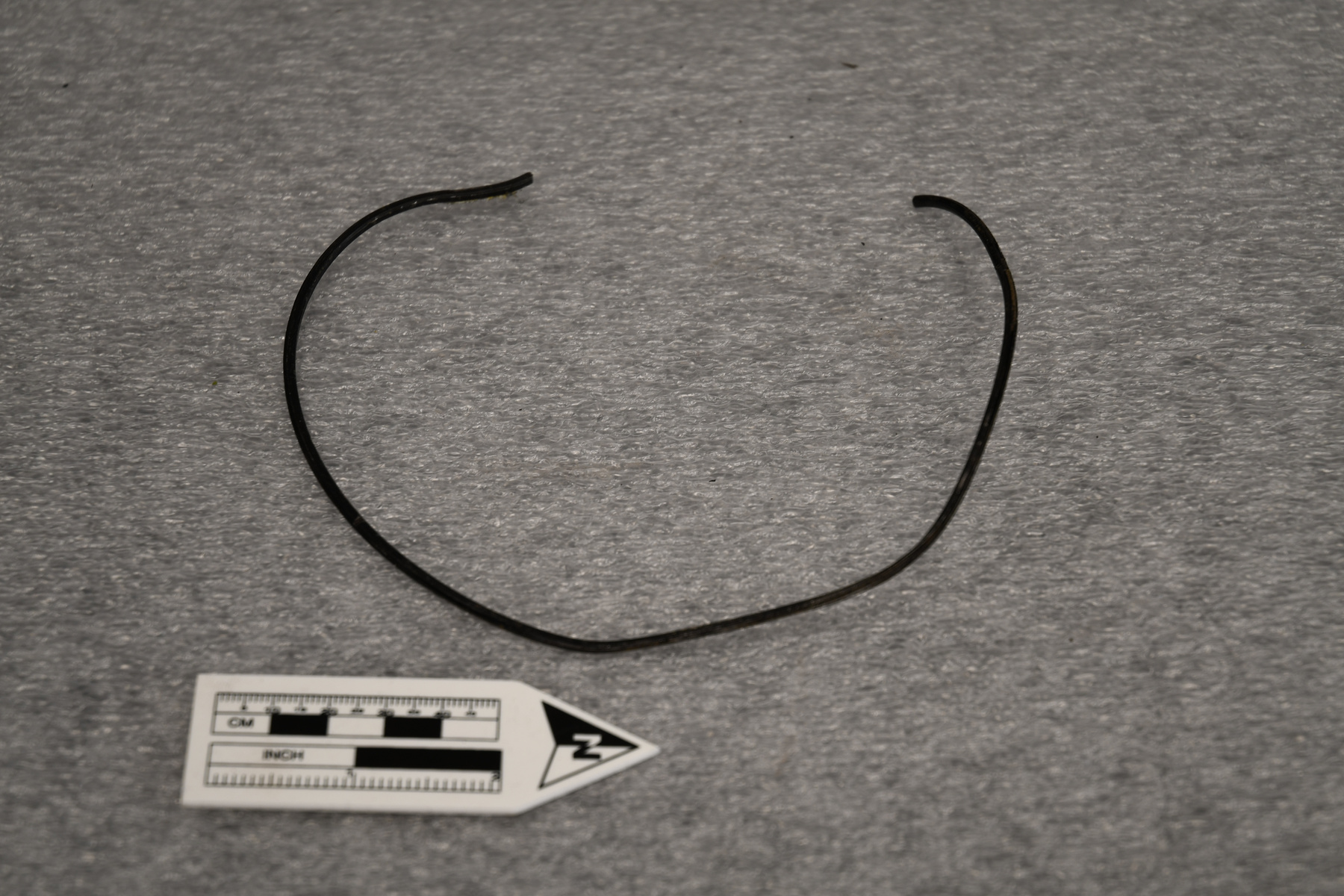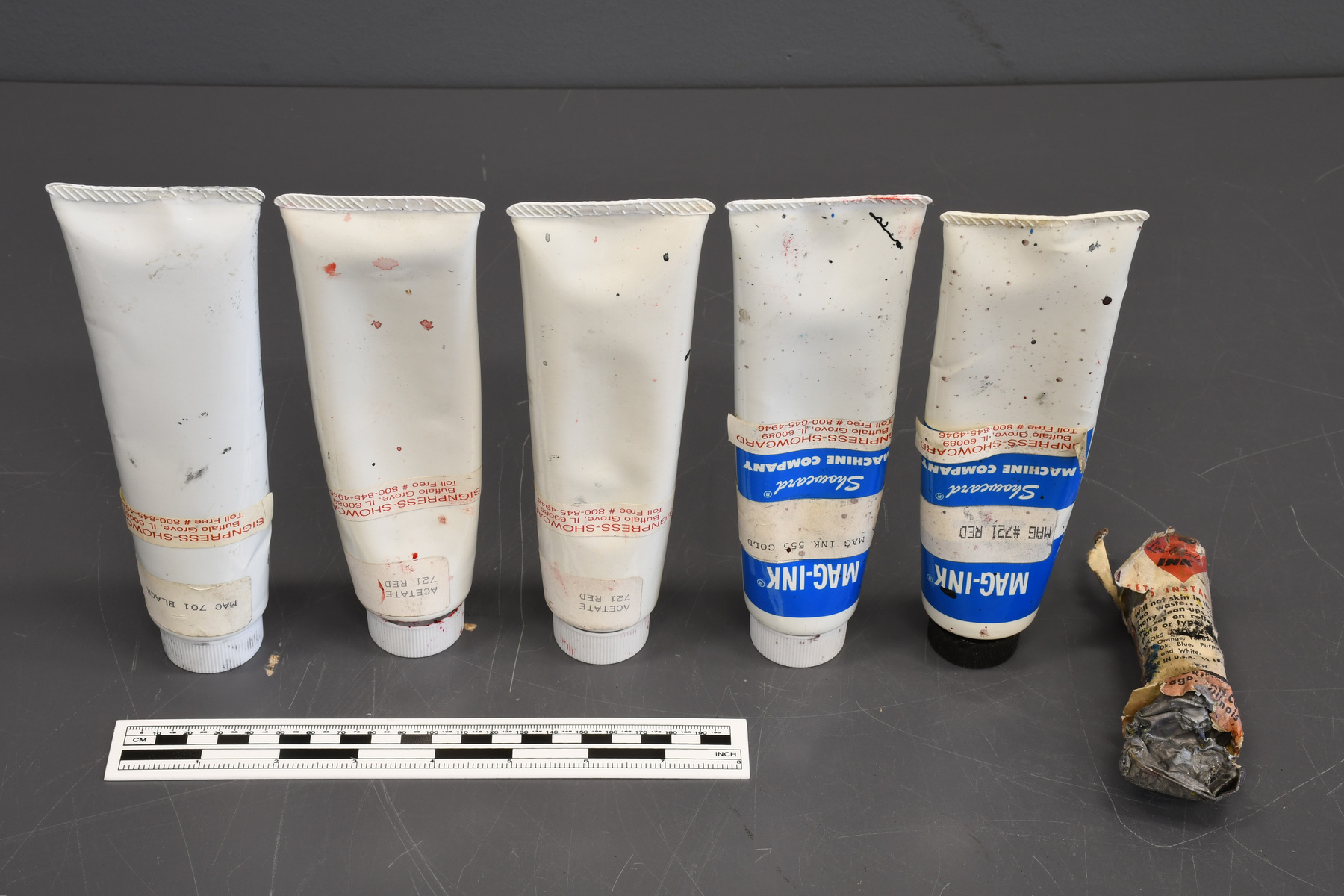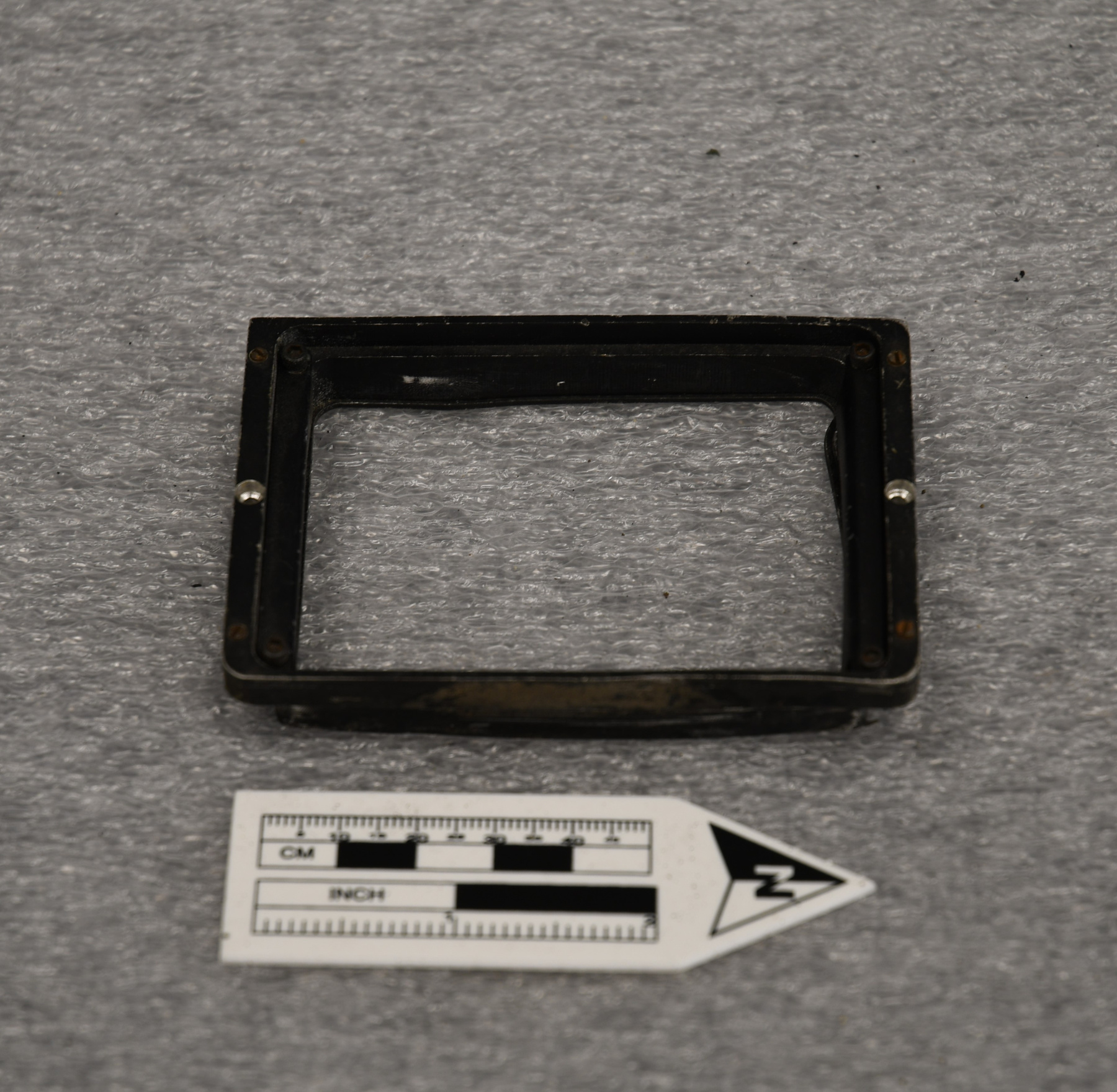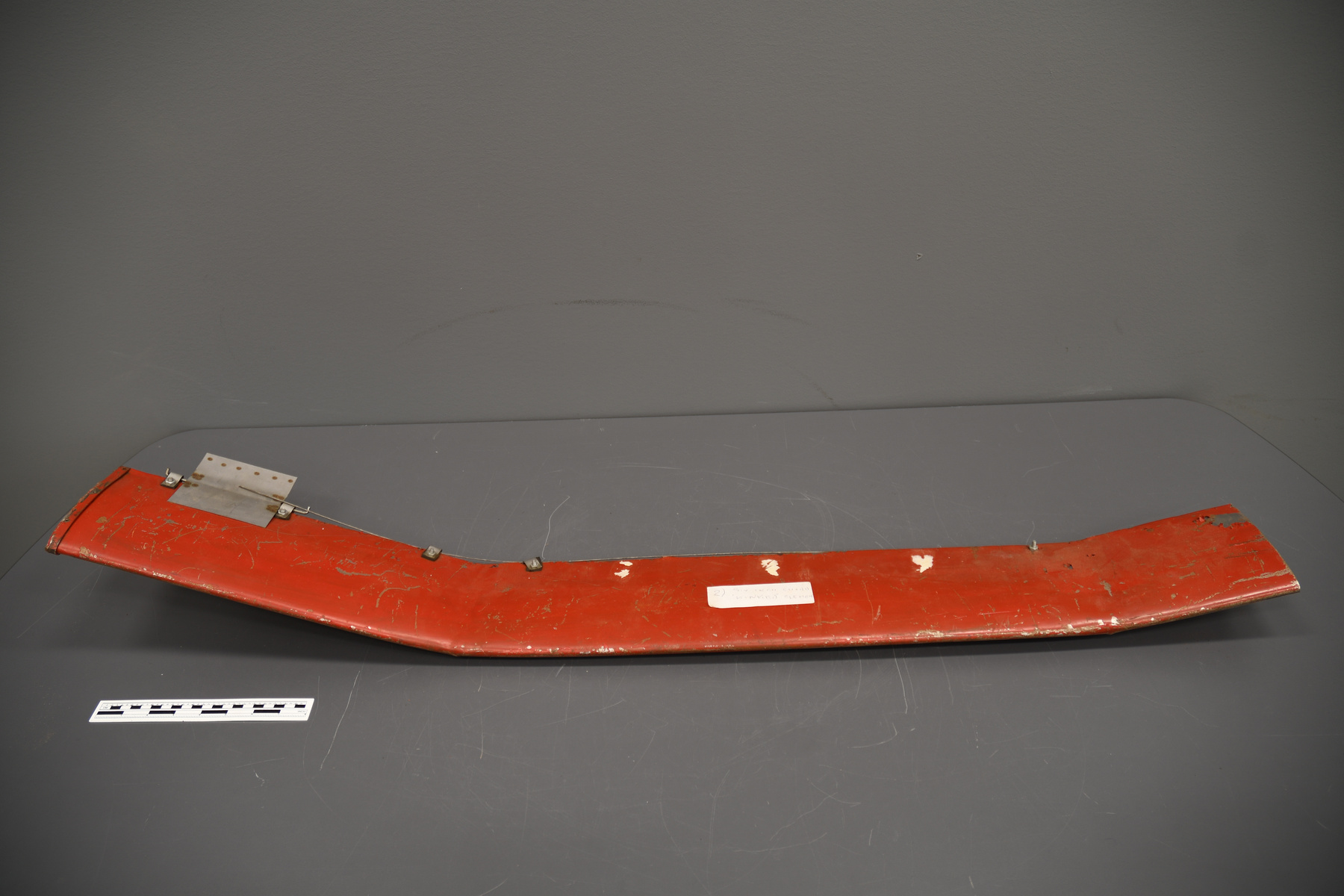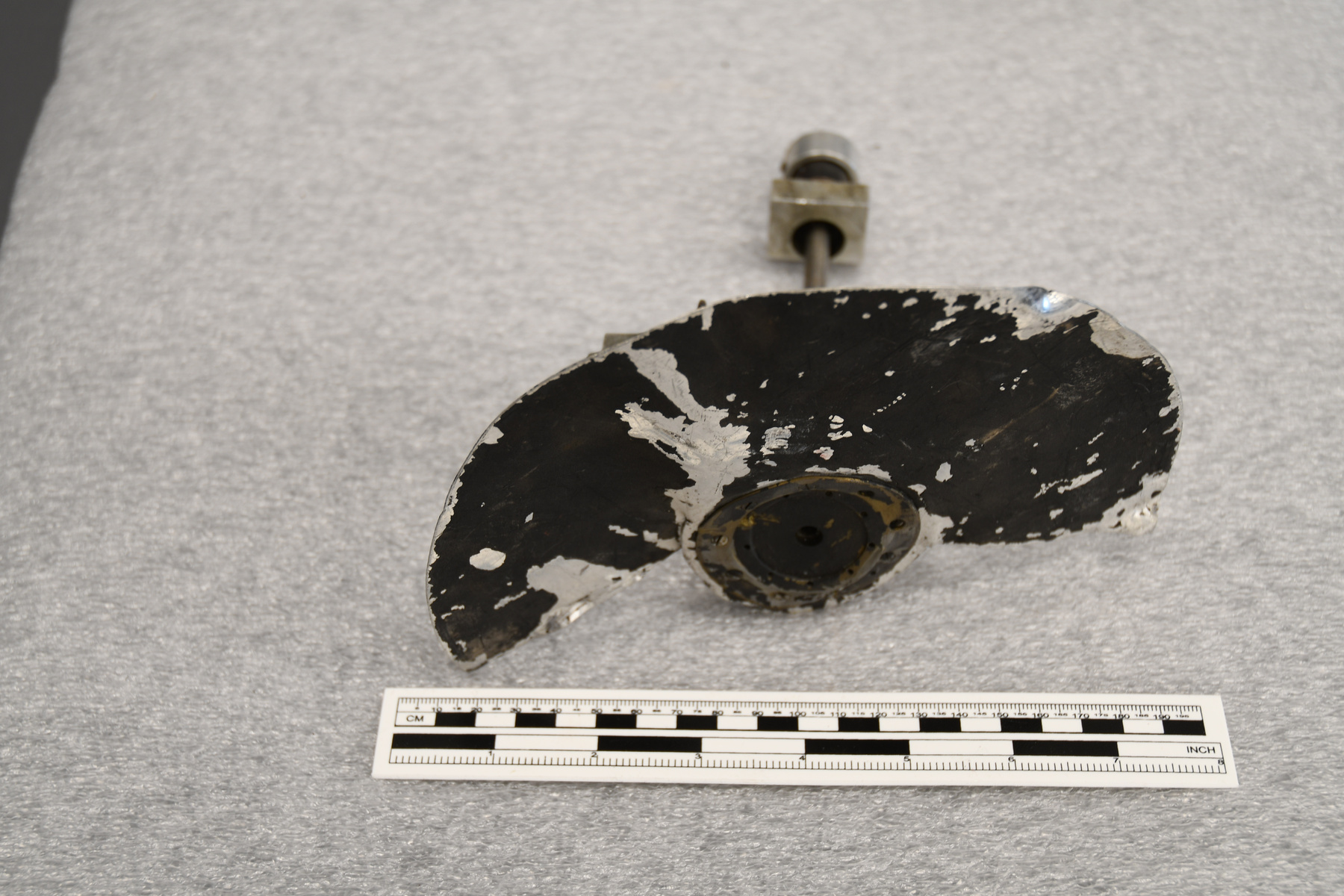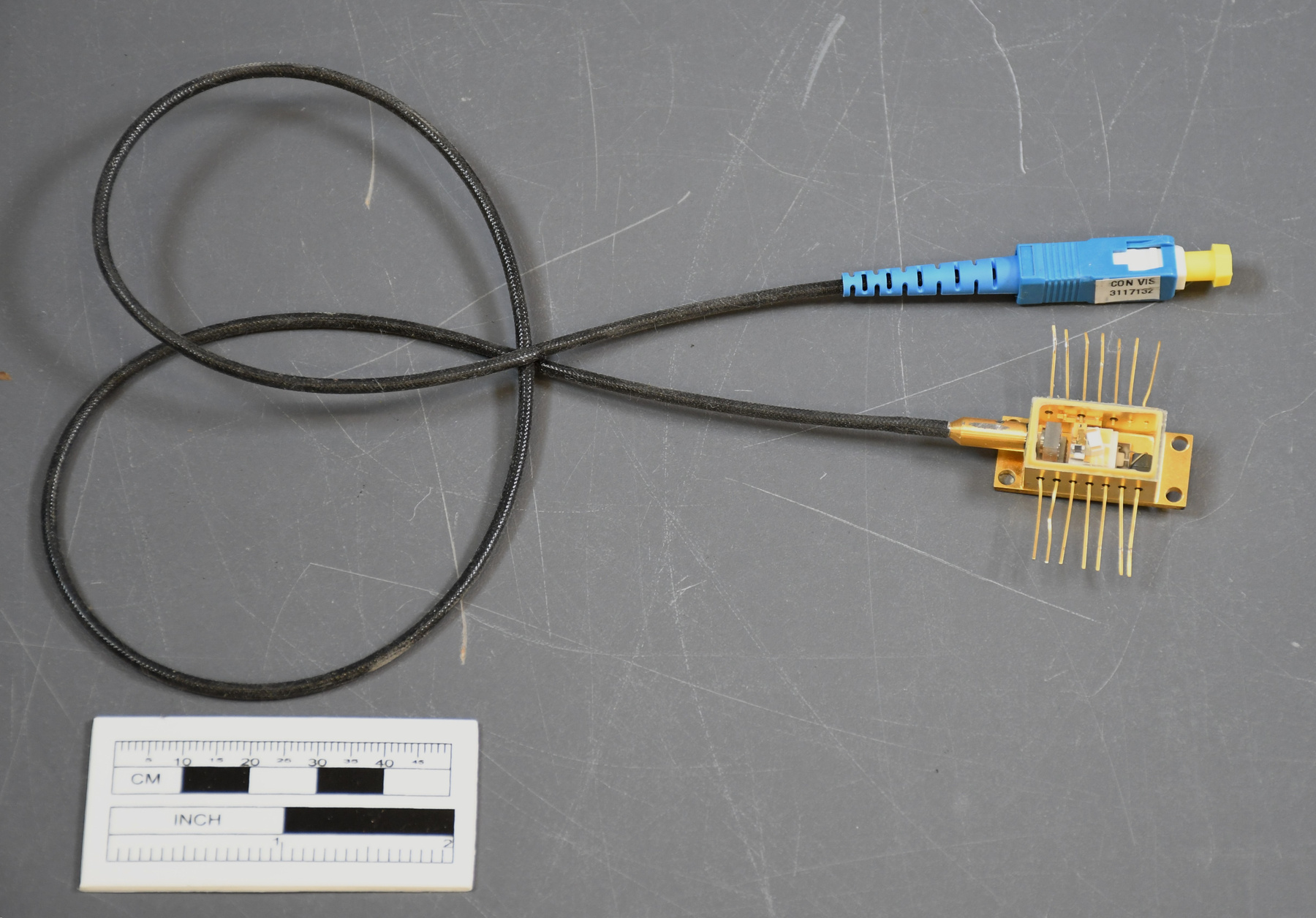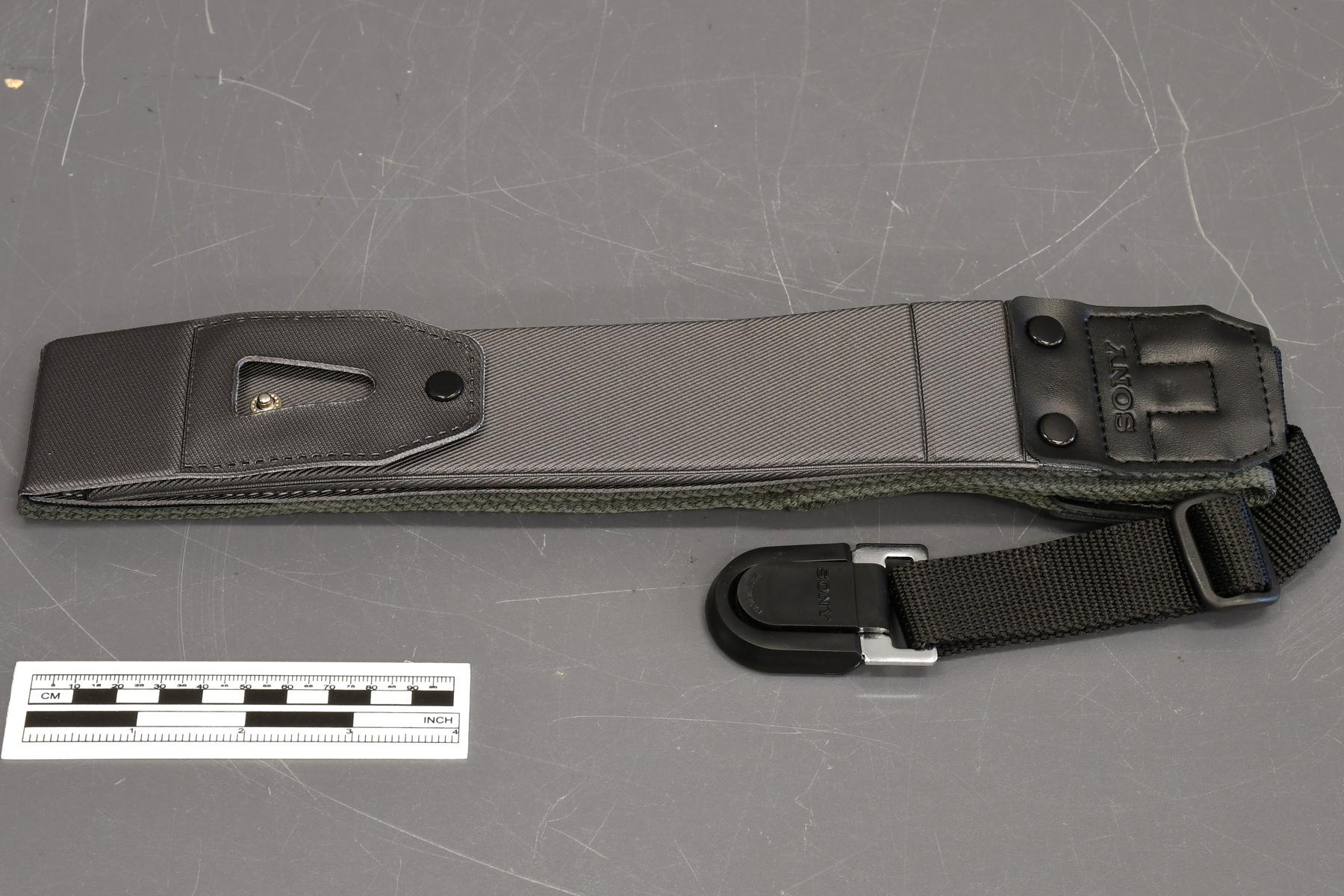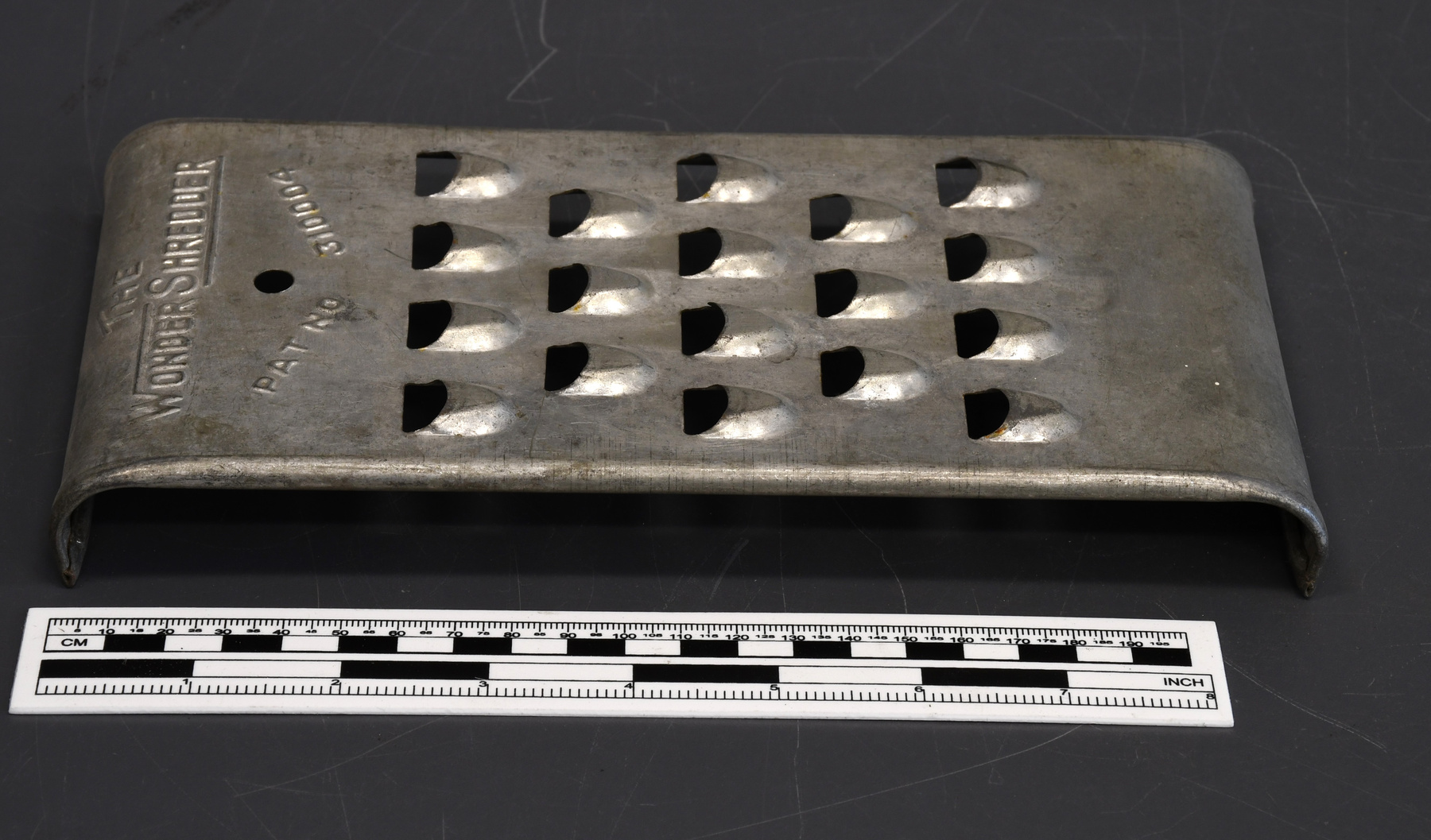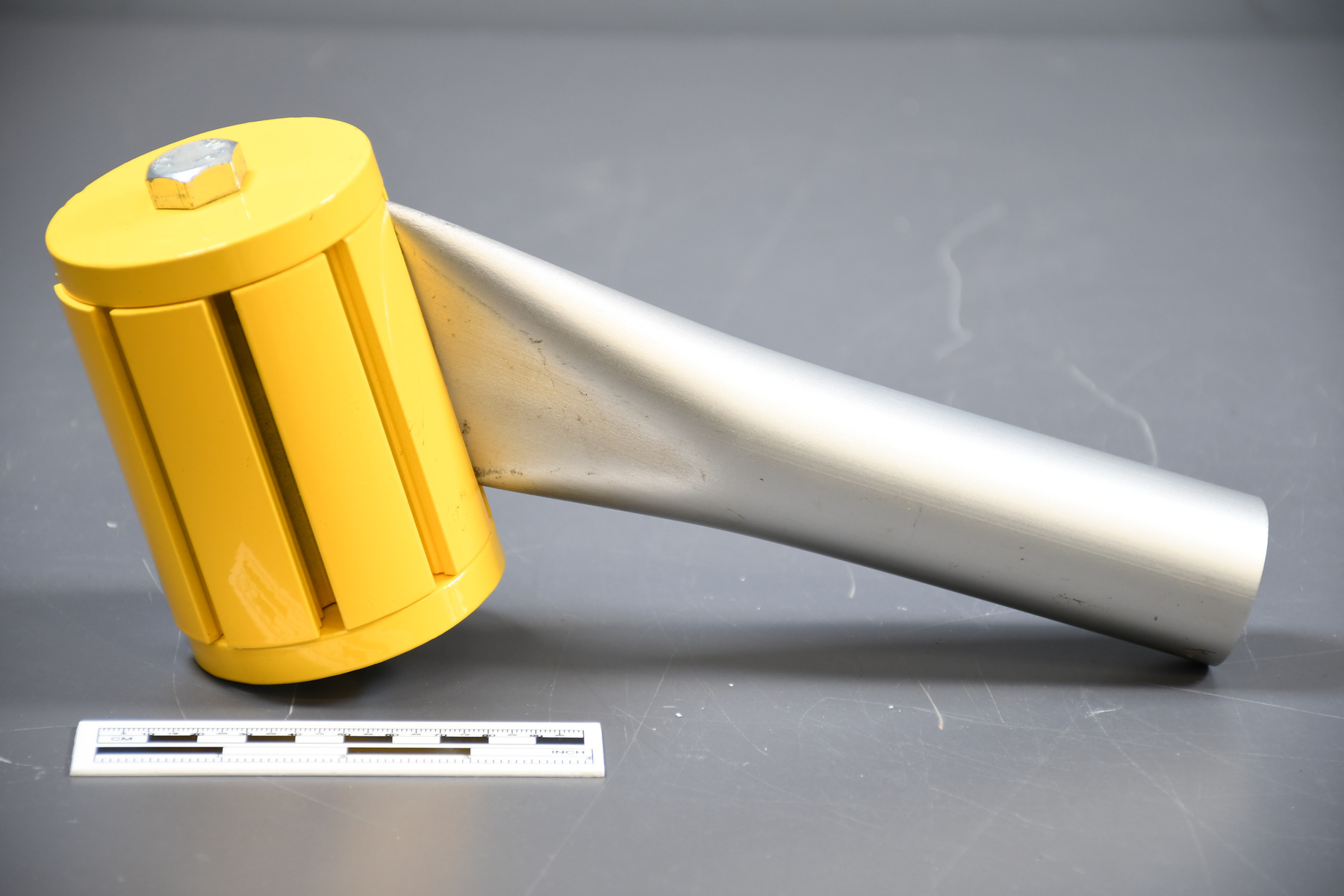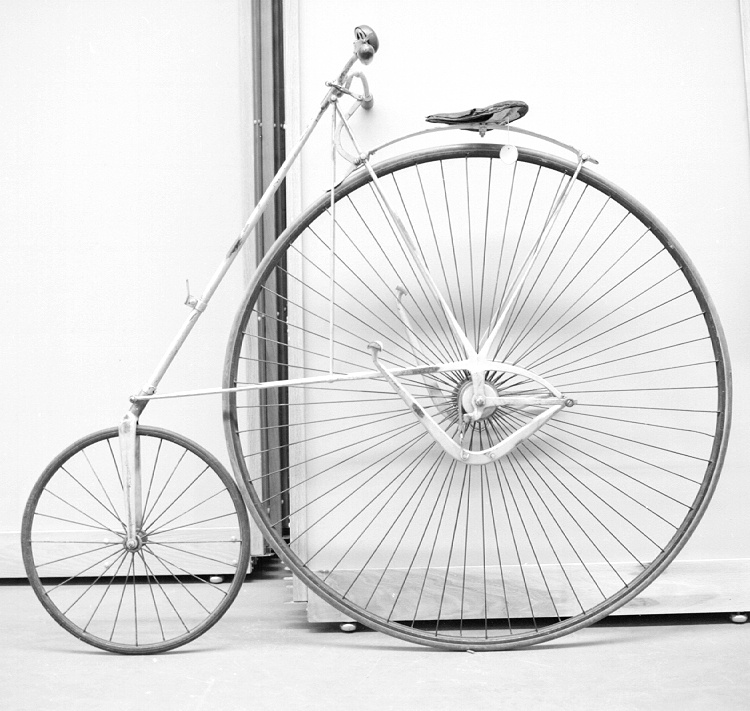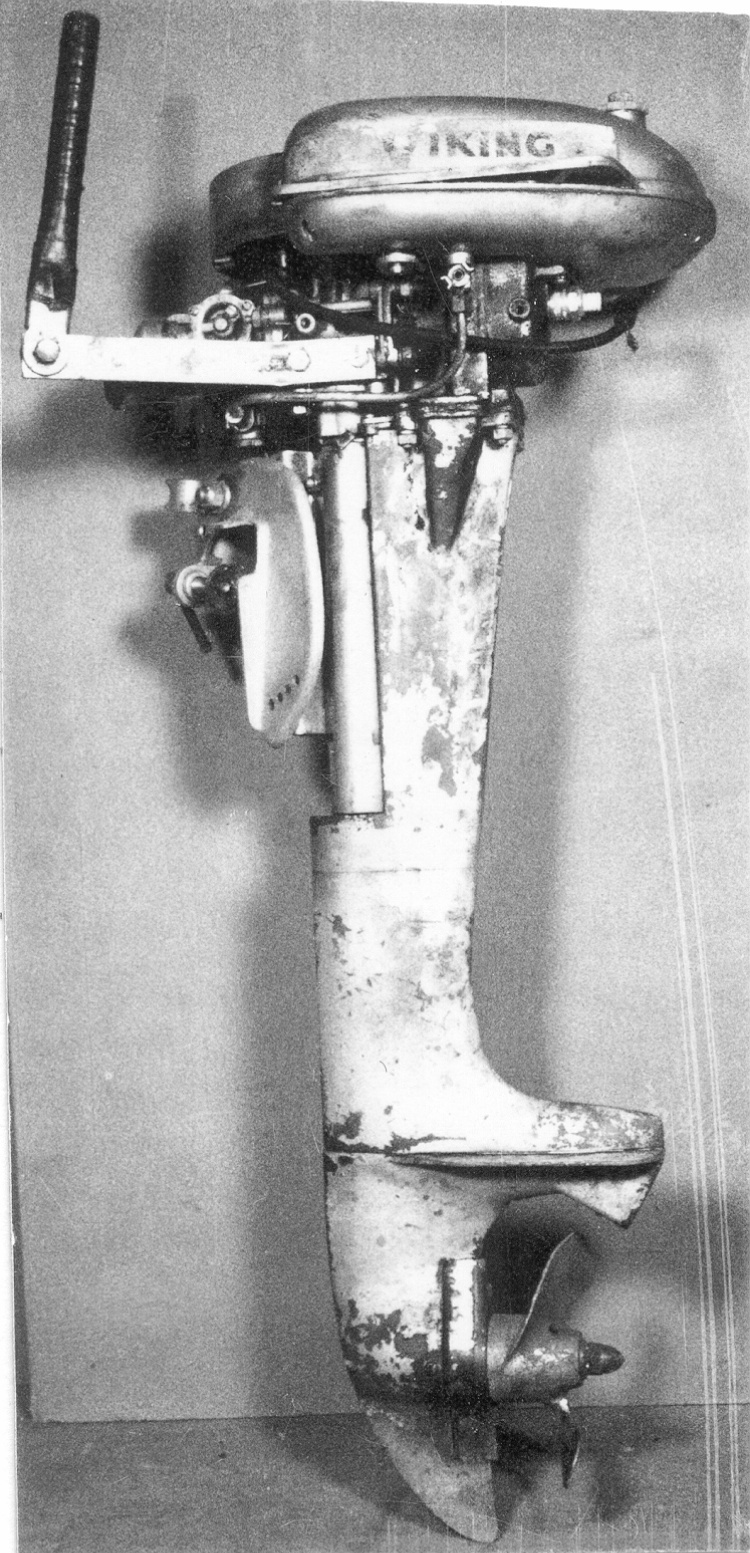Parachute
Use this image
Can I reuse this image without permission? Yes
Object images on the Ingenium Collection’s portal have the following Creative Commons license:
Copyright Ingenium / CC BY-NC-ND (Attribution-NonCommercial 4.0 International (CC BY-NC 4.0)
ATTRIBUTE THIS IMAGE
Ingenium,
2016.0470.001
Permalink:
Ingenium is releasing this image under the Creative Commons licensing framework, and encourages downloading and reuse for non-commercial purposes. Please acknowledge Ingenium and cite the artifact number.
DOWNLOAD IMAGEPURCHASE THIS IMAGE
This image is free for non-commercial use.
For commercial use, please consult our Reproduction Fees and contact us to purchase the image.
- OBJECT TYPE
- steerable
- DATE
- 1962–1963
- ARTIFACT NUMBER
- 2016.0470.001
- MANUFACTURER
- Irvine Chute Co.
- MODEL
- Prototype No. 2
- LOCATION
- Fort Erie, Ontario, Canada
More Information
General Information
- Serial #
- 62226
- Part Number
- 1
- Total Parts
- 1
- AKA
- N/A
- Patents
- N/A
- General Description
- An object made of nylon, metal and wood elements/Un objet fait avec des éléments en nylon, en métal et en bois.
Dimensions
Note: These reflect the general size for storage and are not necessarily representative of the object's true dimensions.
- Length
- 650.0 cm
- Width
- 398.0 cm
- Height
- 25.0 cm
- Thickness
- N/A
- Weight
- N/A
- Diameter
- N/A
- Volume
- N/A
Lexicon
- Group
- Aviation
- Category
- Personal gear
- Sub-Category
- N/A
Manufacturer
- AKA
- Irvine
- Country
- Canada
- State/Province
- Ontario
- City
- Fort Erie
Context
- Country
- Canada
- State/Province
- Ontario
- Period
- This artifact was used between 1966 and 1967.
- Canada
-
This parachute is an experimental steerable parachute designed in Canada between 1962 and 1963 by Irvin Chute. It is number 28 out of the 32 that was made for field testing in 1966. The Department of National Defence issued a contract to the company to replace the non-steerable parachute used at the time by the military. Faults in the nylon fabric were identified as the cause of tears in the parachute and the whole batch was taken out of use around 1967 and sent to the NRC laboratory for testing. Ce parachute manœuvrable était conçu au Canada entre 1962-63 par la compagnie Irvine Chute. Il est le numéro 28 de 32 construit pour l'essai sur terrain en 1966. Le ministère de la Défense nationale a donné le contrat à la compagnie Irvine Chute pour remplacer les parachutes non-manœuvrable utiliser par le militaire. Des faiblesses dans la toile en nylon étaient identifiés comme la cause des déchirures sur le parachute et le lot a été déclassé en 1967 et envoyé au laboratoire du NRC pour être testé. - Function
-
This artifact was used to bring a person safely to the ground after jumping out of an airplane. Cet artefact était utilisé pour aider une personne à descendre au sol en sécurité après avoir fait un saut en parachute. - Technical
-
This experimental steerable parachute has a hemispherical canopy with slots that can be operated by the jumper. As such, it is representative of the research conducted in the 1950s and 60s in various countries to develop parachutes that would allow paratroopers to better control their landing spots. The parachute opens to a diameter of 26 feet when fully deployed. The parachute on its own without the body harness or chute pack weighed 13 kgs or roughly twenty pounds. The colour of the chute is named “International orange”. Ce parachute manœuvrable à l'essai a une voilure de parachute en forme hémisphérique à une poignée câble-aiguille qui peut être maîtrisé par le sauter. Cependant, il est représentatif de la recherche conclue dans les années 1950 et 1960 par des pays pour développer des parachutes qui peuvent permettre aux parachutistes de mieux contrôler et choisir leur zone d'atterrissage. Le parachute a un diamètre de 26 pieds et pèse 13 kilogrammes ou 20 livres sans le harnais de parachute. La couleur du parachute est nommée “International orange”. - Area Notes
-
Unknown
Details
- Markings
- On one of the feet of the parachute canopy/Sur un des pieds de la voilure de parachute:"28", On another foot of the parachute canopy/Sur un autre des pieds de la voilure de parachute:"2". Number found beside each thread attached to the feet of the parachute canopy/À côté de chaque fil attaché aux pieds de la voilure du parachute:"On the white side of the parachute/Sur le côté blanc du parachute:"PROTOTYPE NO. 2/ MANUFACTURED BY IRVIN AIR CHUTE LTD./ SERIAL NO. 62226/ DATE 7/66/ IAC 3".
- Missing
- The artifact is missing its body harness and chute pack/L'objet manque un harnais de sécurité et le sac parachute.
- Finish
- An orange and white parachute made of nylon. It has metal D rings as well as white nylon cording lines. Some wooden fasteners also slide into metal rings. A white nylon fabric is also visible on the feet of the canopy that could possibly go towards the risers. Some numbers have been written in ink on the canopy feet. Un parachute orange et blanc qui est fait avec du nylon. Il a des poignées câble-aiguille en métal ainsi que des cordes blanches fait en nylon. Il a aussi des morceaux de fixation en bois qui glisse à l'intérieur des poignées câble-aiguilles. Un nylon blanc est visible sur les pieds de la voilure de parachute. Les pieds peuvent possiblement rassembler vers les élévateurs du parachute. Il y a aussi des numéros visibles en encre sur les pieds de la voilure.
- Decoration
- N/A
CITE THIS OBJECT
If you choose to share our information about this collection object, please cite:
Irvine Chute Co., Parachute, between 1962–1963, Artifact no. 2016.0470, Ingenium – Canada’s Museums of Science and Innovation, http://collection.ingeniumcanada.org/en/id/2016.0470.001/
FEEDBACK
Submit a question or comment about this artifact.
More Like This
